SleepTab: a Sleeping Cum Low Table Furniture for Studio.
by Kamal6 in Workshop > Furniture
10060 Views, 89 Favorites, 0 Comments
SleepTab: a Sleeping Cum Low Table Furniture for Studio.
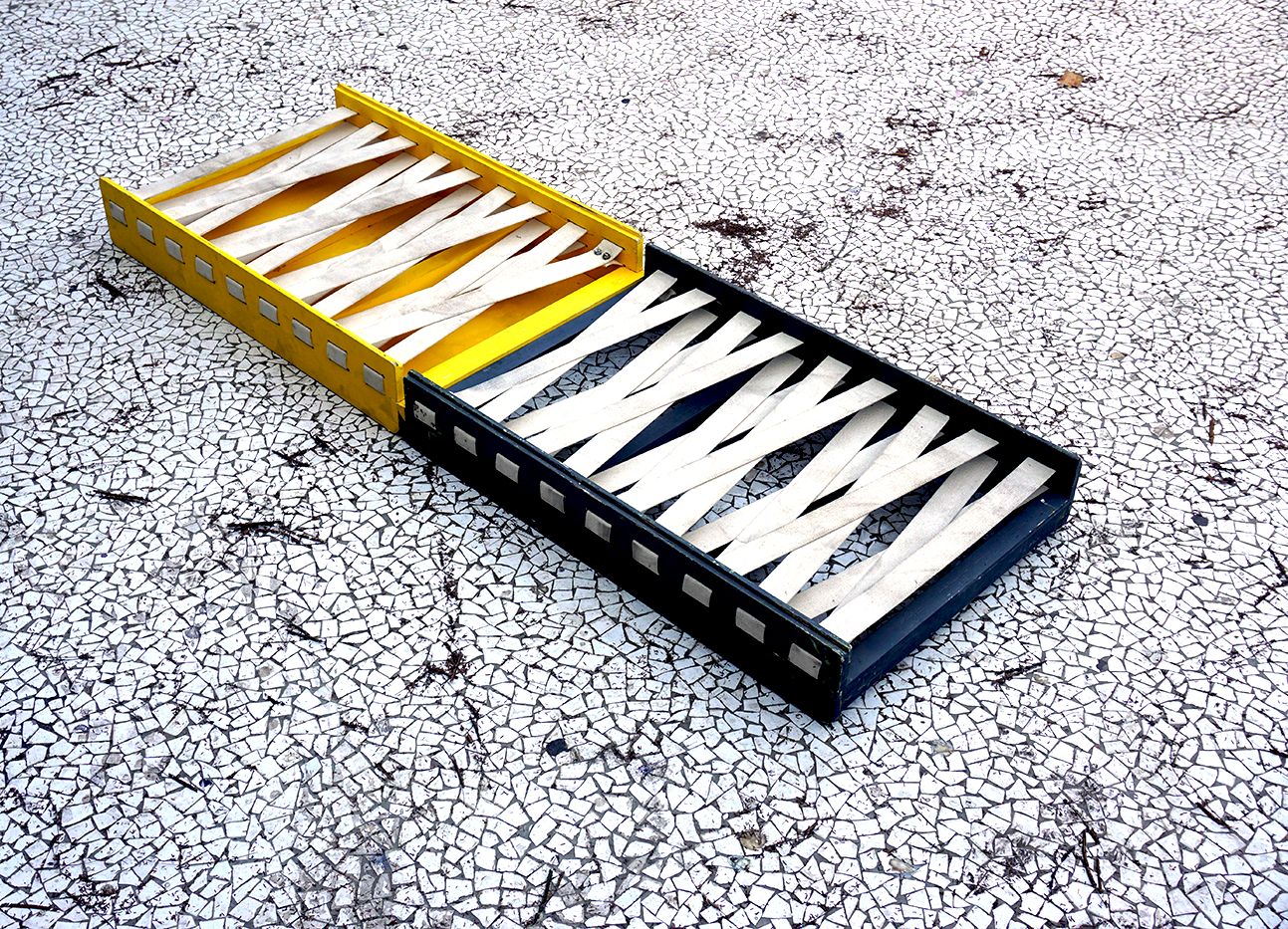.png)
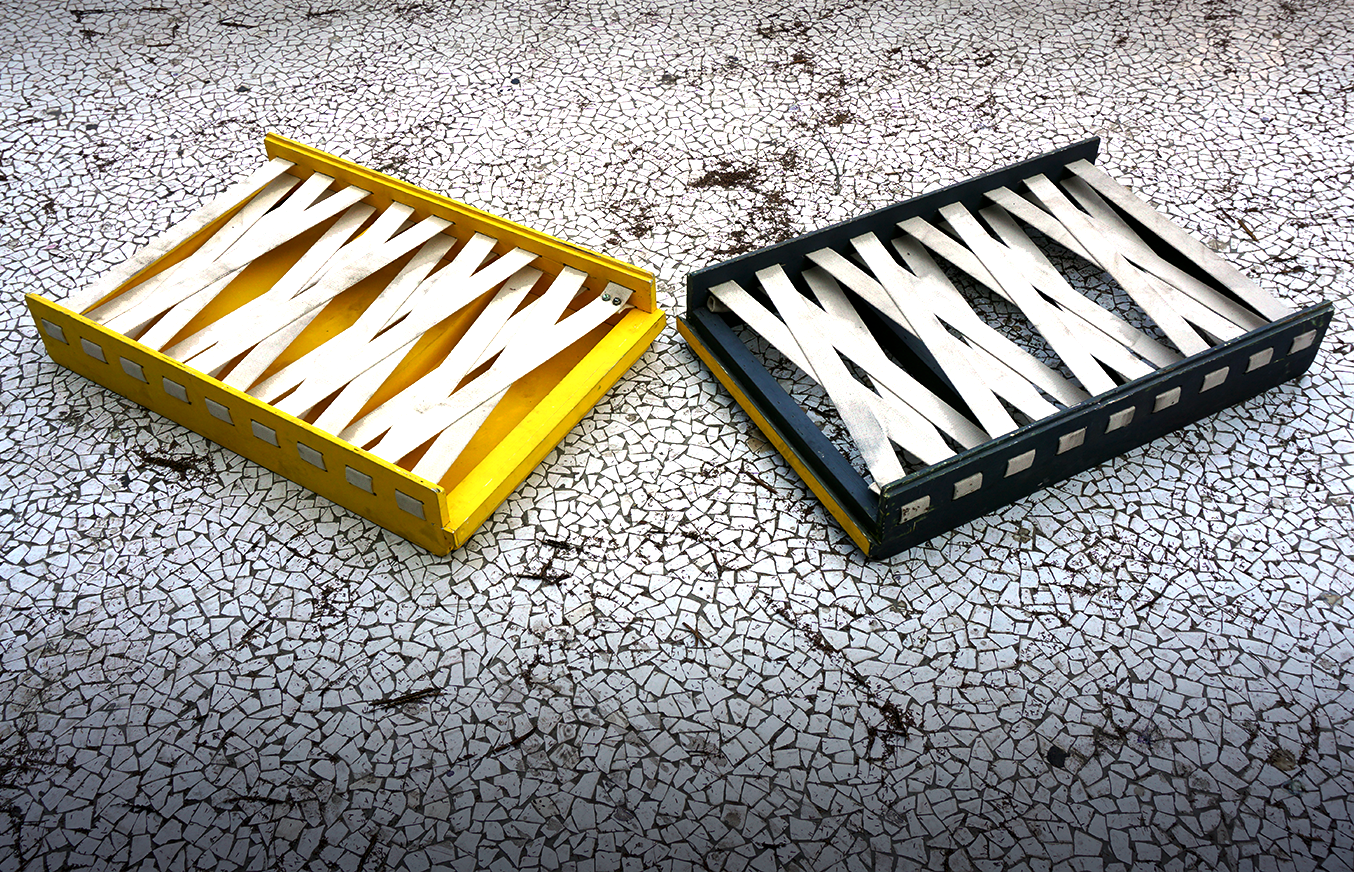.png)
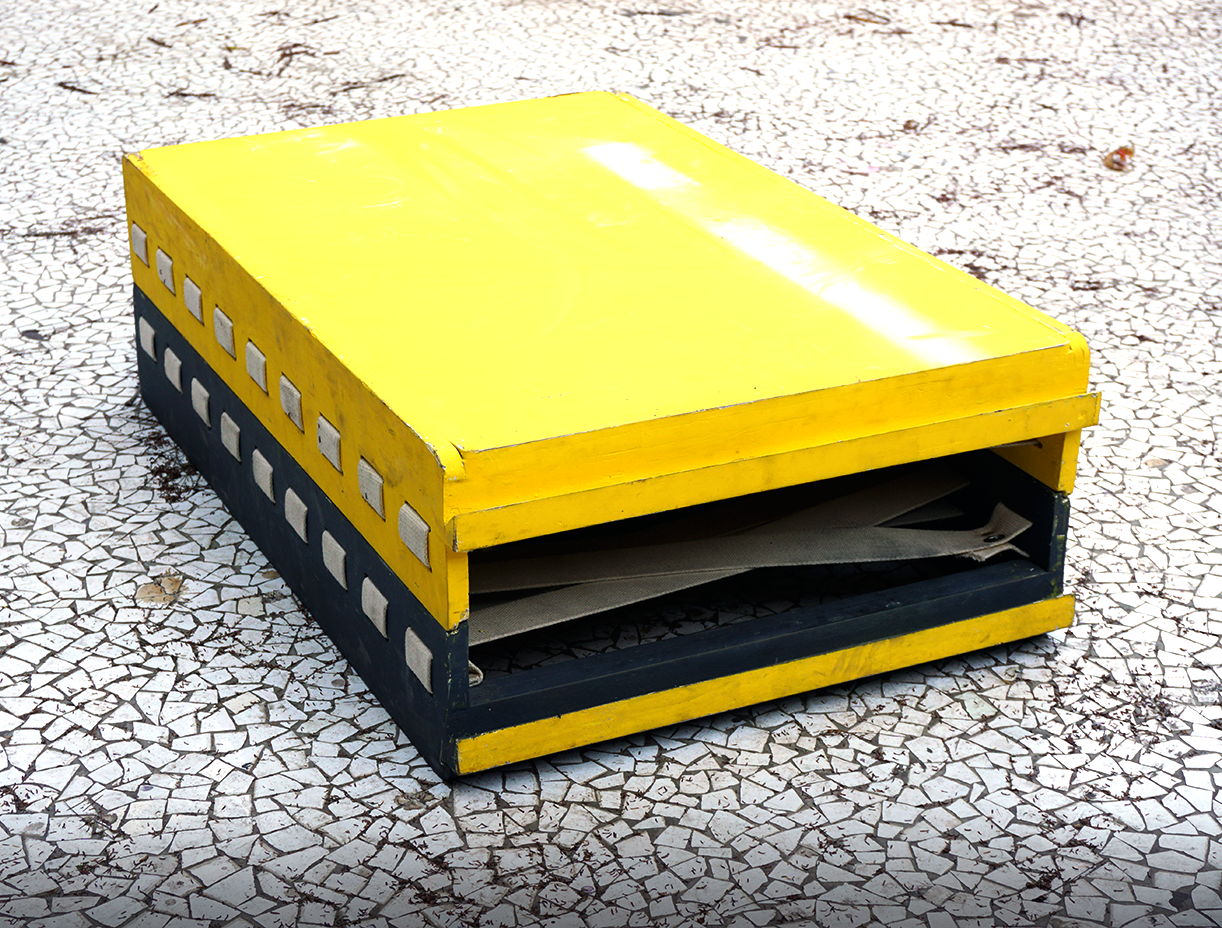.png)
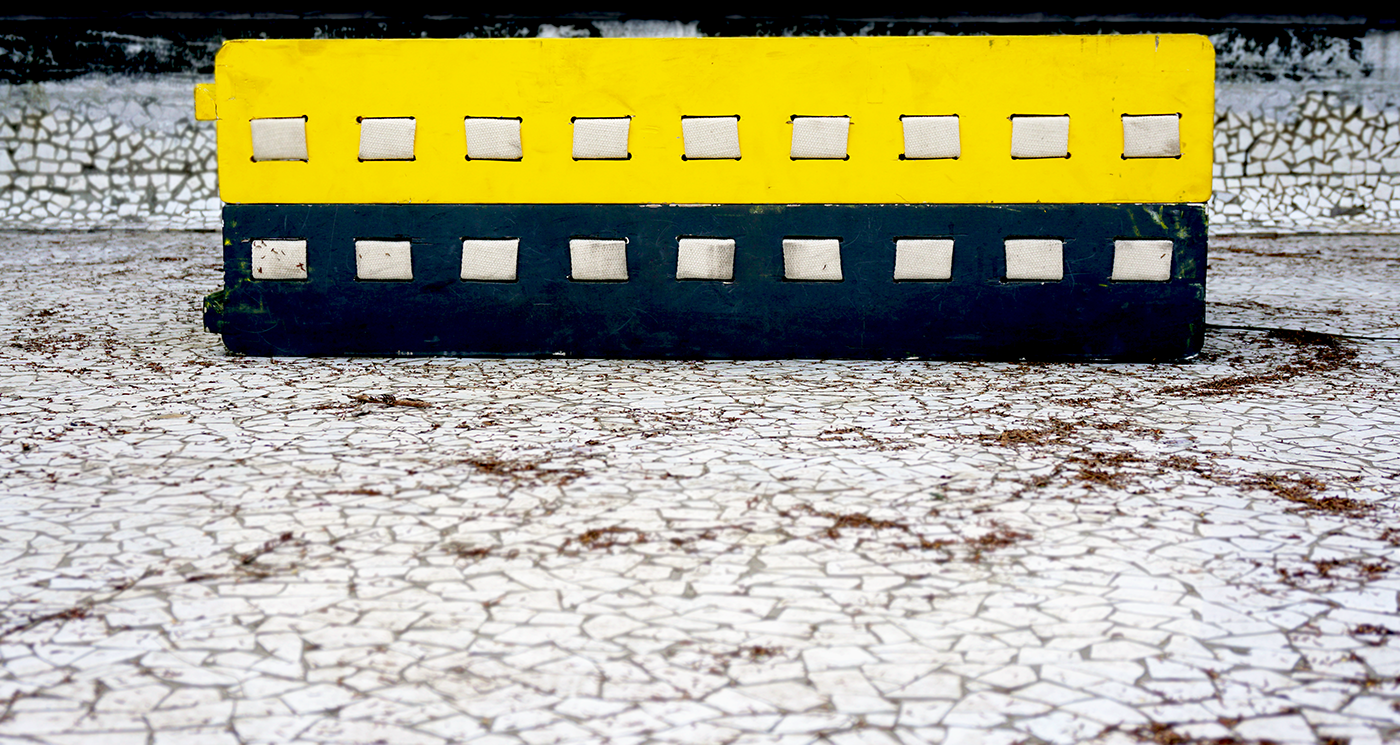.png)
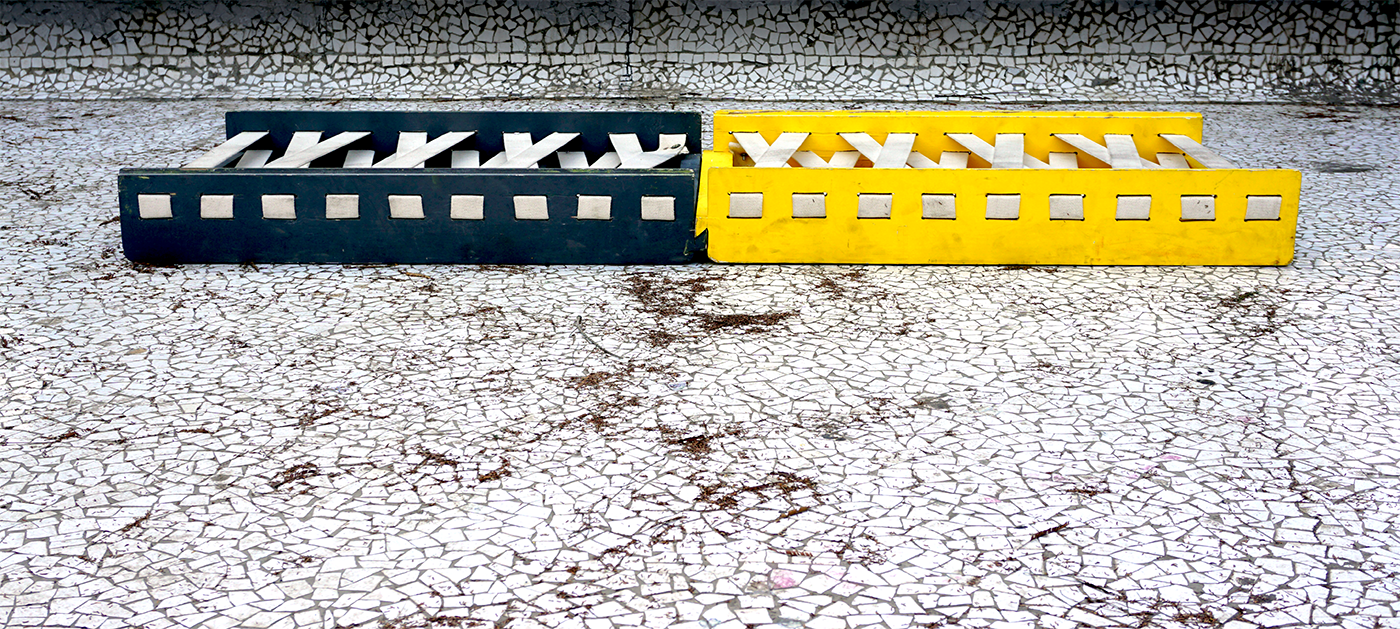.png)
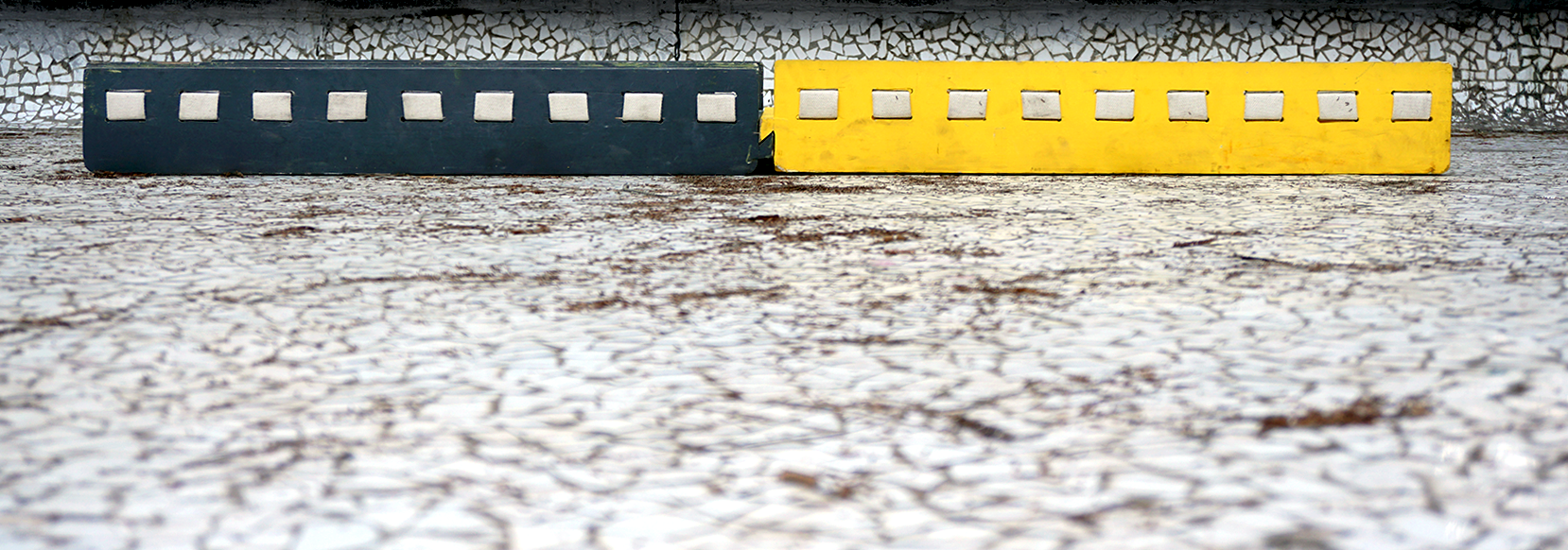.png)
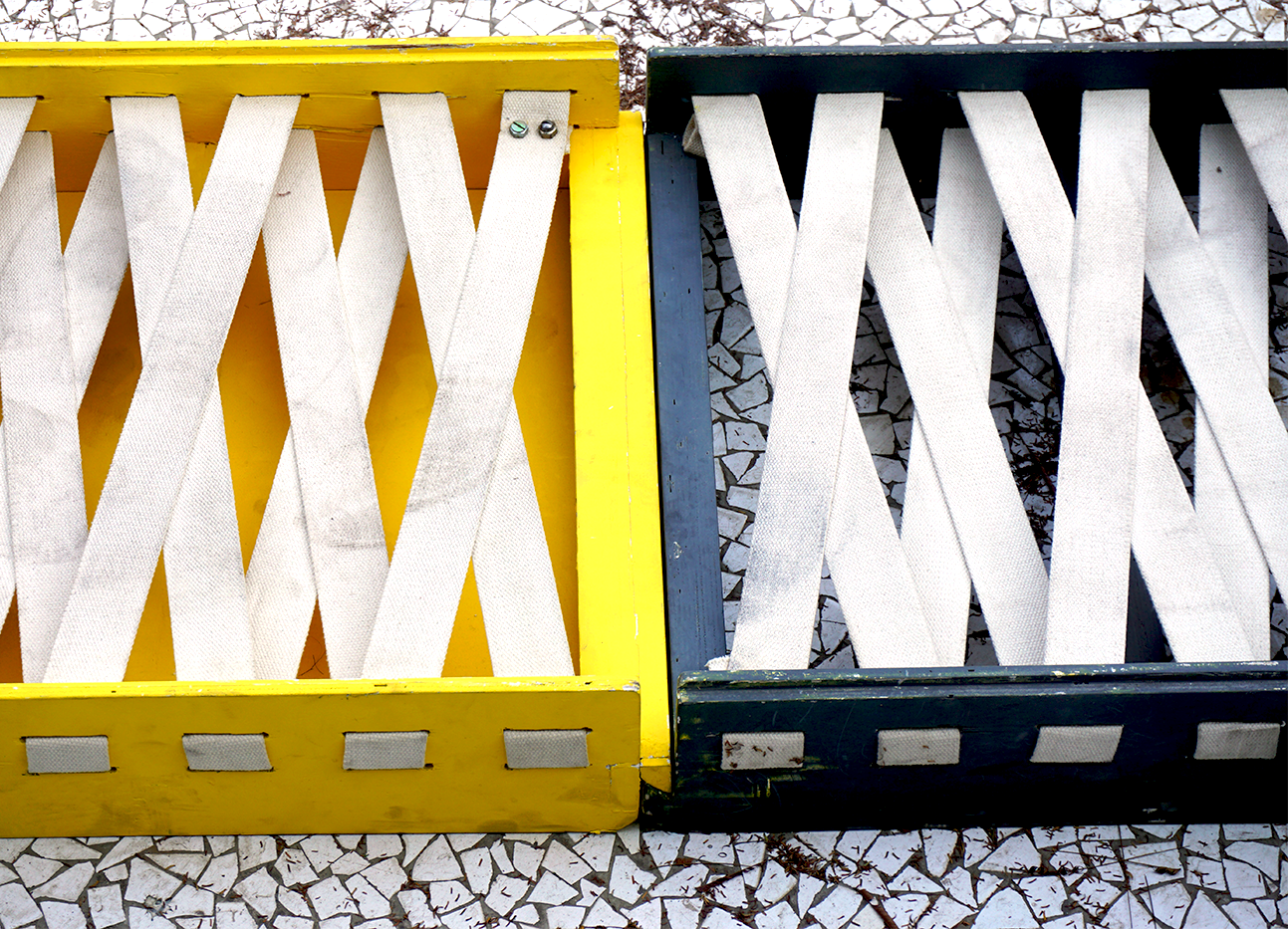.png)
Ever felt like taking a power nap in the middle of the work but couldn't find a proper place to straighten your back?
Meet SleepTab.
It's a two piece furniture specially made to take naps in the studio which when stacked becomes a low lying table and helps save space. The furniture looks like as if its stitched from the side view and has a quirky criss cross shoe lace weaving.
The final dimensions of the furniture:-
When stacked: 3ft length x 2ft width x 1ft height
When opened: 6ft length x 2ft width x 0.5ft height (Each piece)
I have used a 5cm wide cotton strap for weaving and made the design accordingly. You can use a different kind of strap but don't forget to make the design changes according to that.
Happy making:)
Materials and Tools
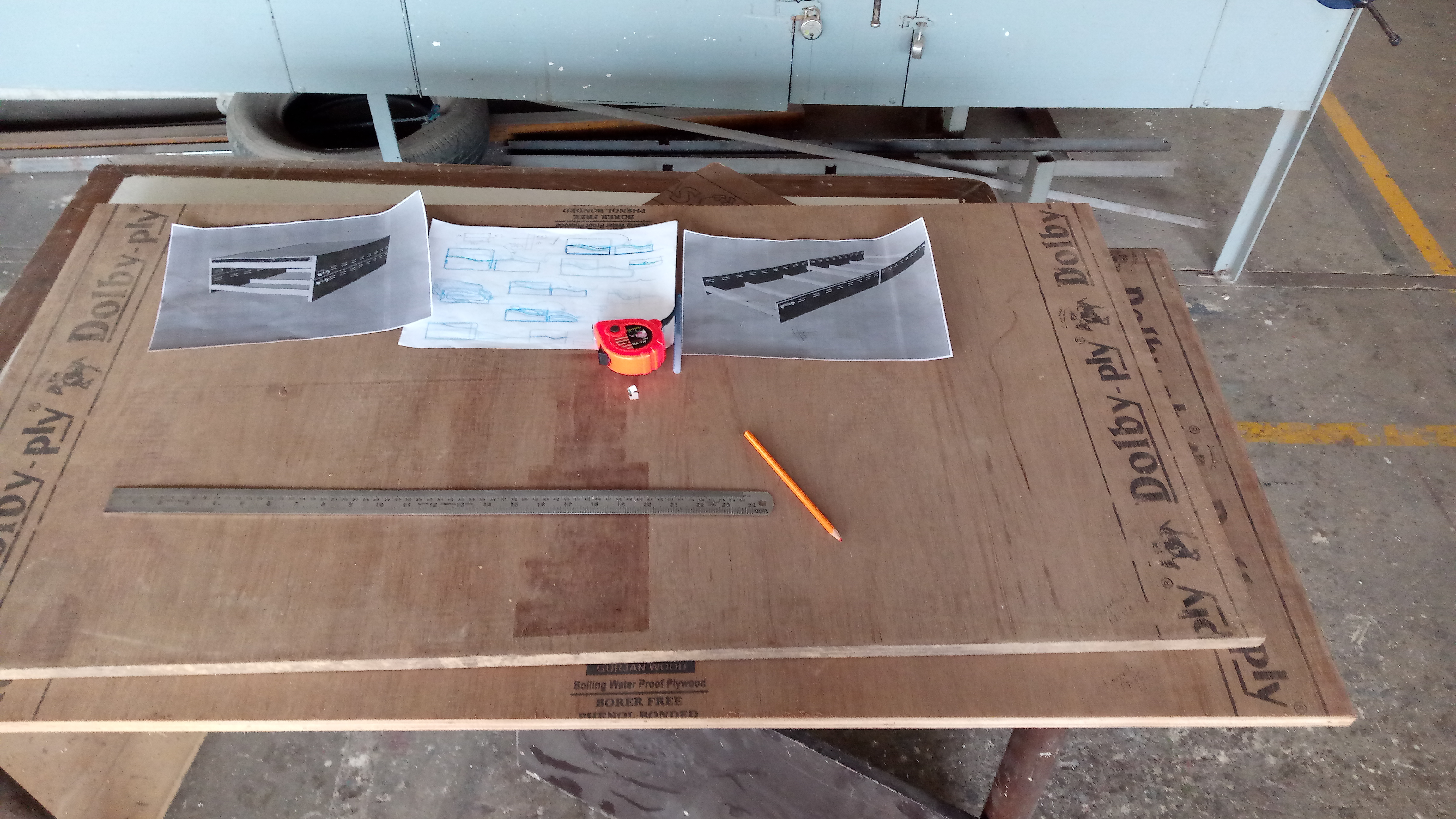.jpg)
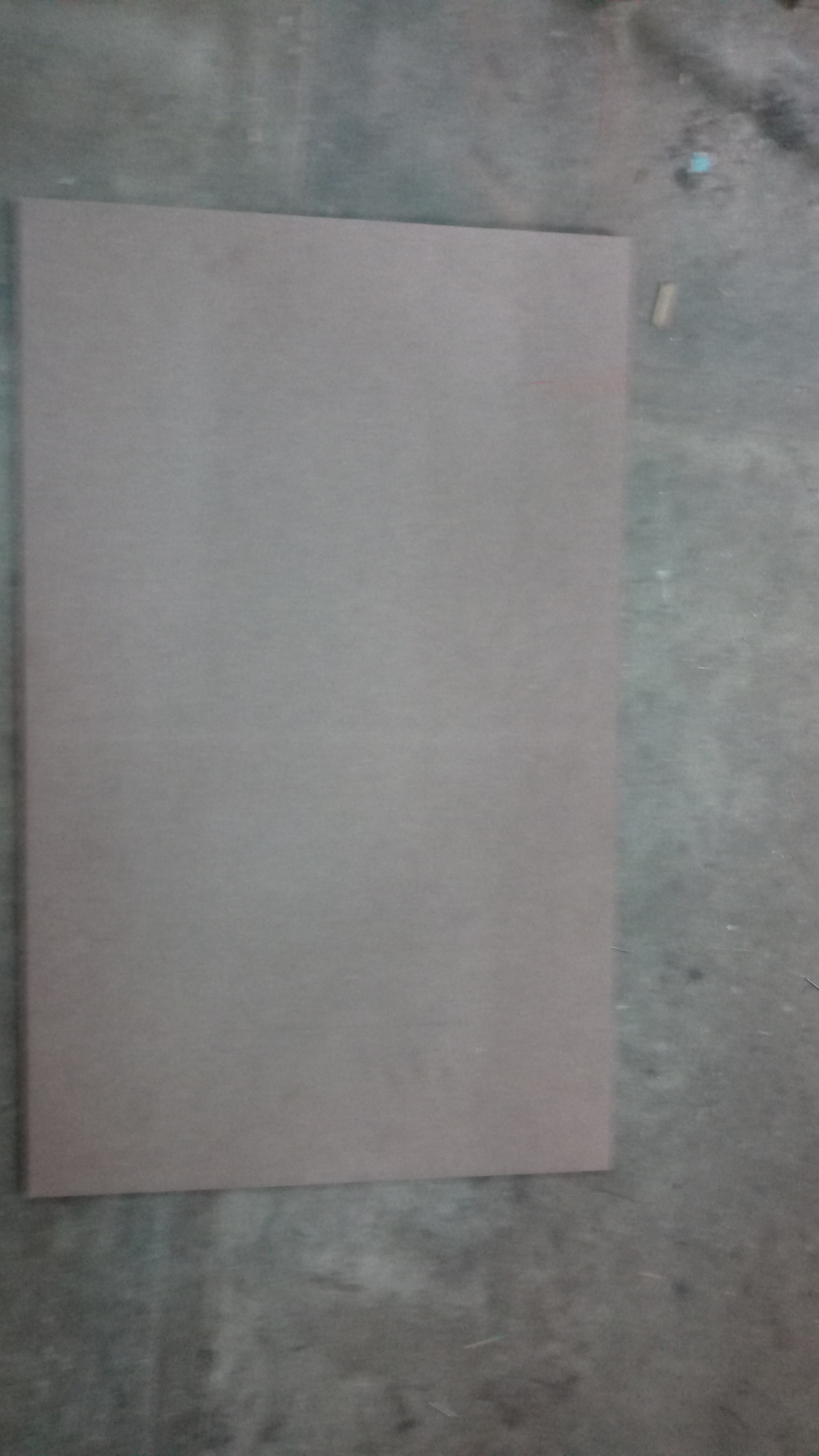.jpg)
.jpg)
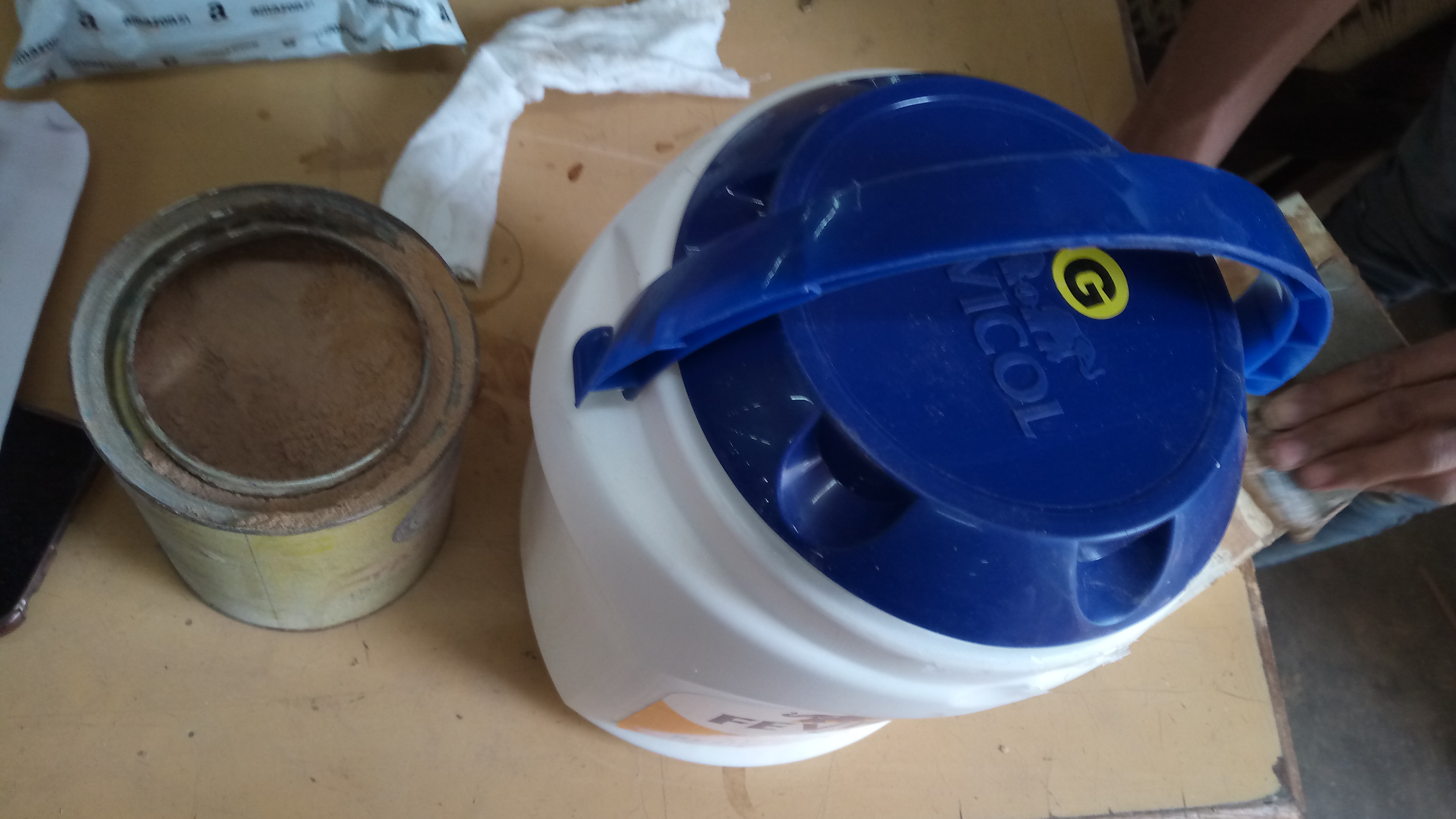.jpg)
List of materials:
- PLYBOARD (18mm thickness - 6ft x 3 ft)
- MDF sheet (8mm thickness - 3ft x 2 ft)
- Weaving strap material (5cm breadth - 90 feet length)
- Nut and bolts 1inch (8 pieces each)
- Primer (before paint)
- Paint waterbased or oil based (two colors)
- Acrylic putty
- Sawdust
- Fevicol SH (wood adhesive)
- Sandpapers
- Nails
List of tools:
- Rhino (3d modeling software)
- Table saw
- Sanding machine (wood)
- Router
- Drill machine
- Hand jigsaw
- Bandsaw
- Circular saw
- Hand sander
- Hammer
- Paint spray gun
- Nail punch
- Clamps
Design and CAD File Generation
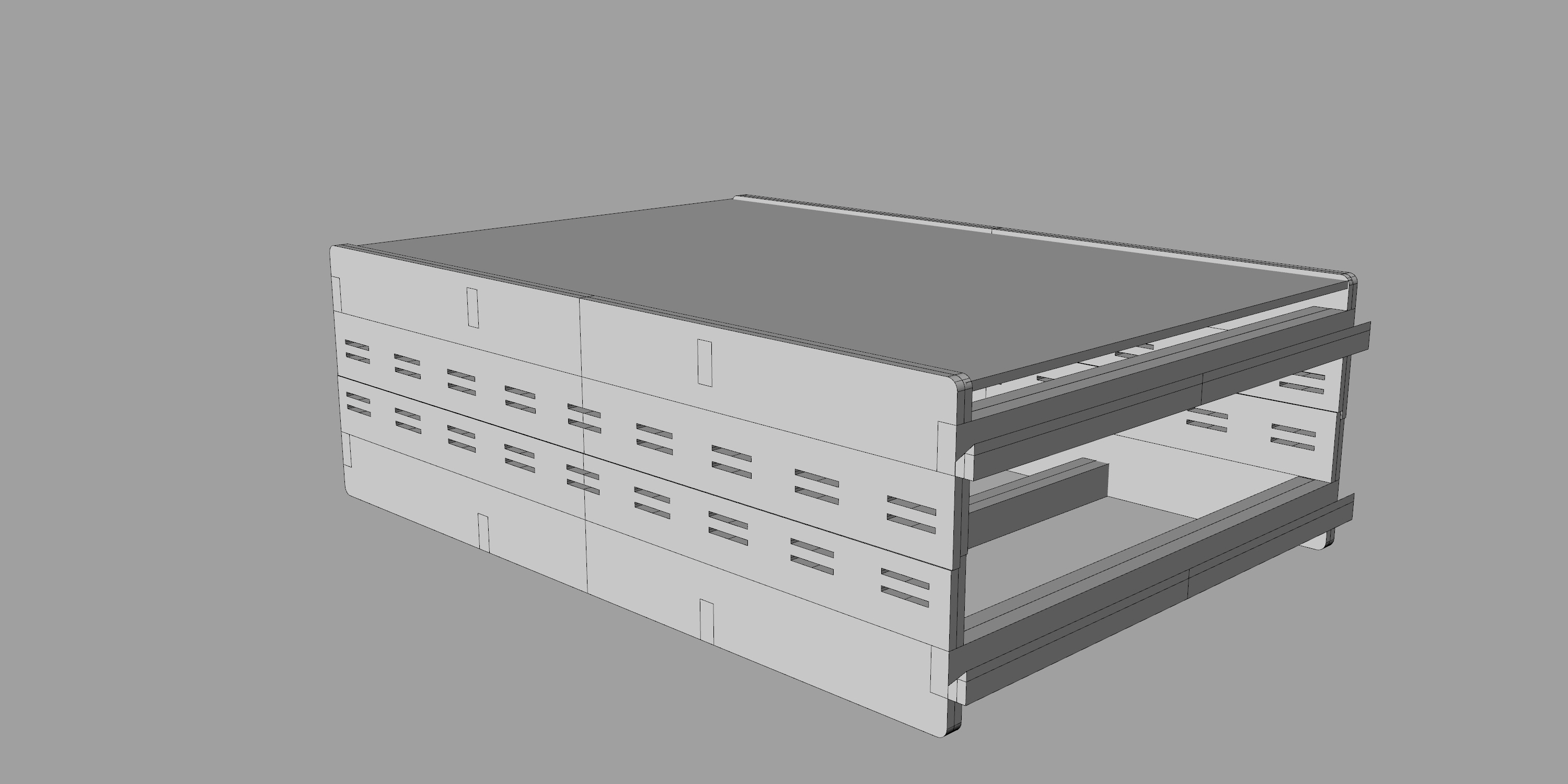

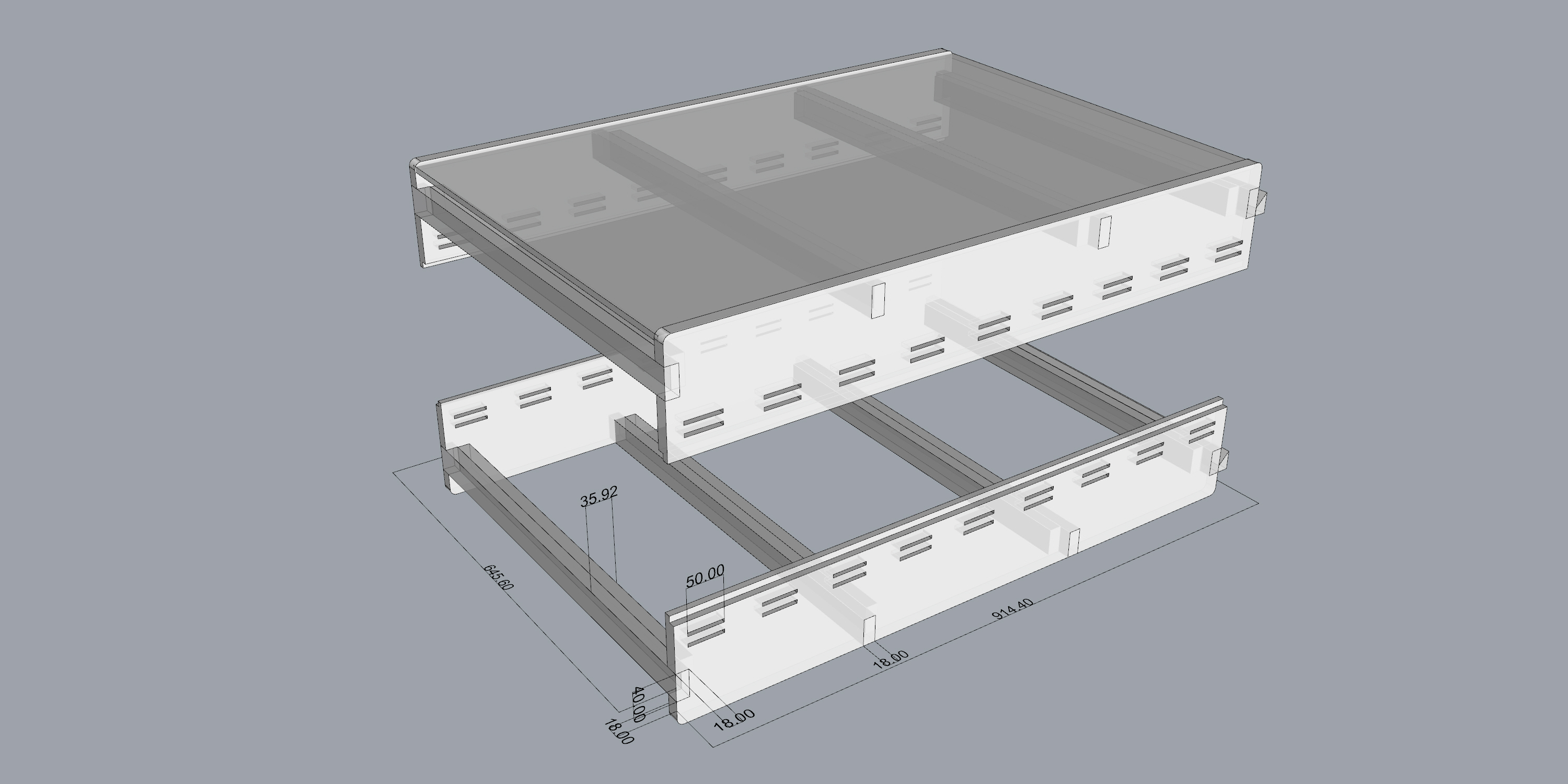
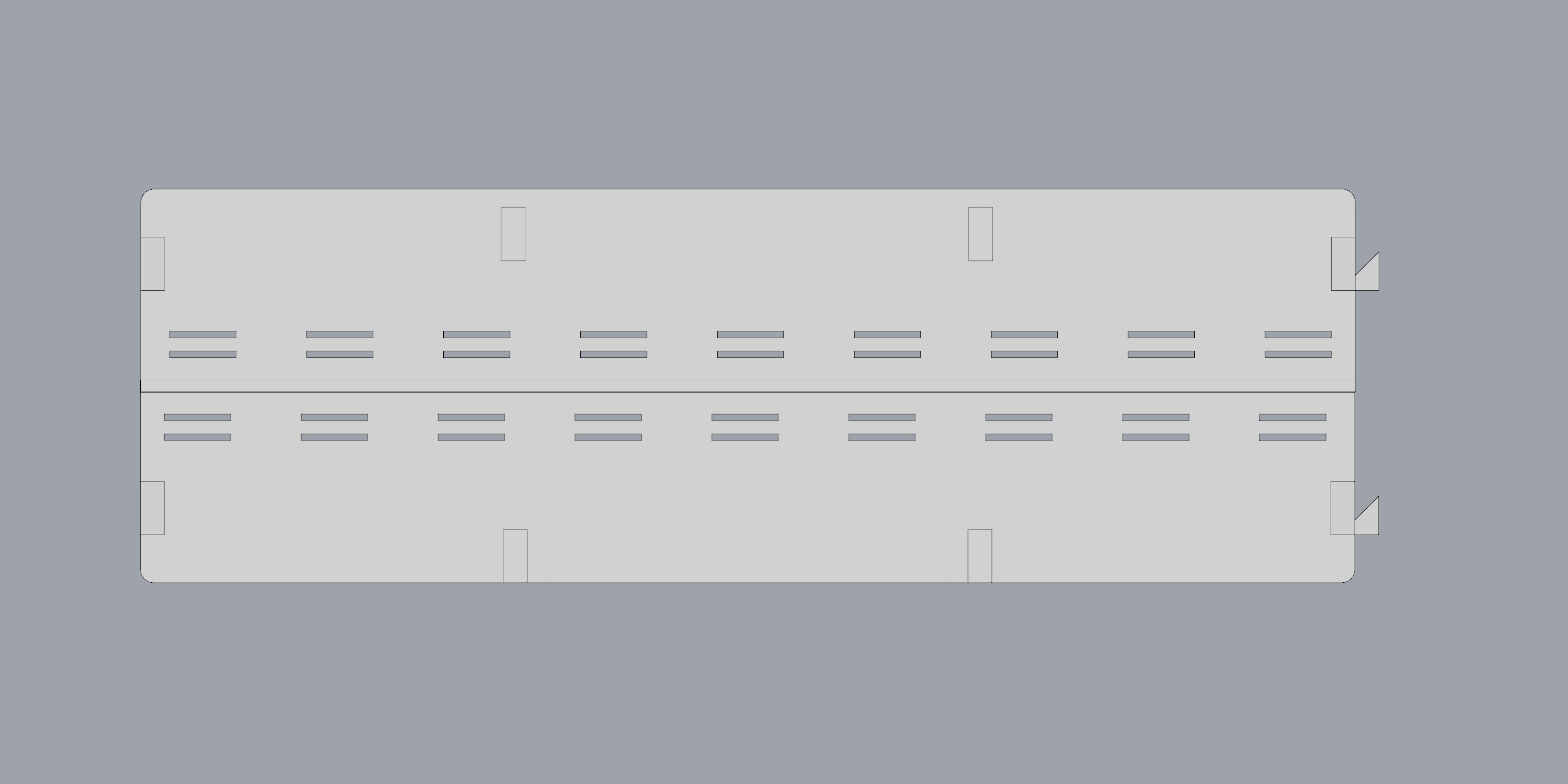
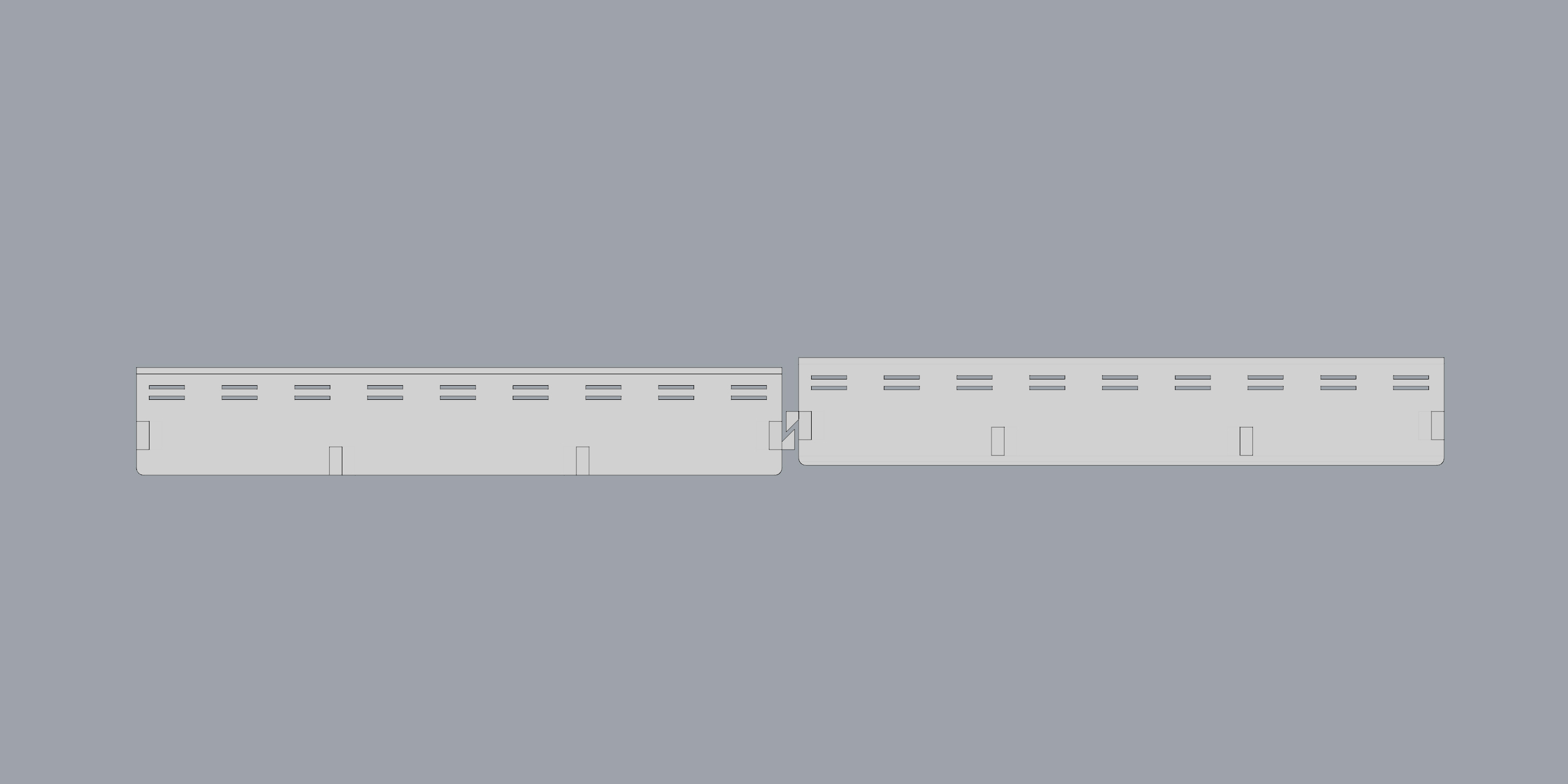
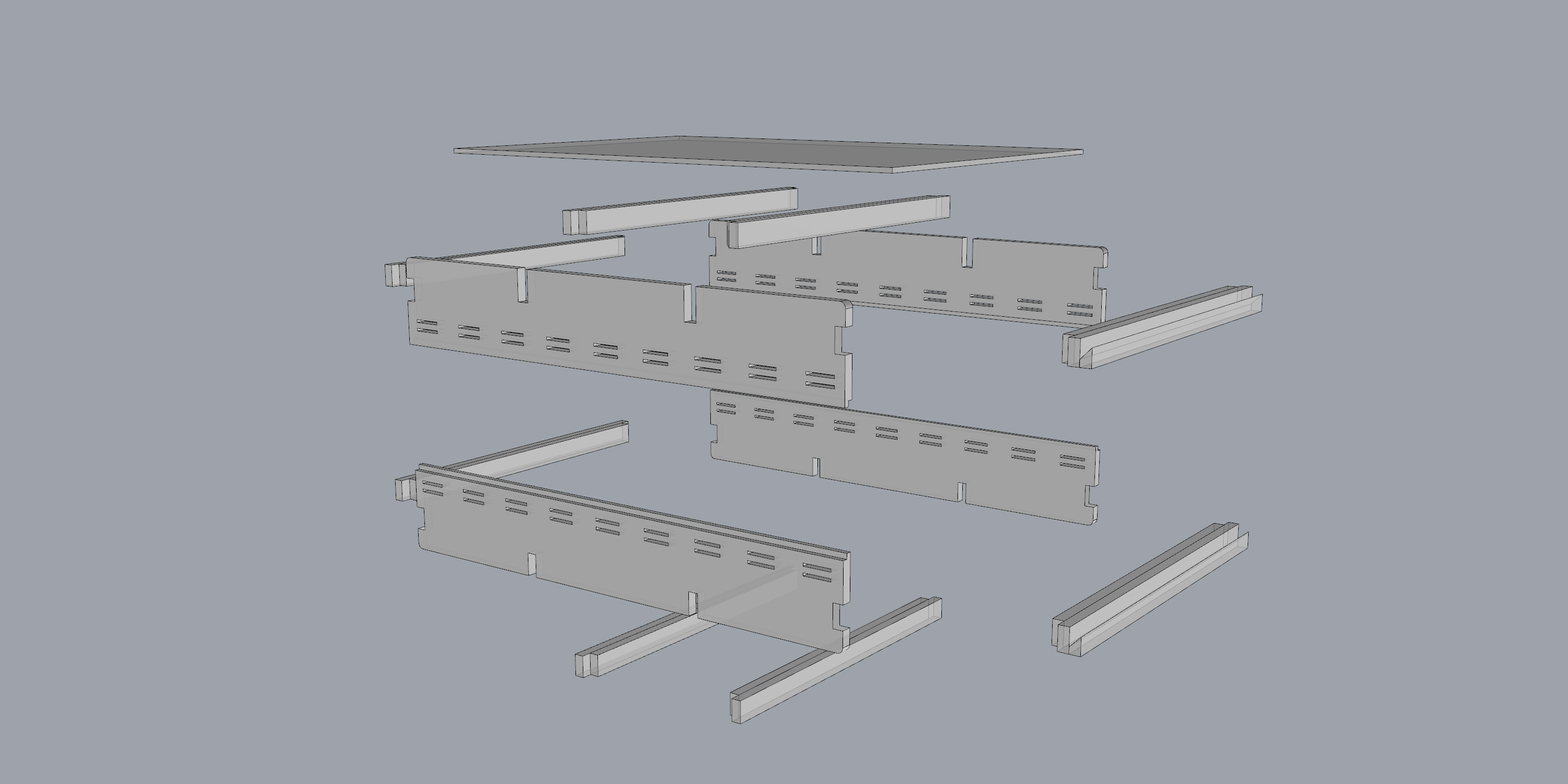

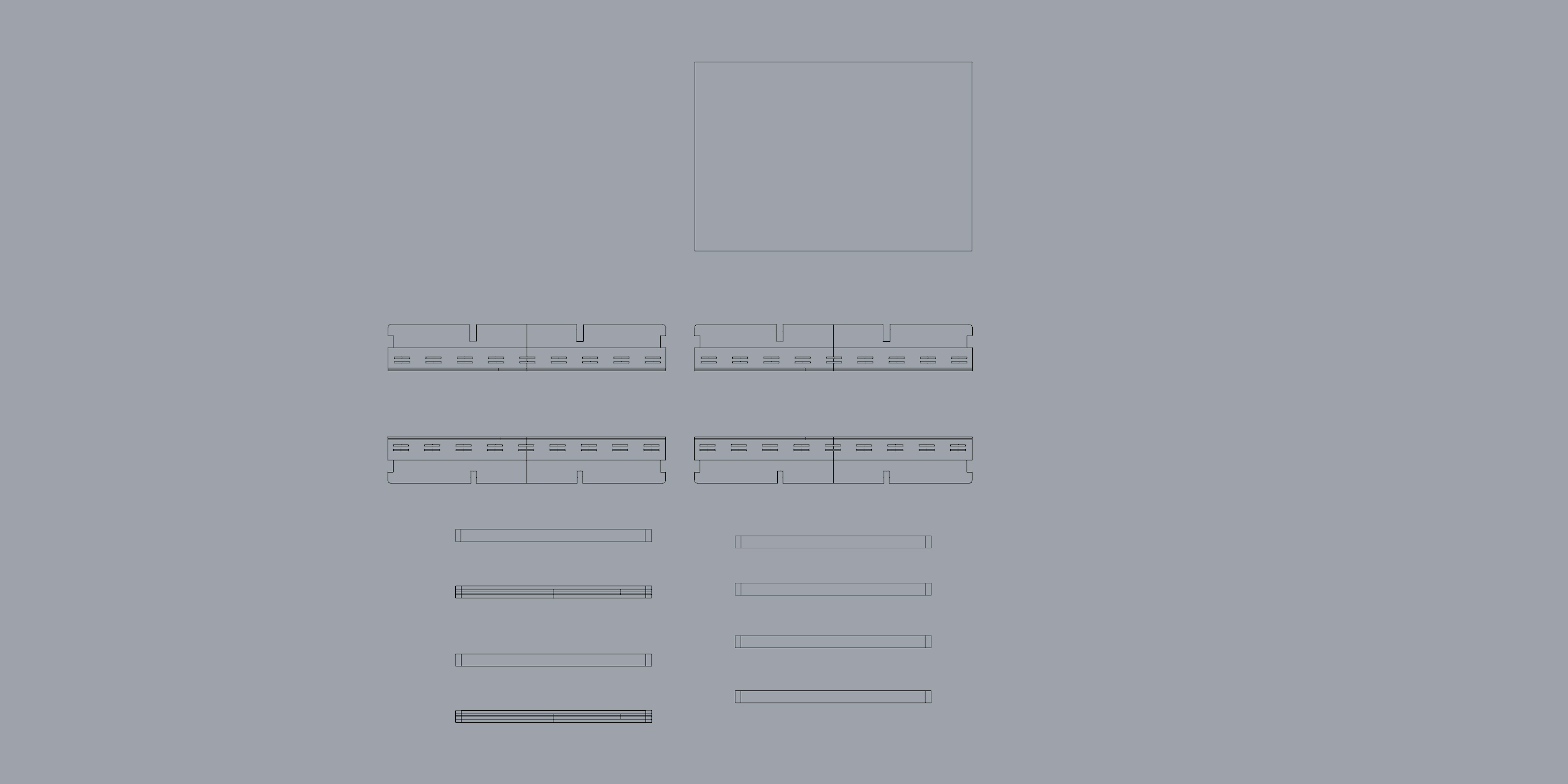
I have used Rhino software to design the furniture.
You can use a different software as you wish and make your own version
You can also download the Rhino file attached to play around and change the design.
Downloads
Side Panels : Cut
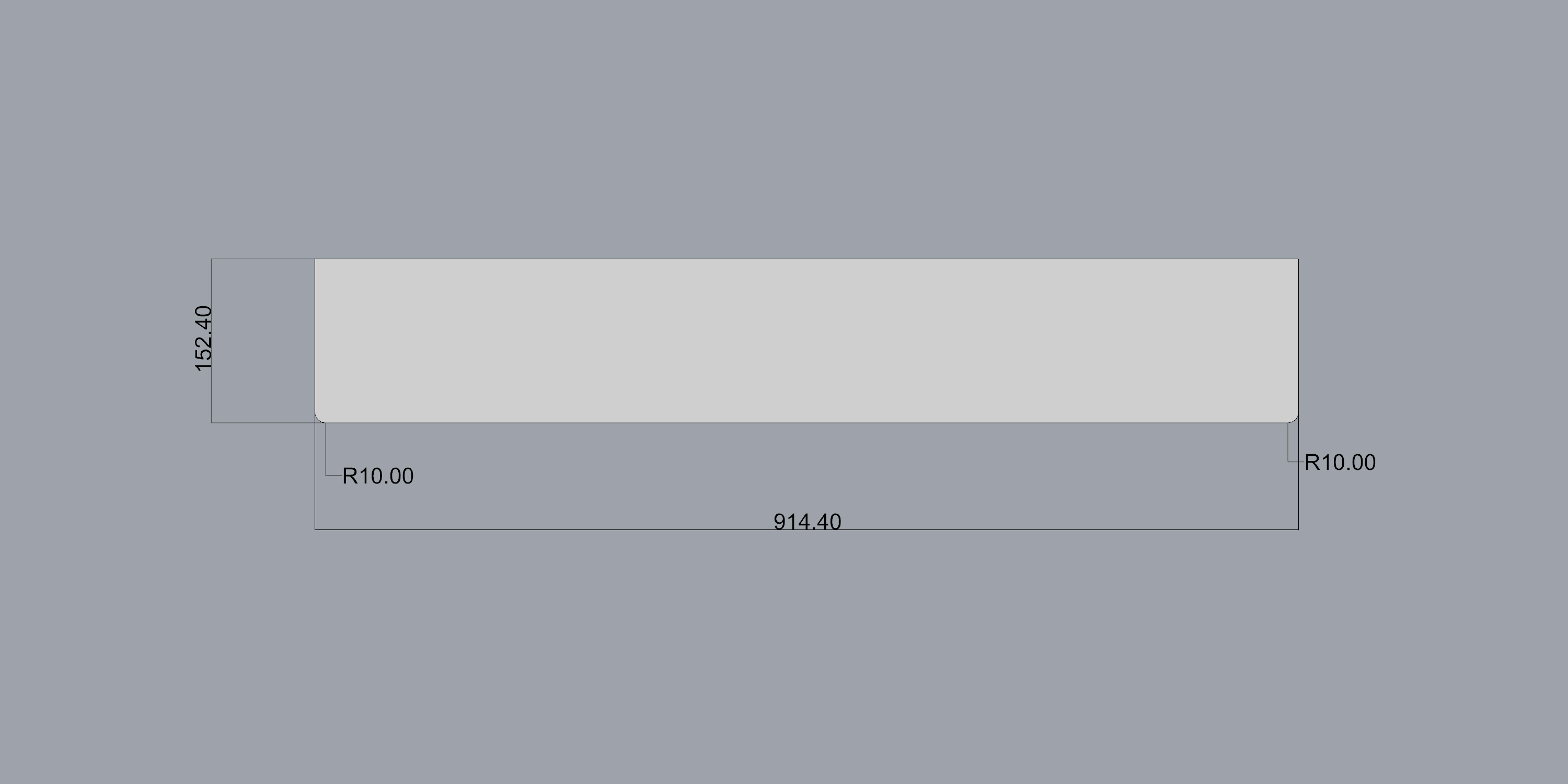
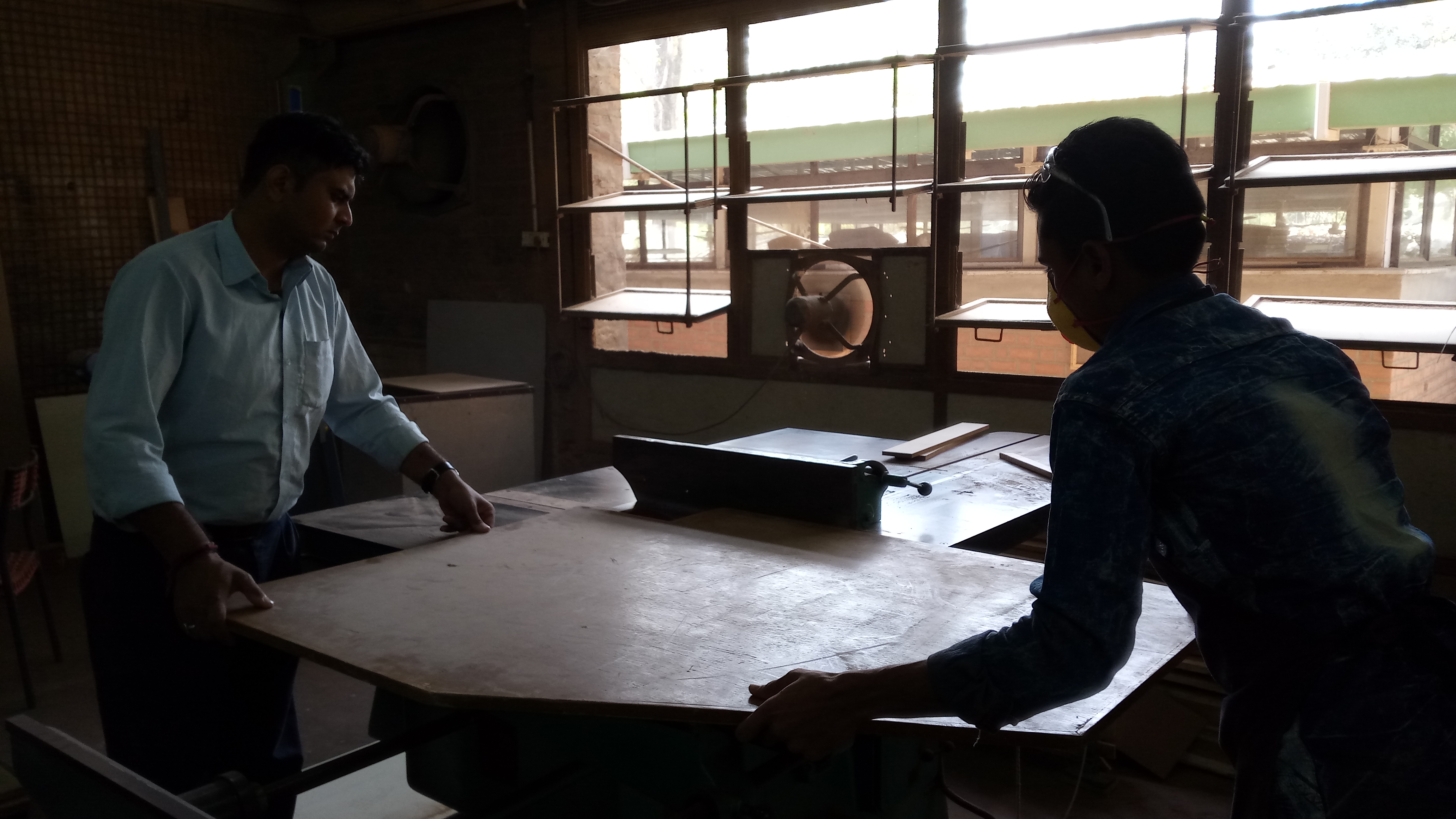.jpg)
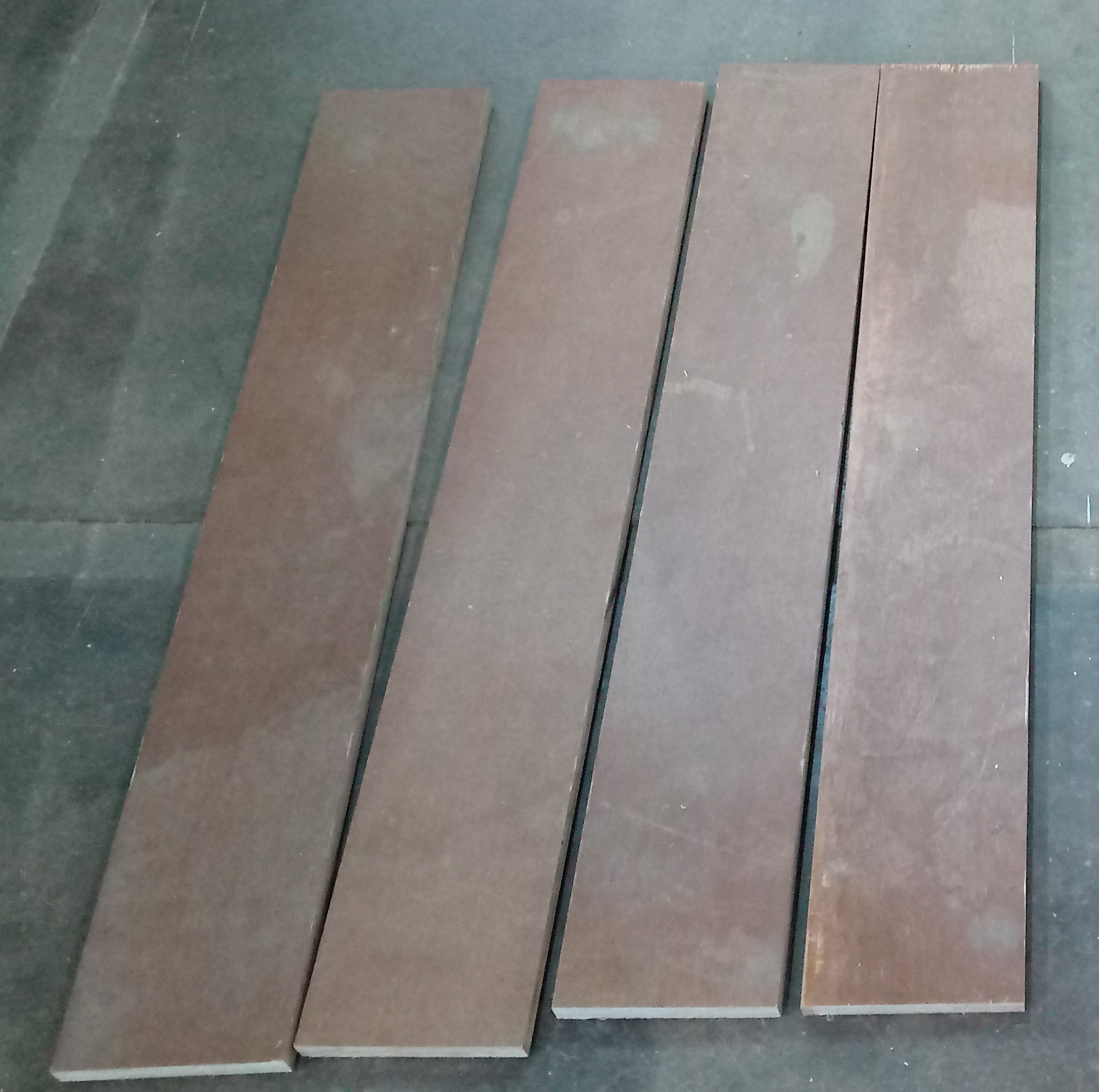.jpg)
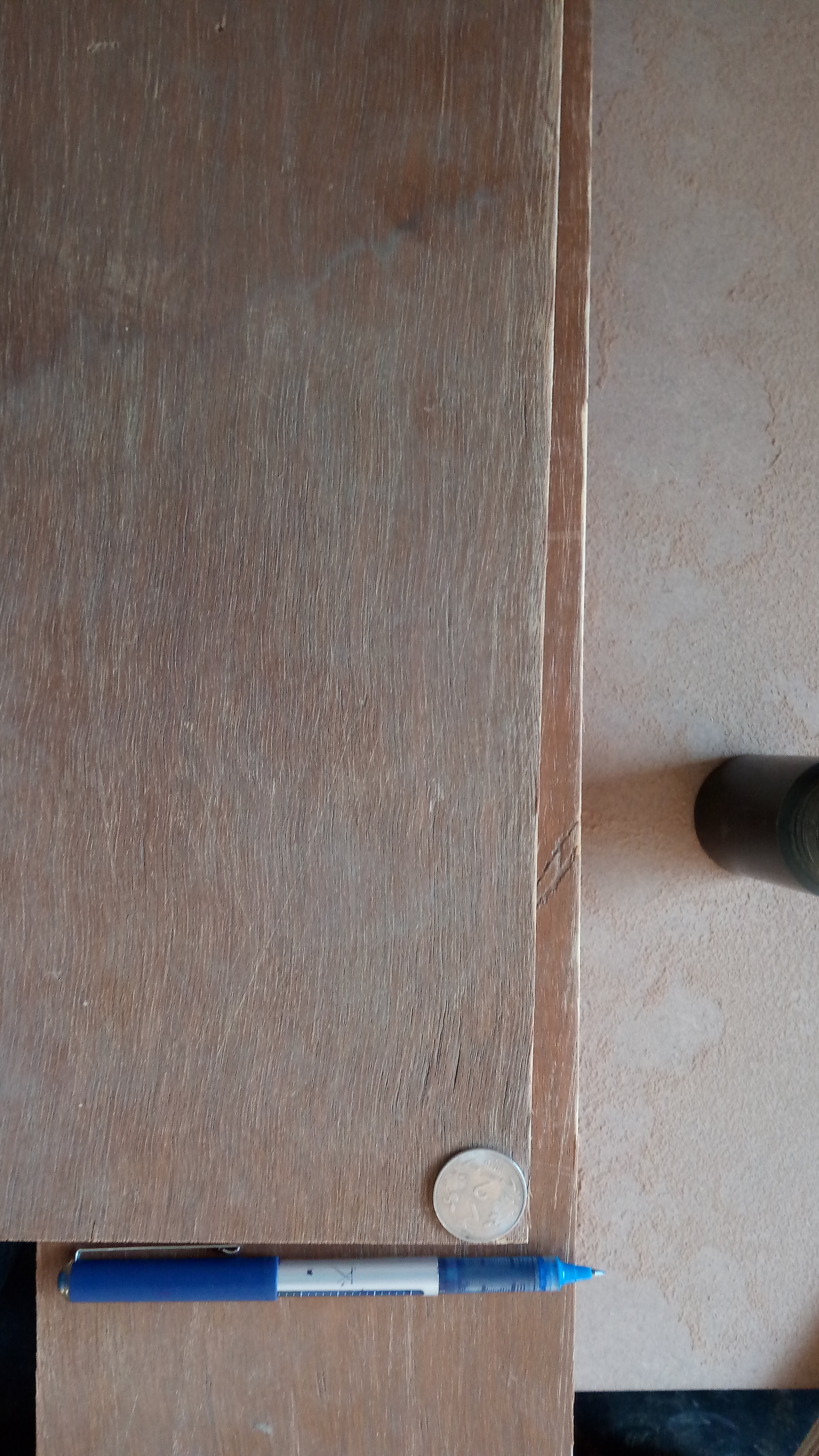.jpg)
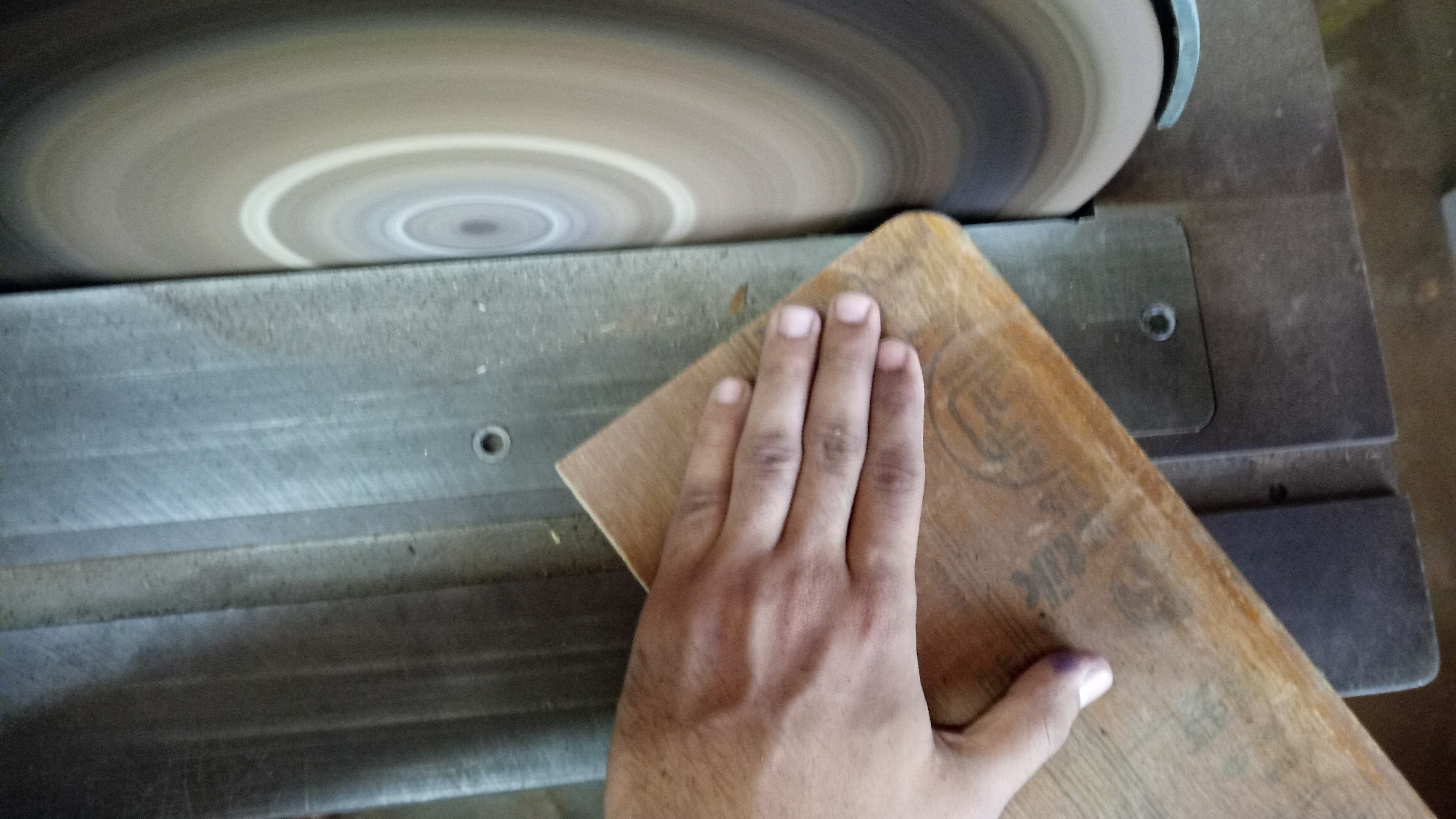.jpg)
1. Draw the dimensions (3ft x 2ft) on the Plyboard.
2. Cut it using a "Table Saw". 4 pieces
3. Round two of the vertices. (tip: you can use a coin for this)
This would become the side panels for the furniture
Side Panels: Rabbeting
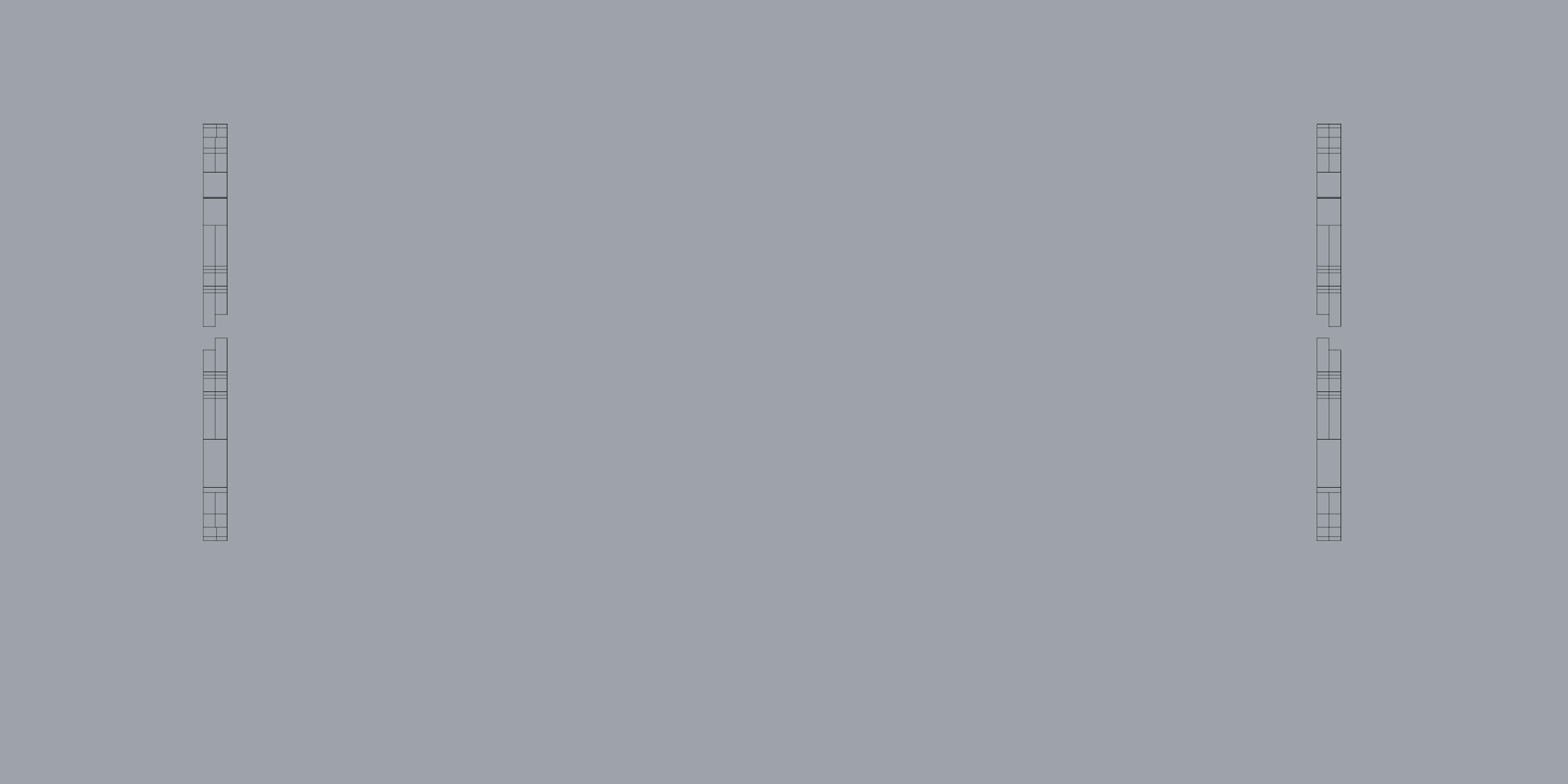.jpg)
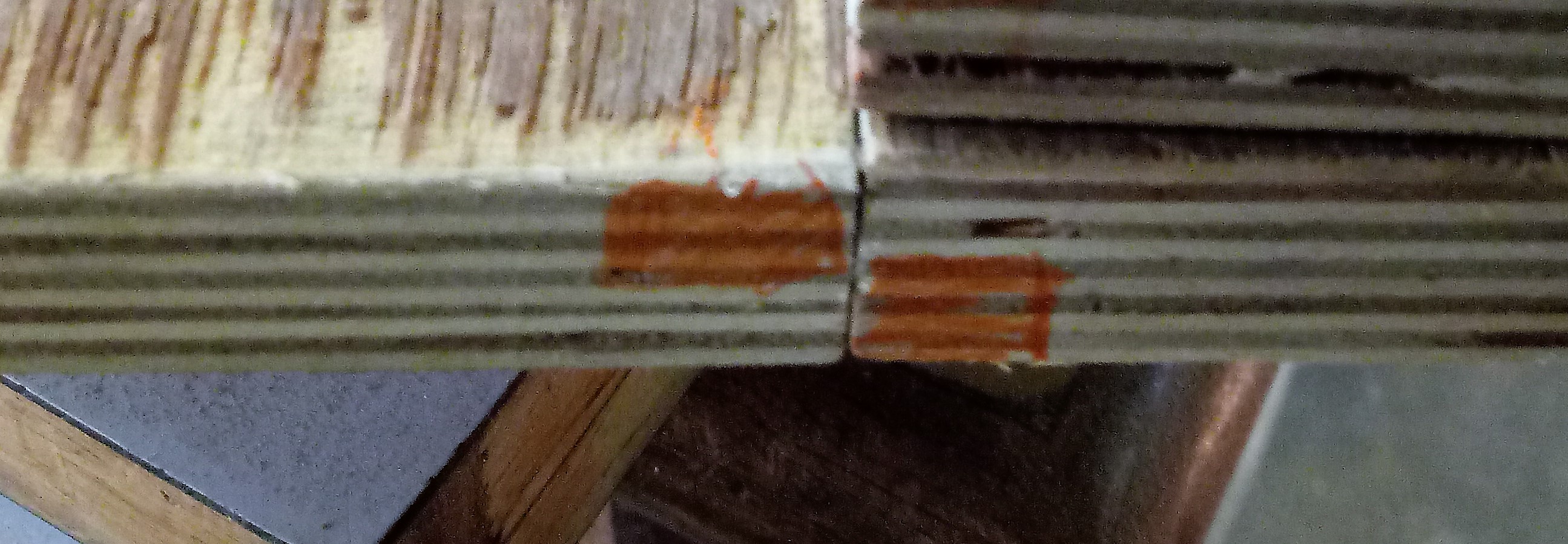.jpg)
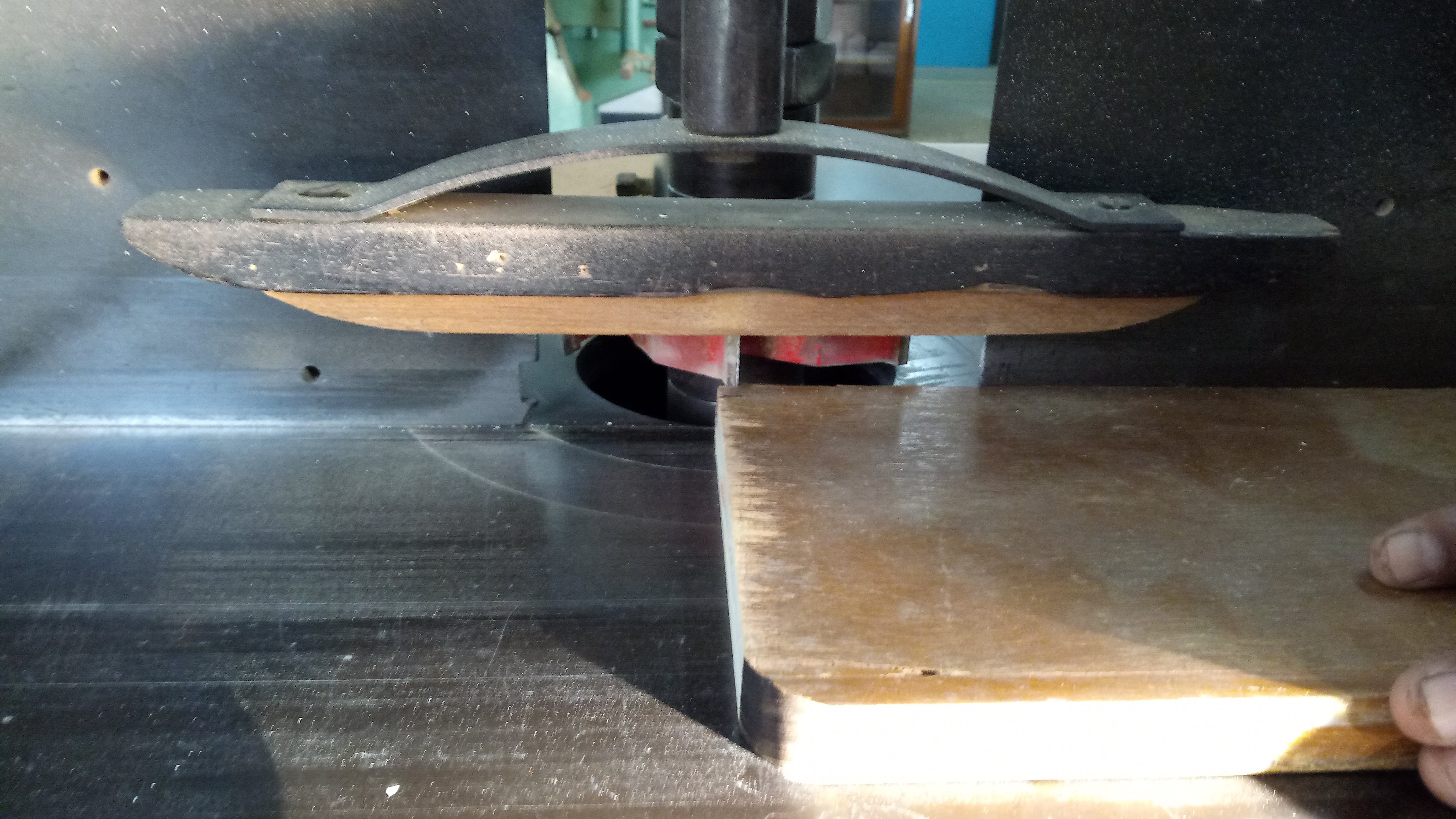.jpg)
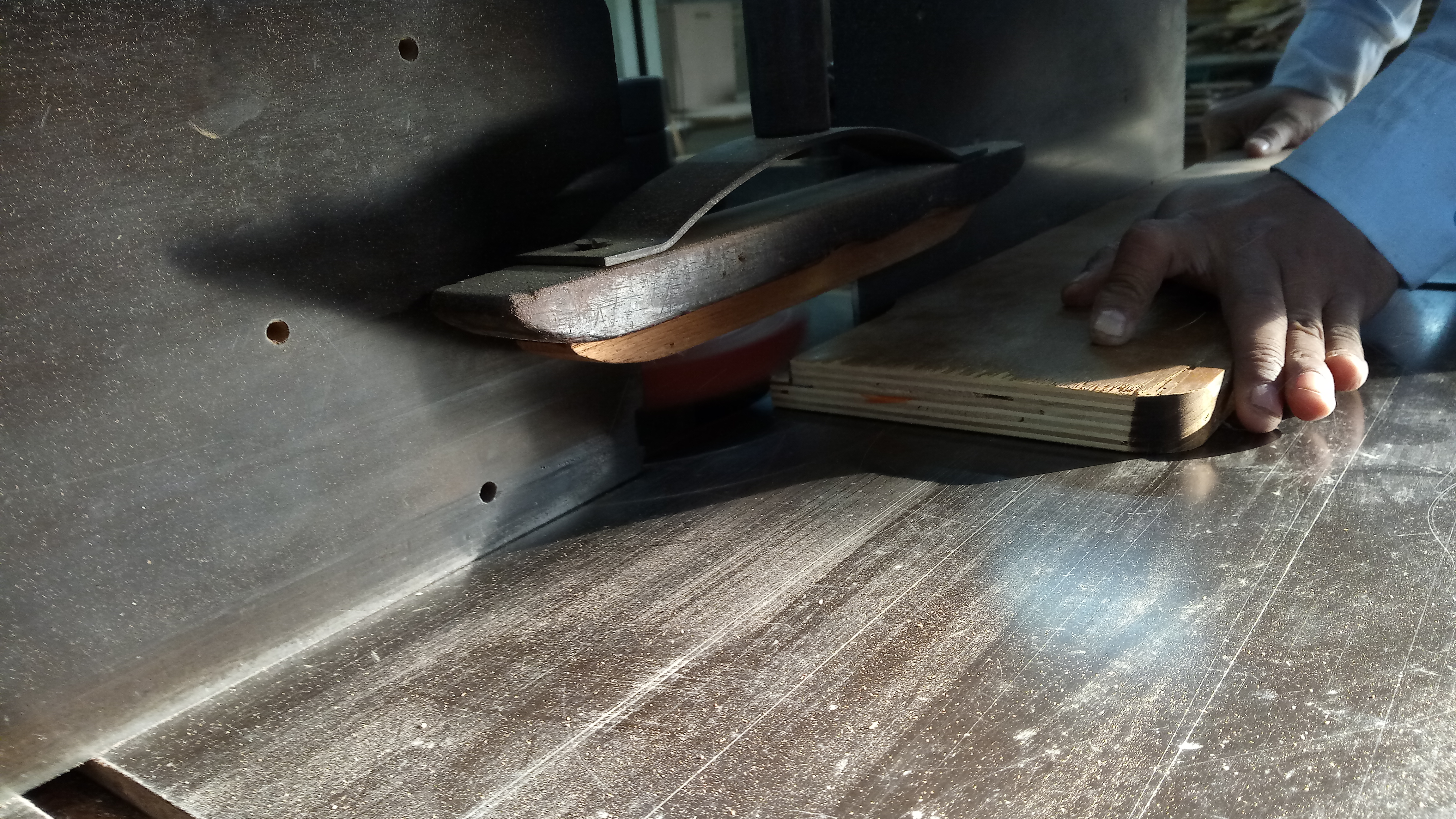.jpg)
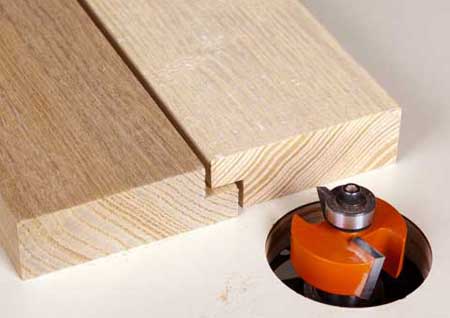.jpg)
1. Rabbet the Edges with a "Router" for the panels to stack on top of each other
2. Make sure you mark the bottom pieces and top pieces and rabbet them accordingly so they fit.
3. Sand the piece for slivers.
Note: check the CAD design to specify Rabbeting side for each panel.
Side Panels: Slits for Weaving
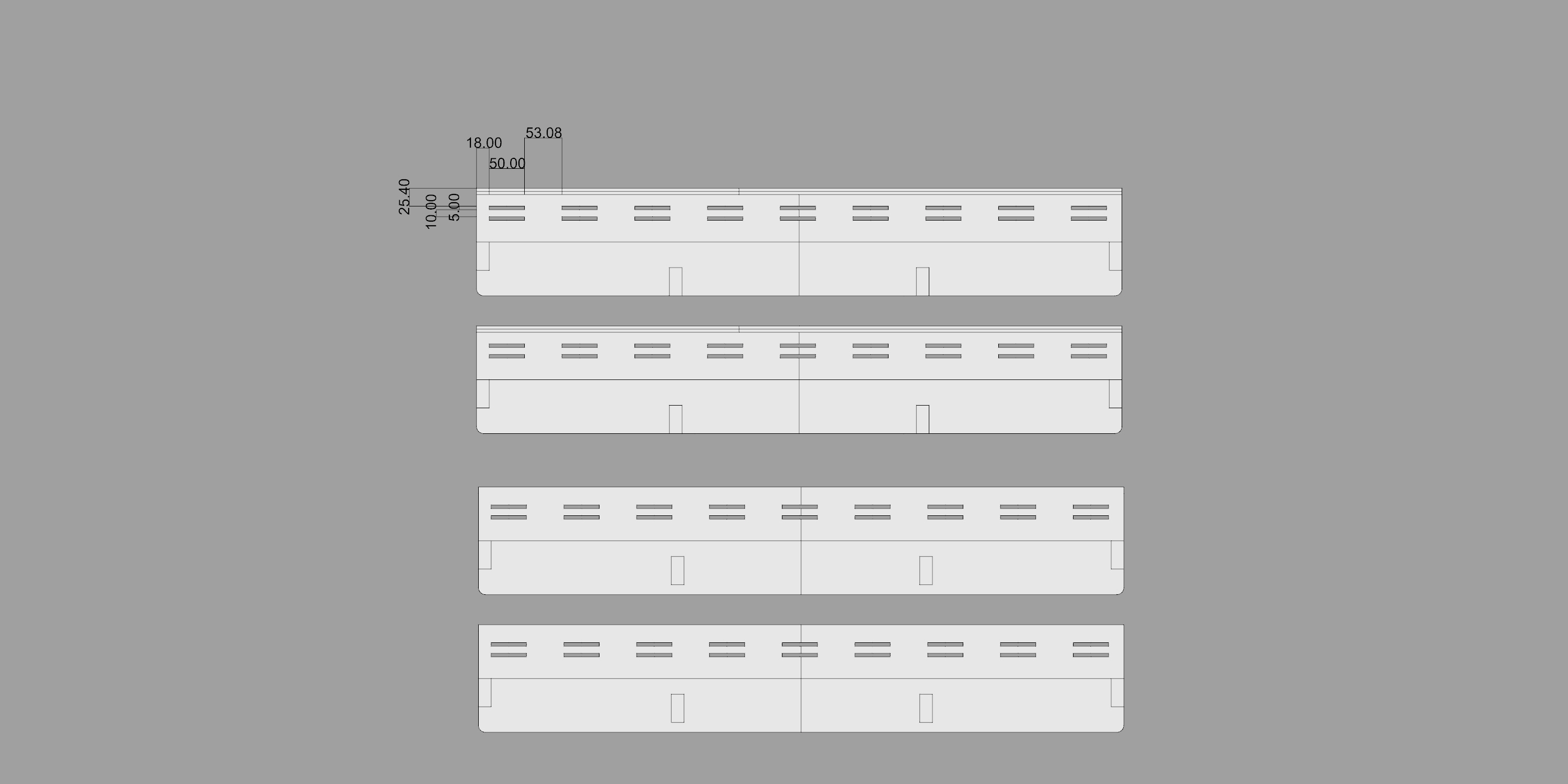.jpg)
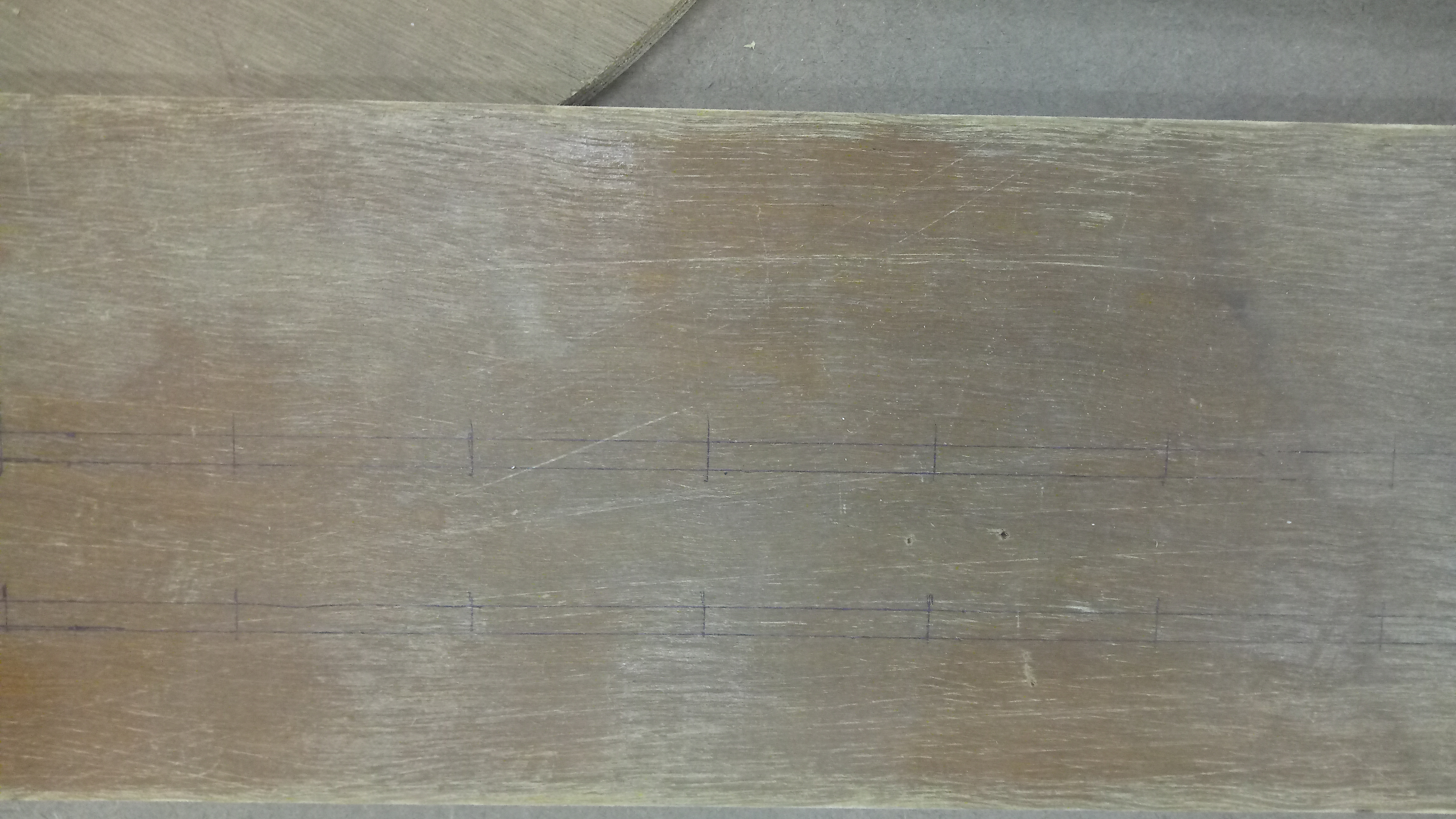.jpg)
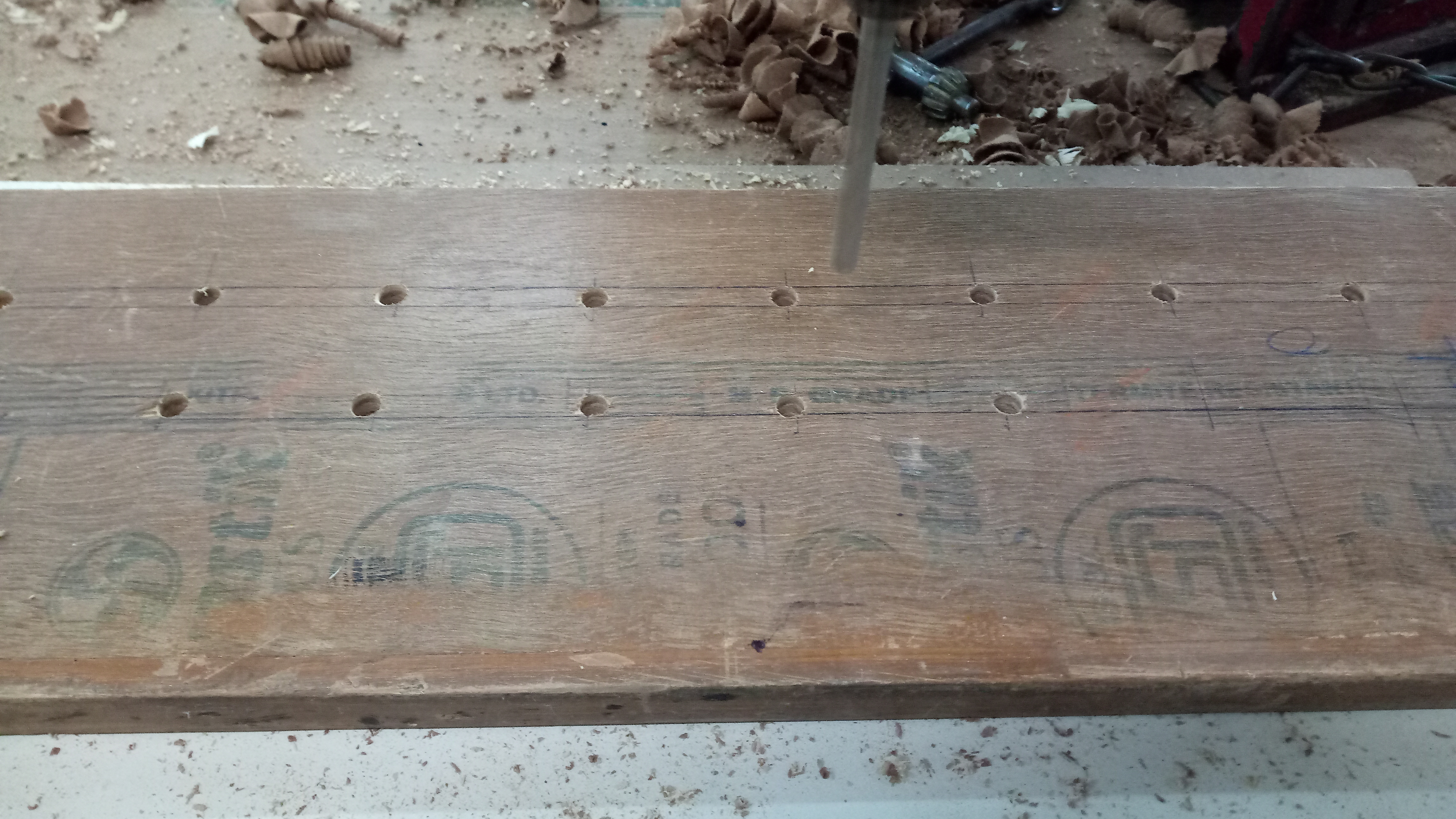.jpg)
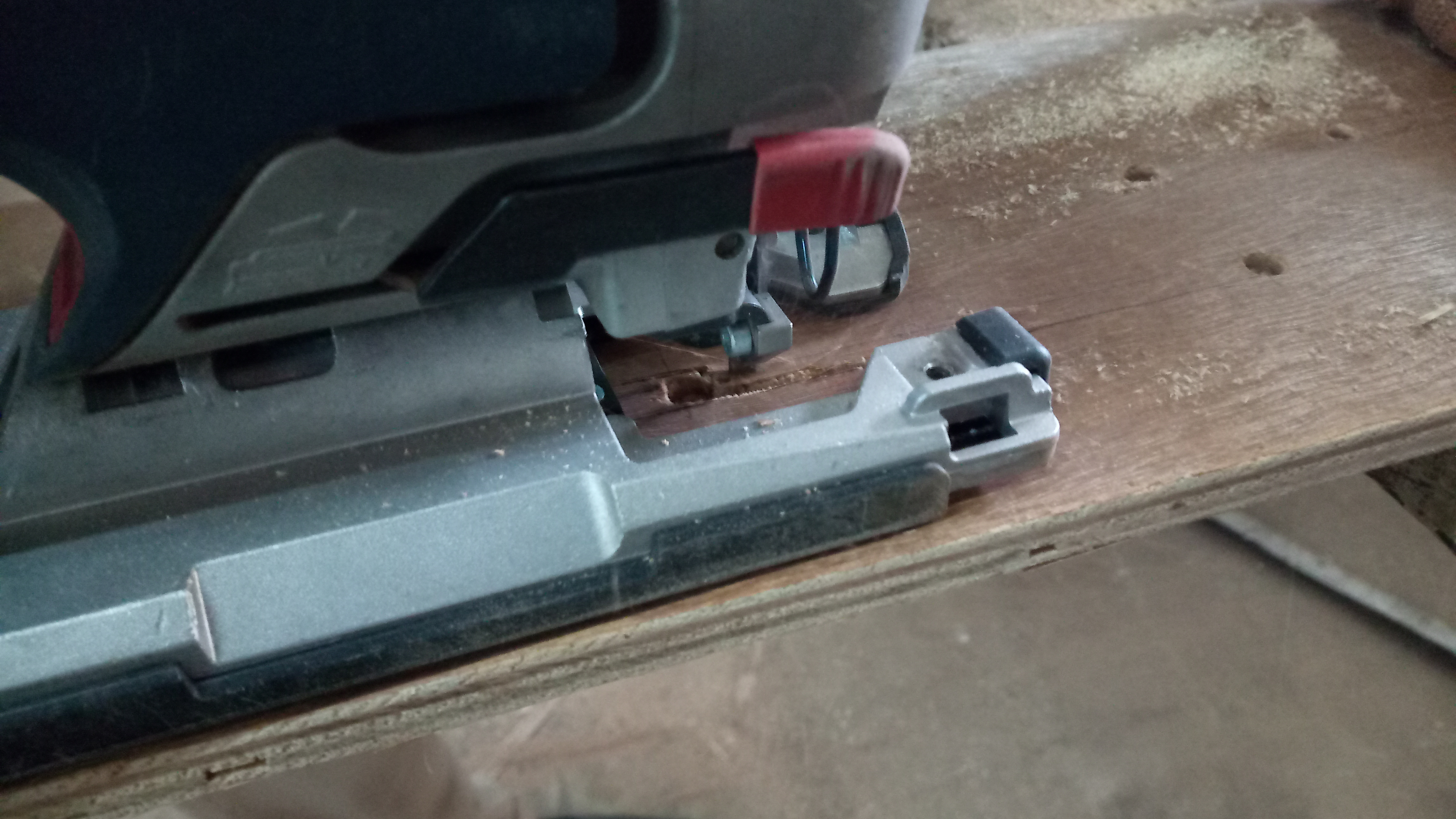.jpg)
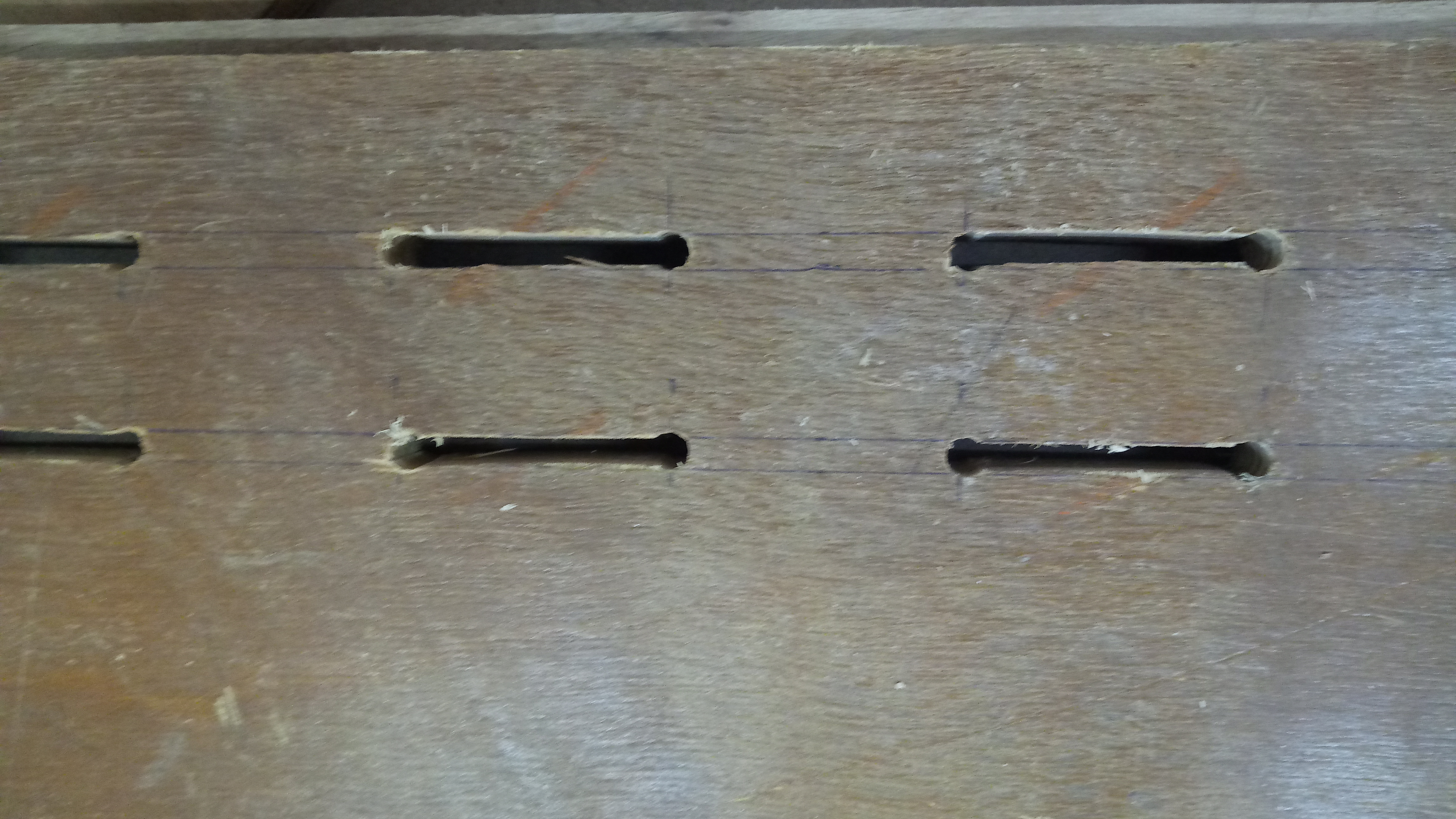.jpg)
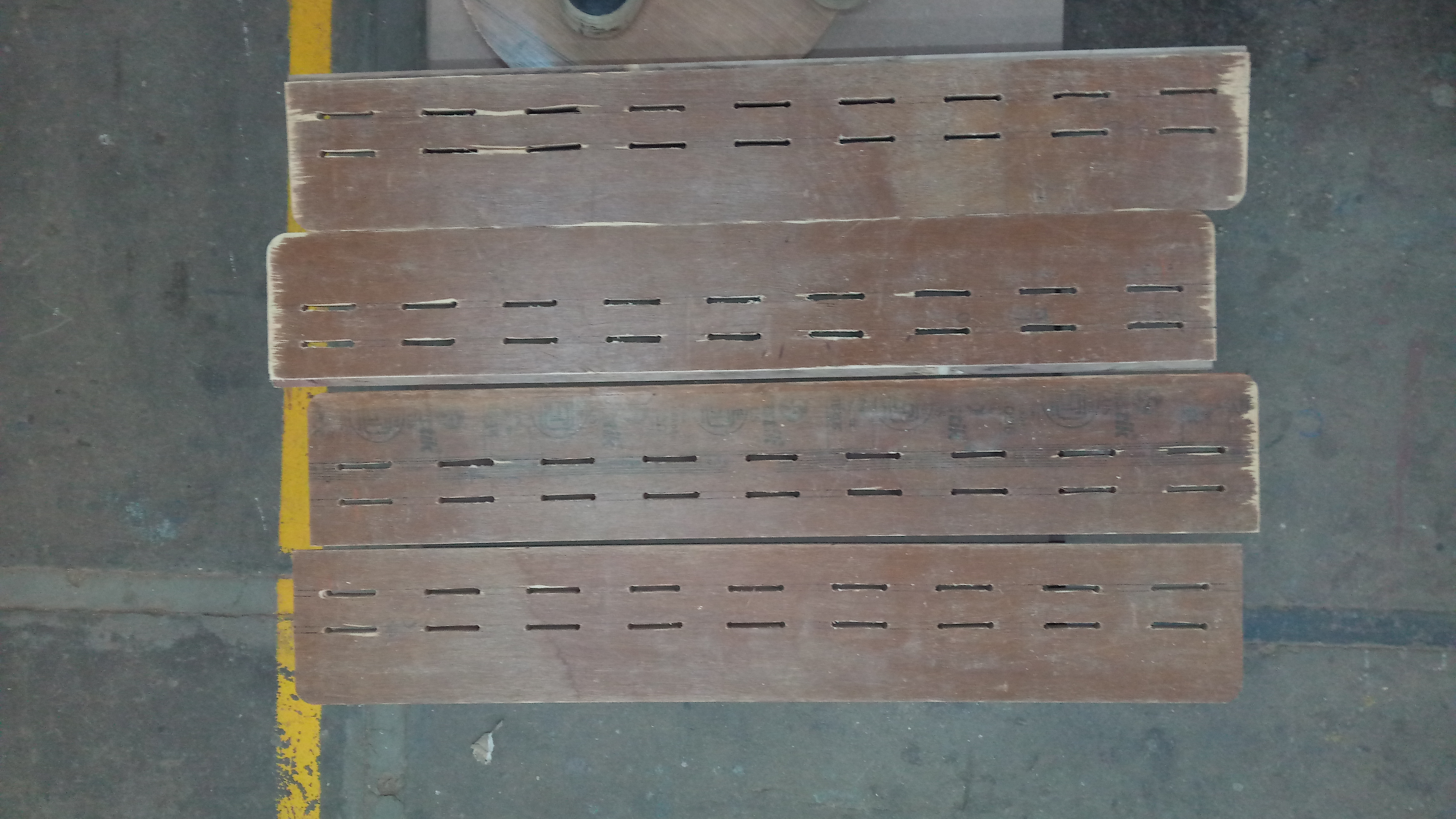.jpg)
1. Mark the slits to be cut.
2. Drill holes on ends of each slit.
3. Cut the rest using "Hand Jigsaw"
4. Cleat it nicely with sandpaper.
note: you can also mill holes using a mill machine.
Side Panel: Dowel Slits
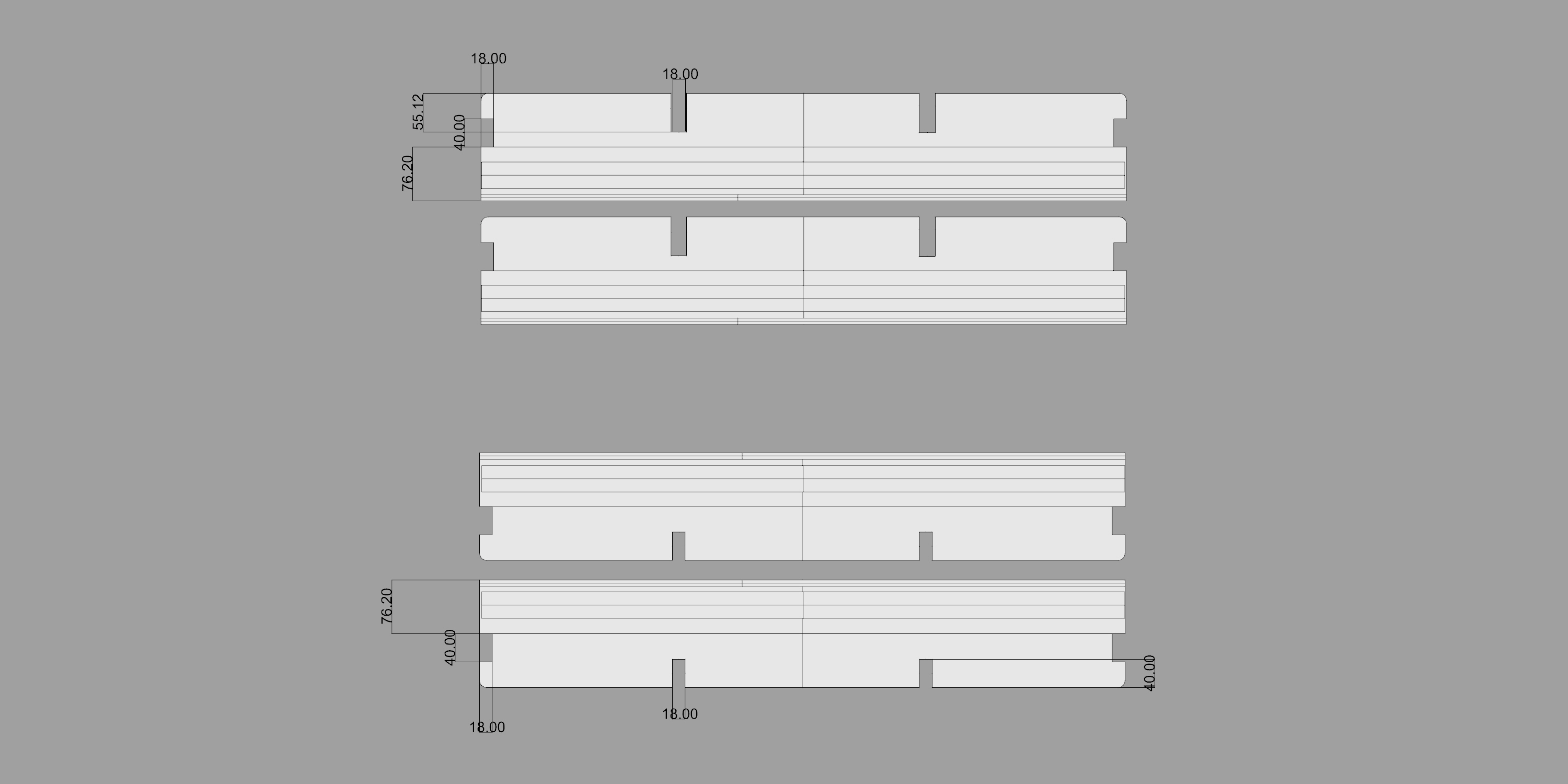
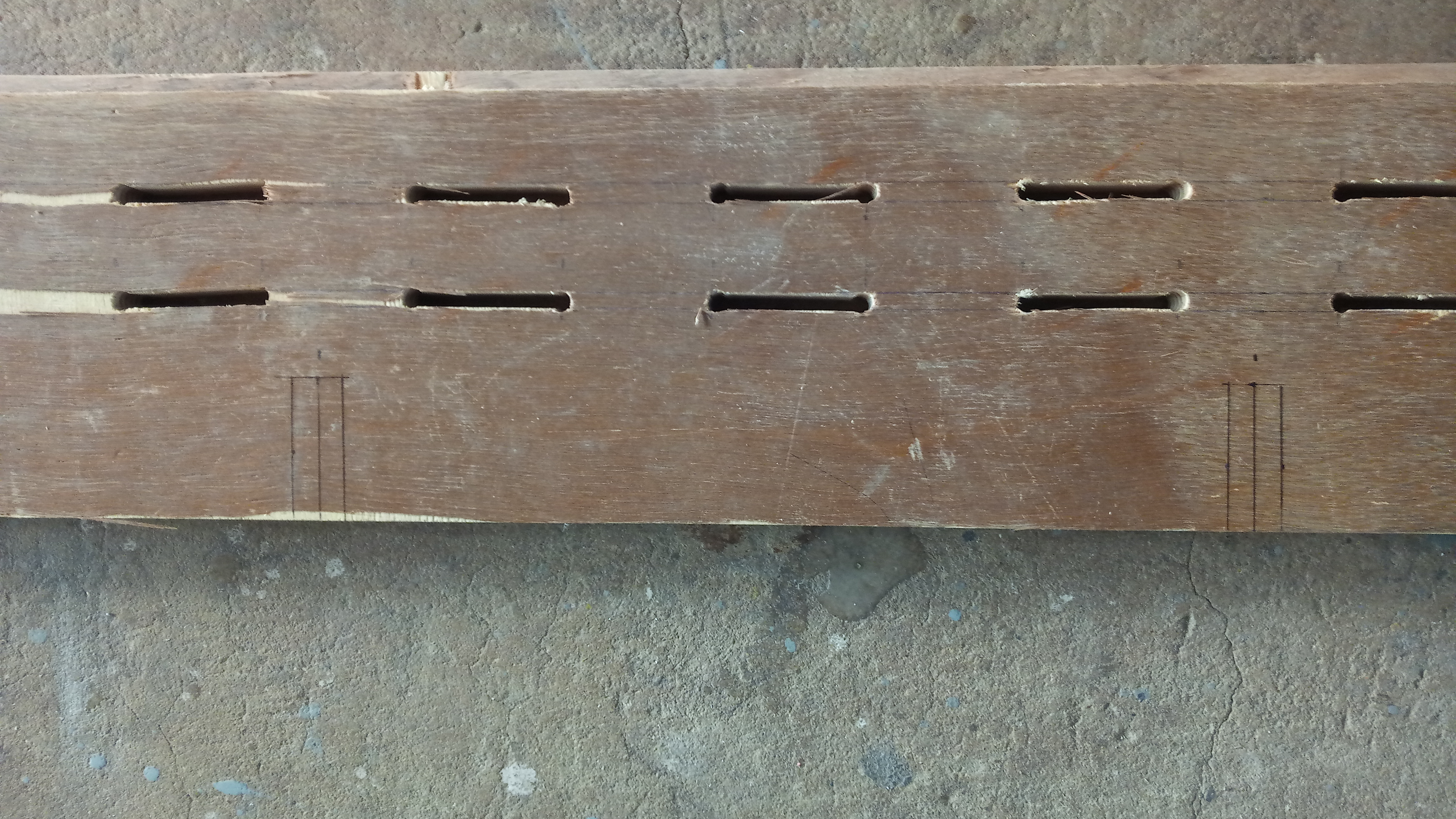.jpg)
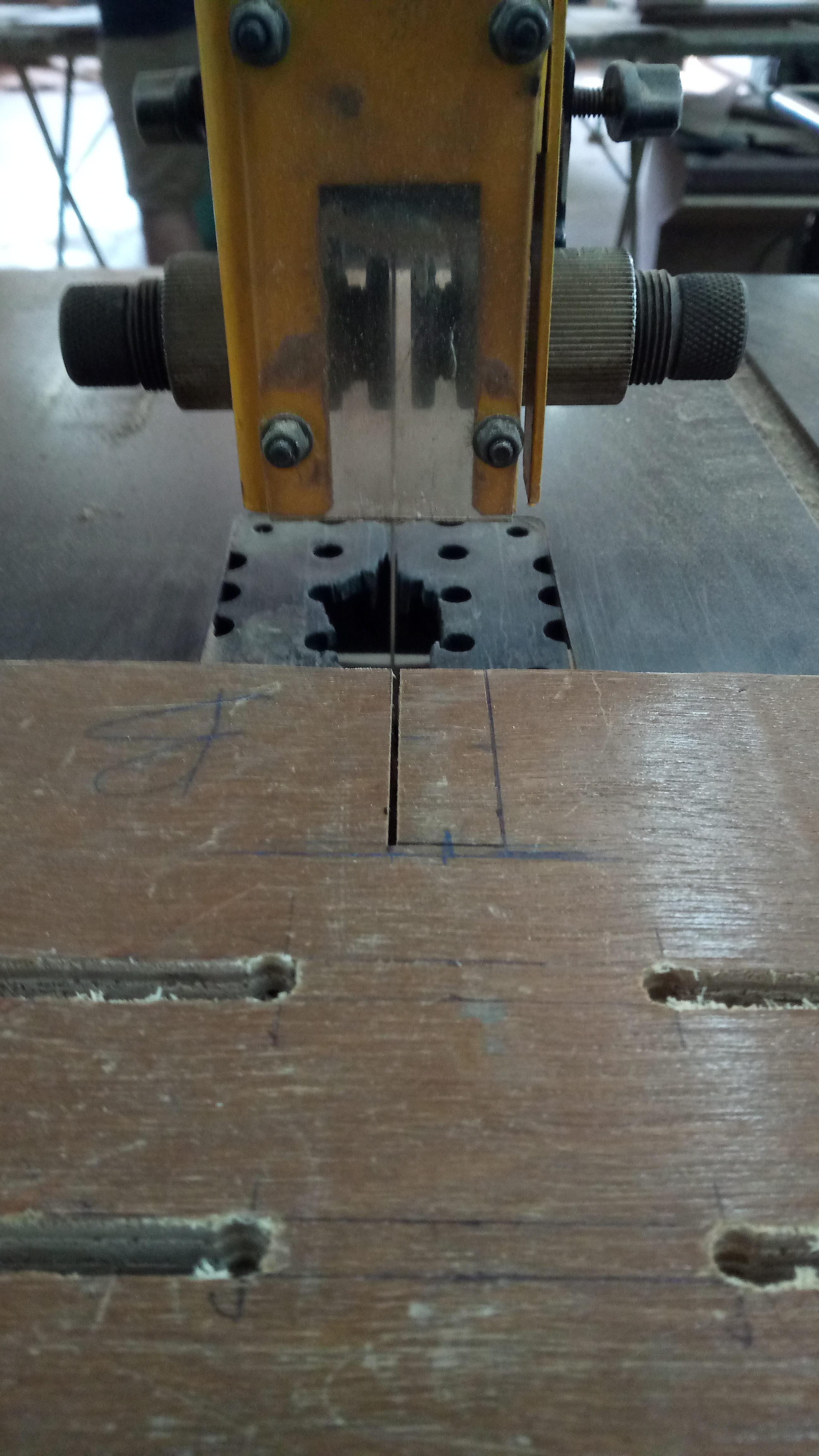.jpg)
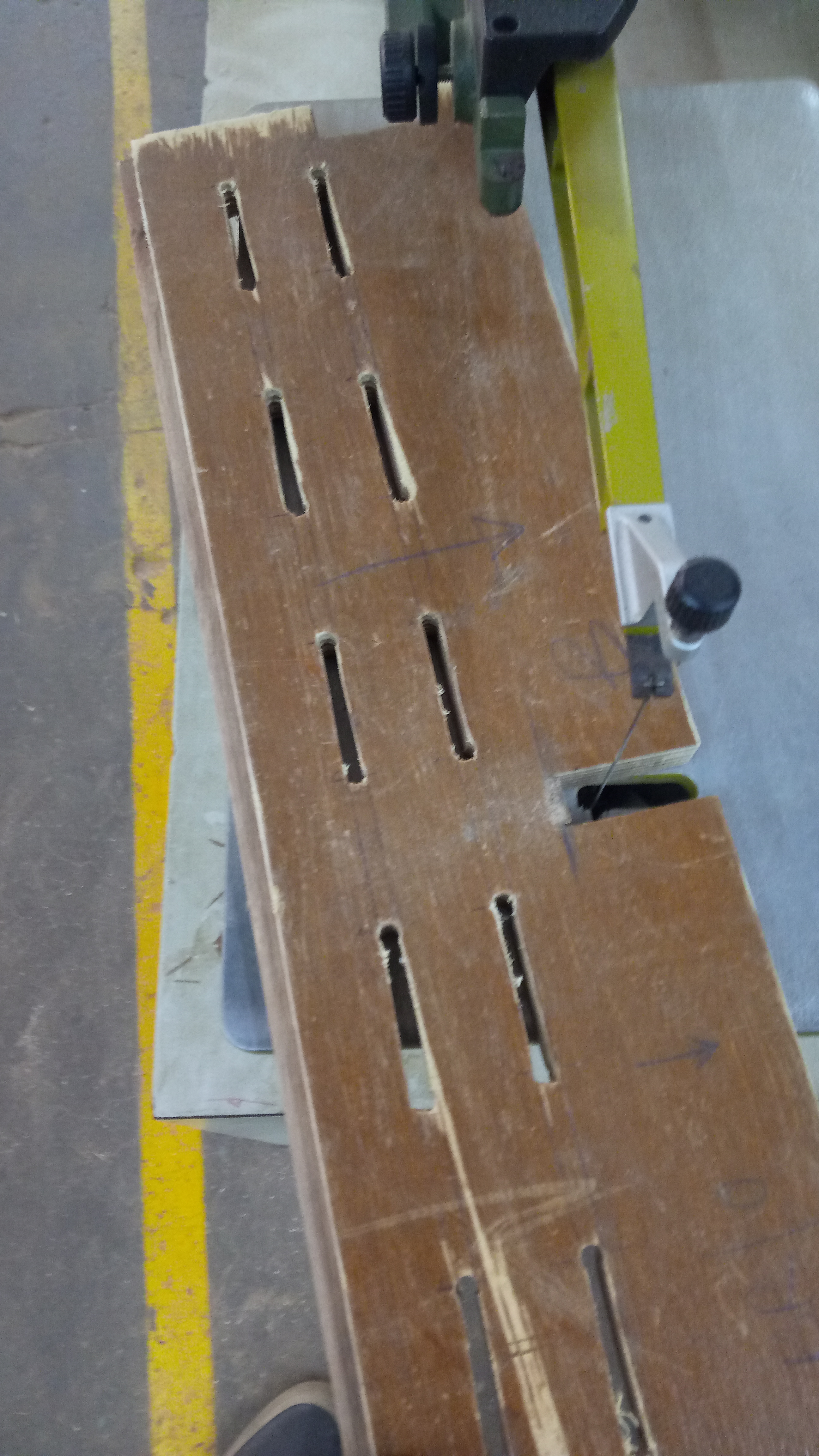.jpg)
1. Mark the slits to be cut
2. Cut it using "Bandsaw" and "Jigsaw"
note: Top and bottom panels are not exactly identical in this step. See bottom slits length.
Dowels : Cutting
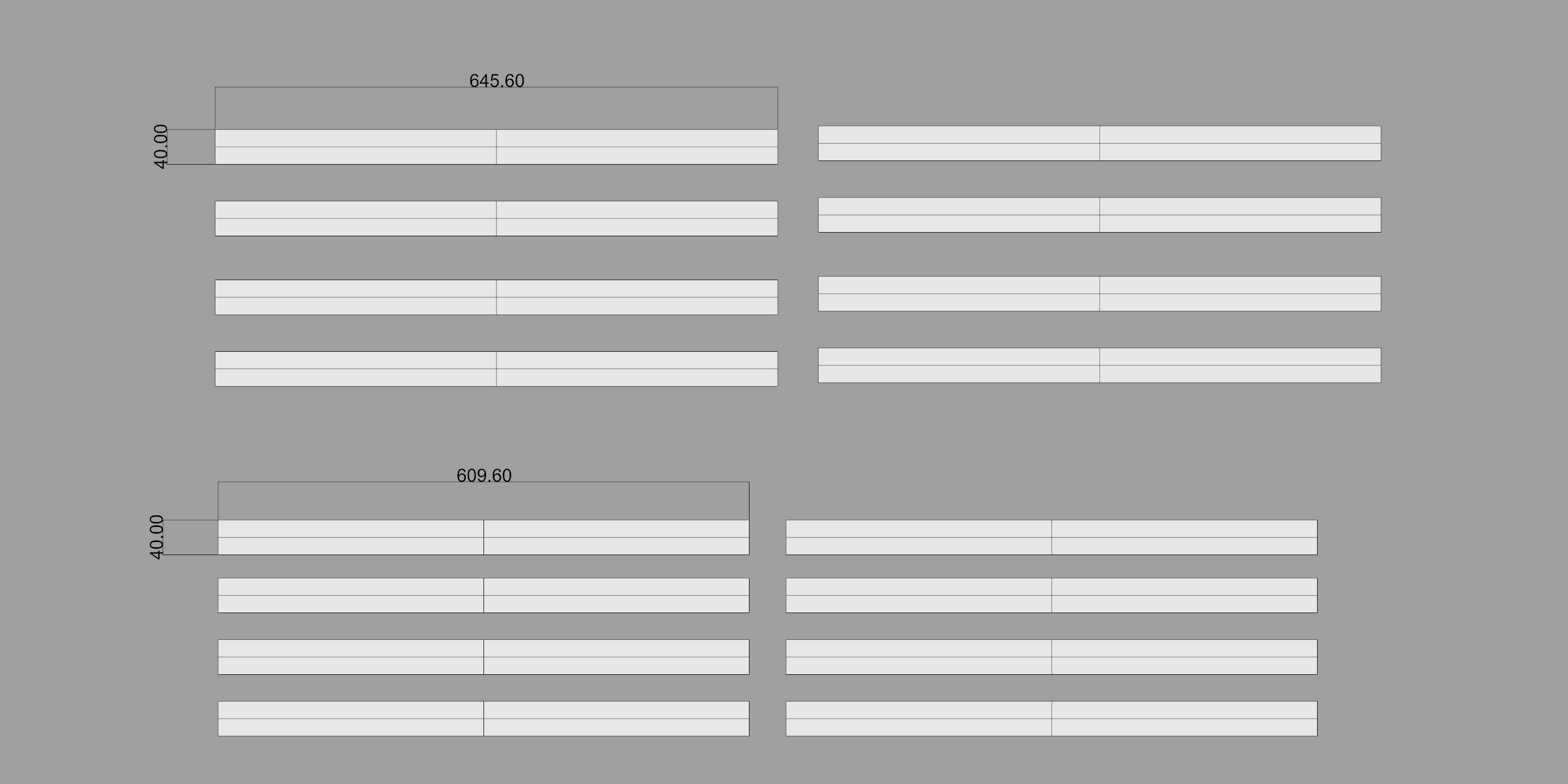.jpg)
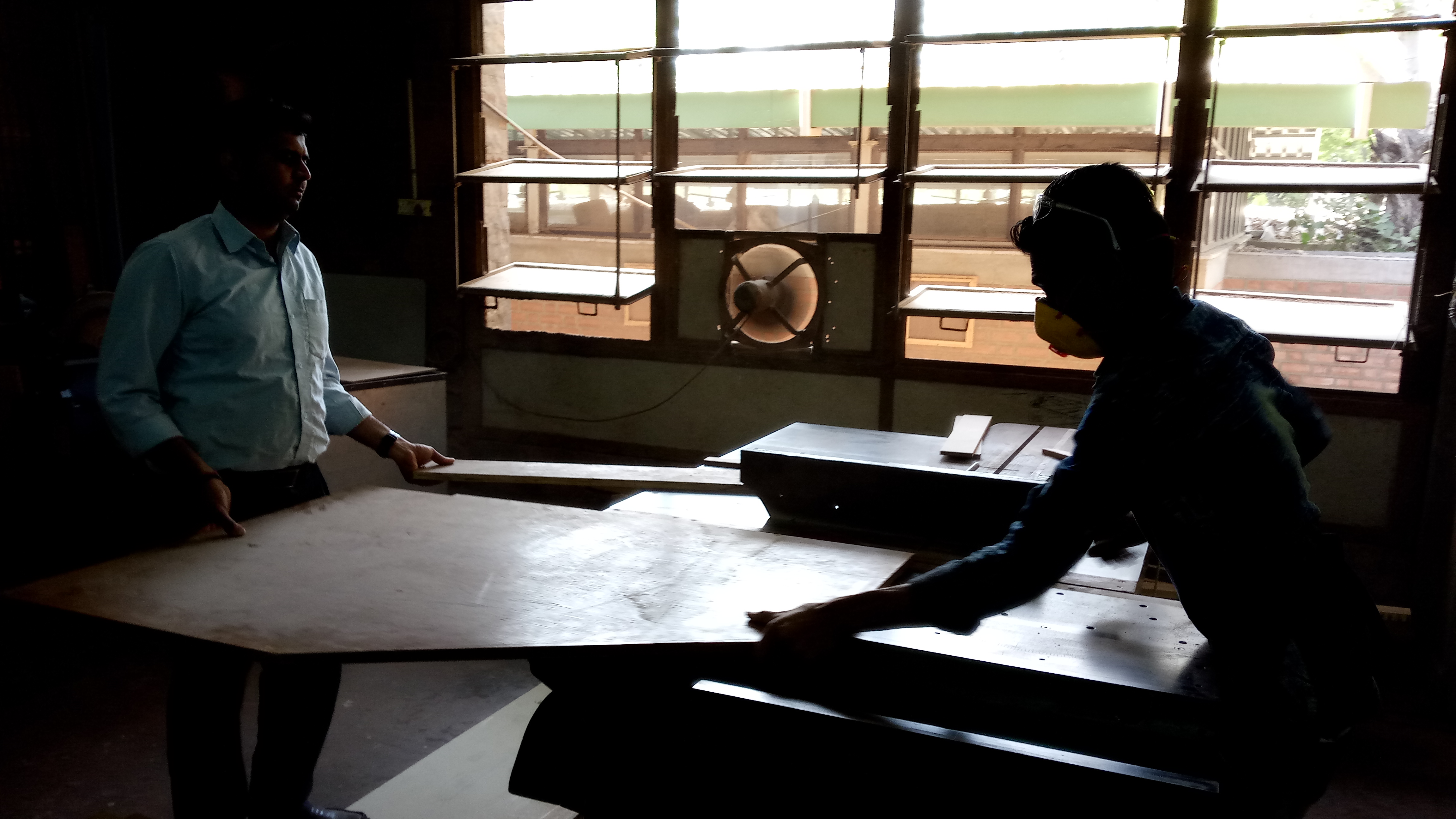.jpg)
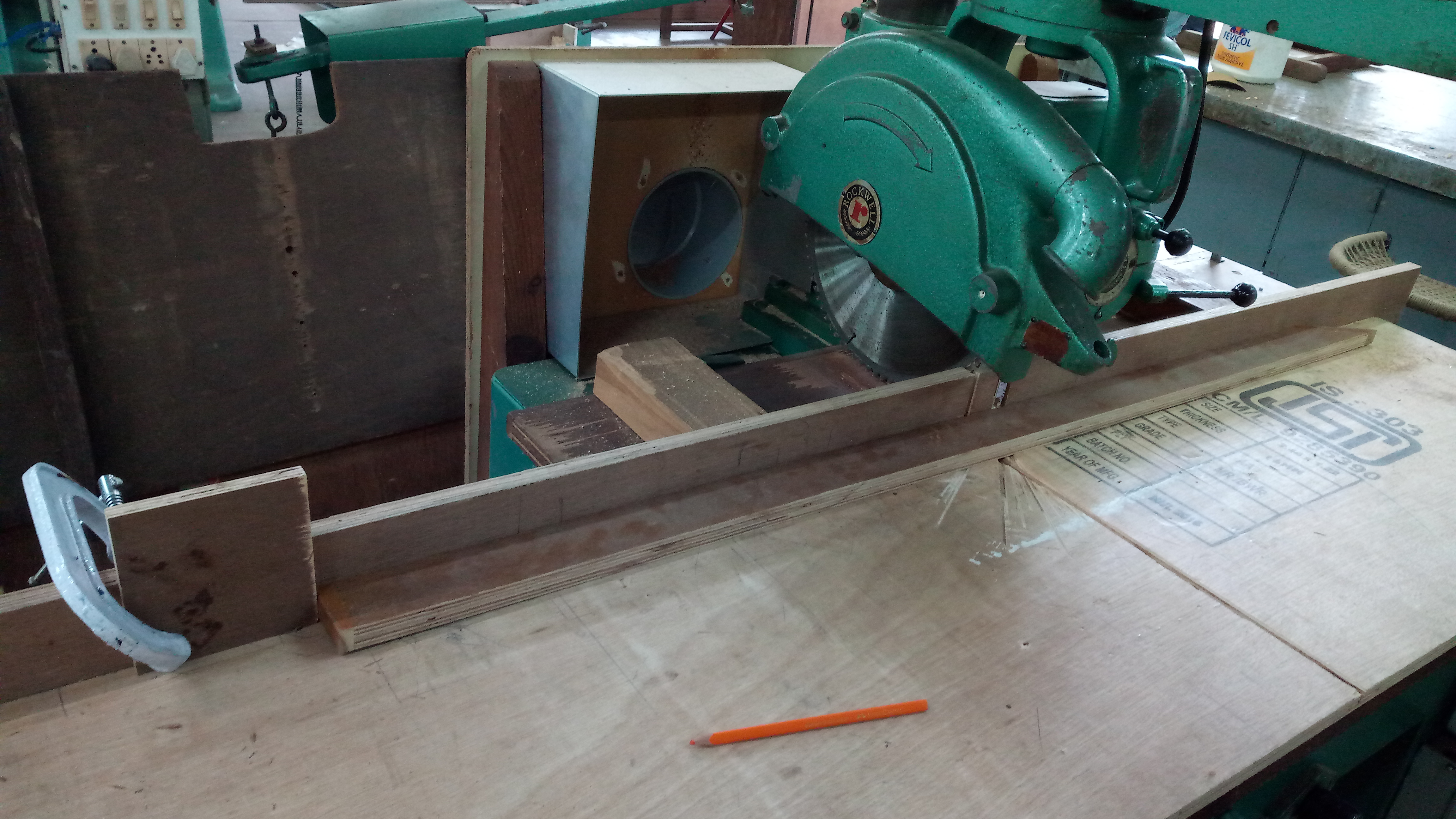.jpg)
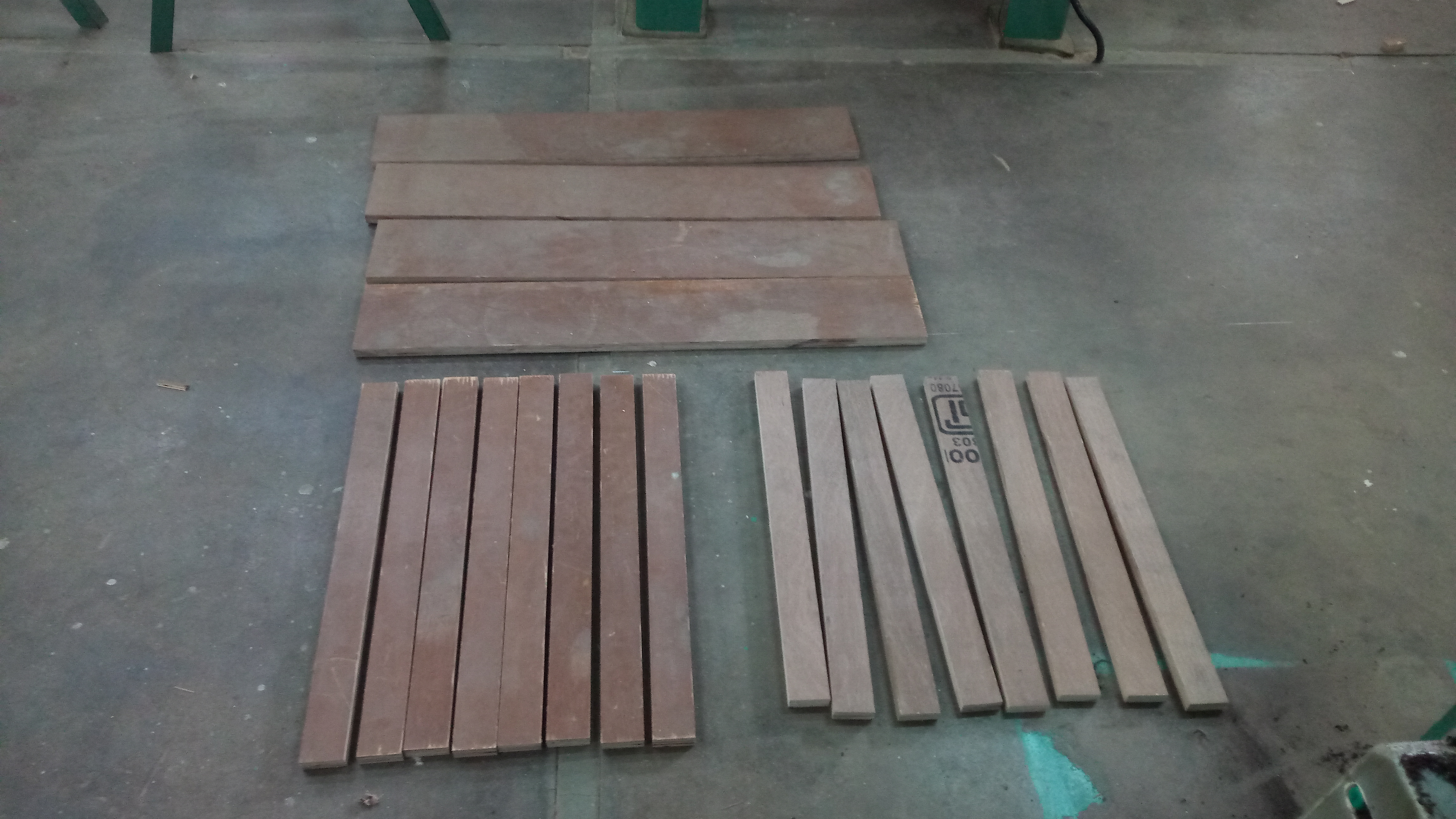.jpg)
1. Measure the length and cut 8 + 8 pieces using a "table saw" and "circular saw"
2. Clean for any slivers.
Dowels: Sticking
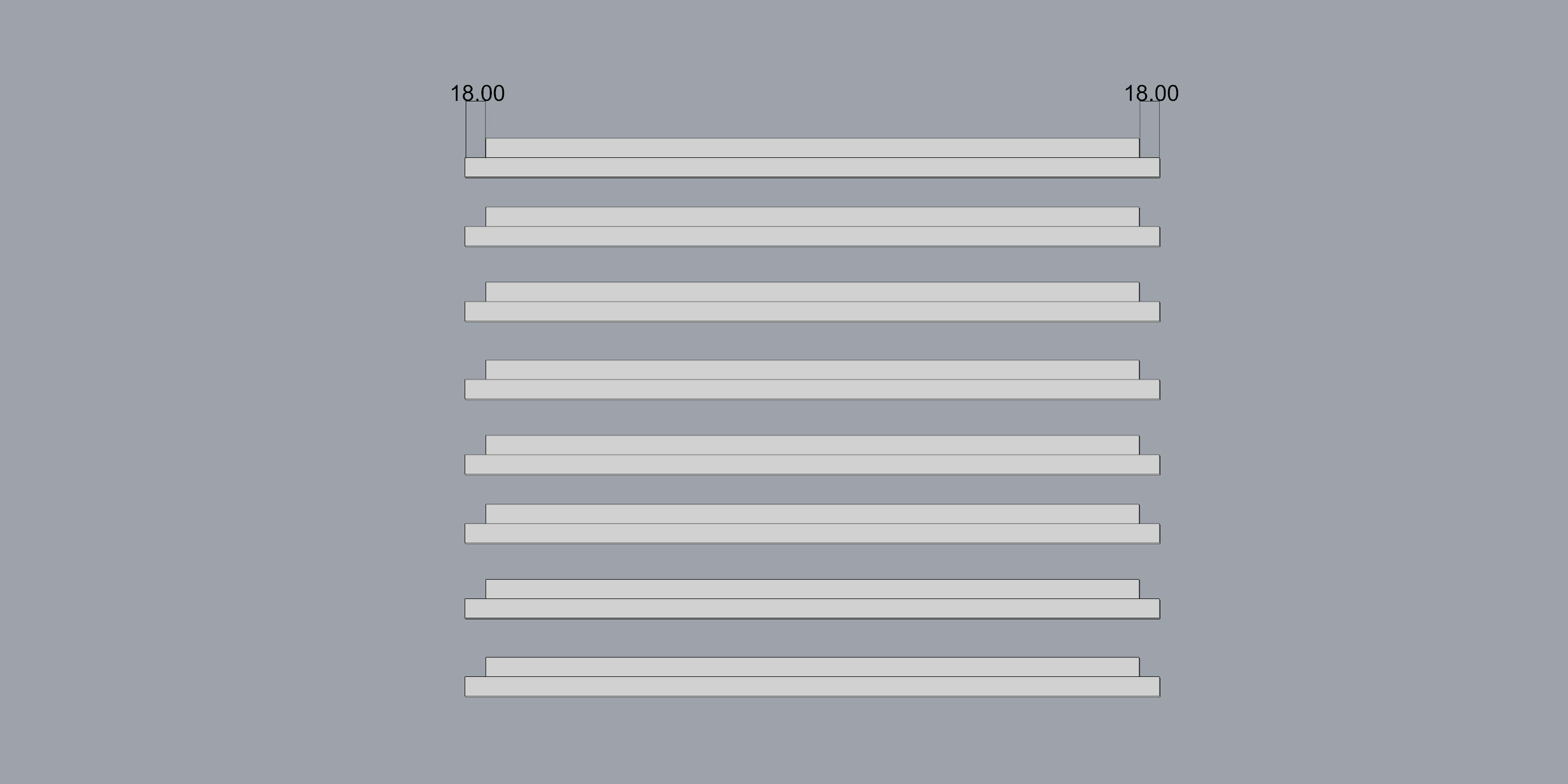.jpg)
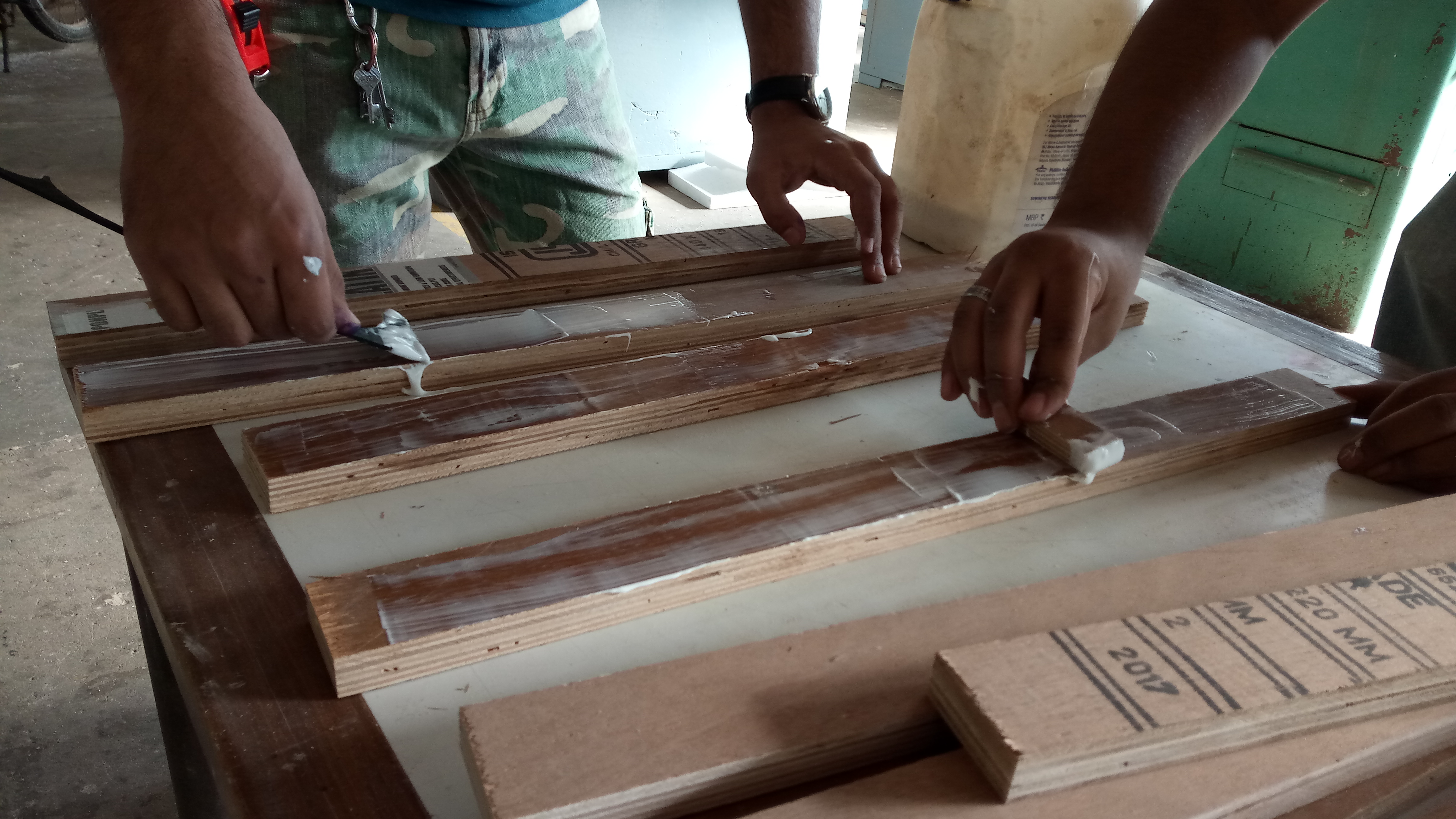.jpg)
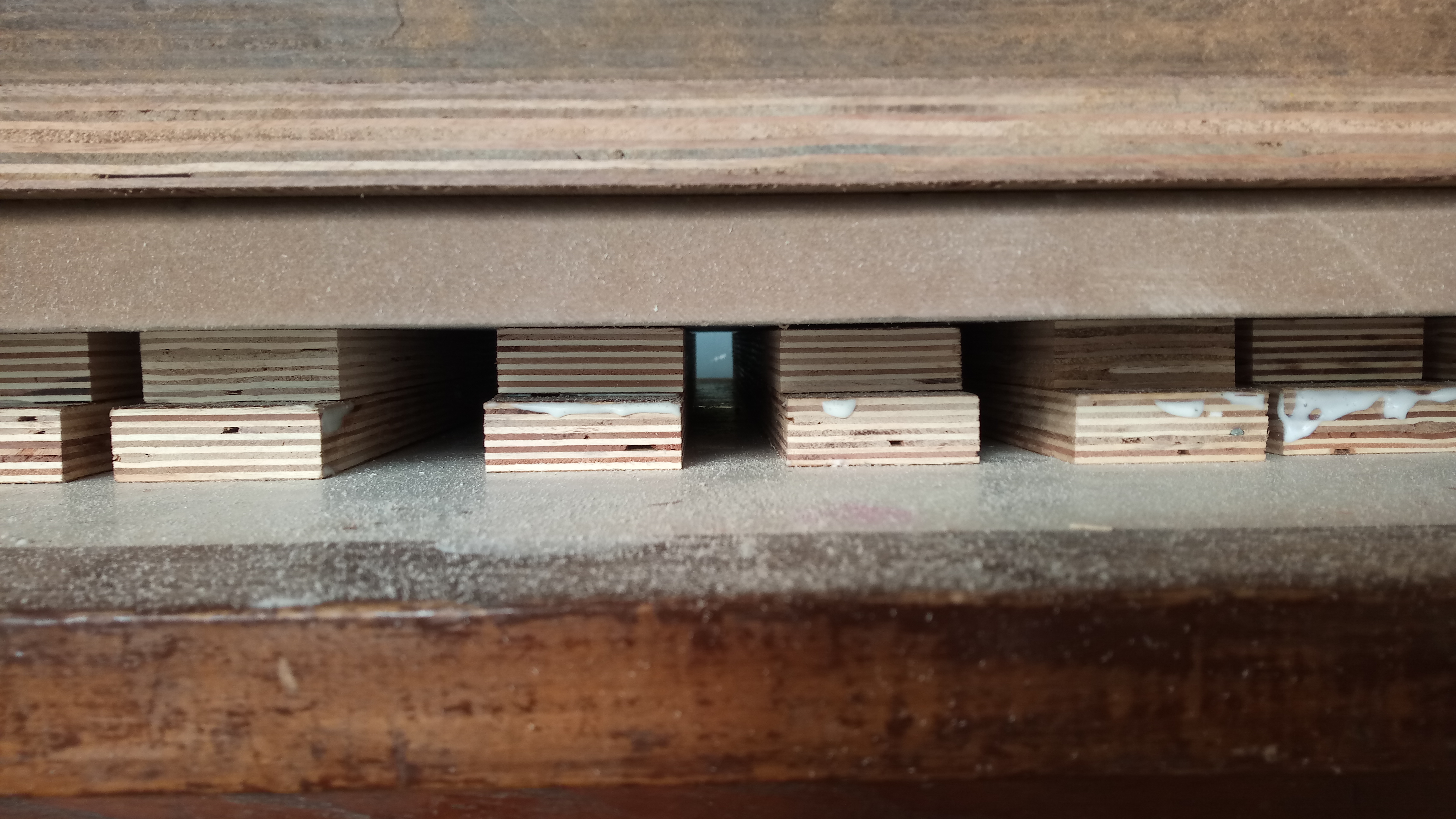.jpg)
1. Stick the smaller dowels on longer ones; centrally align.
2. Apply Fevicol SH for strong stick
3. Put a lot of weight or clamp it for at least 3-4 hours.
4. Sand the edges after its stuck properly.
This will increase the strength of dowels
French Cleat: for Joinery
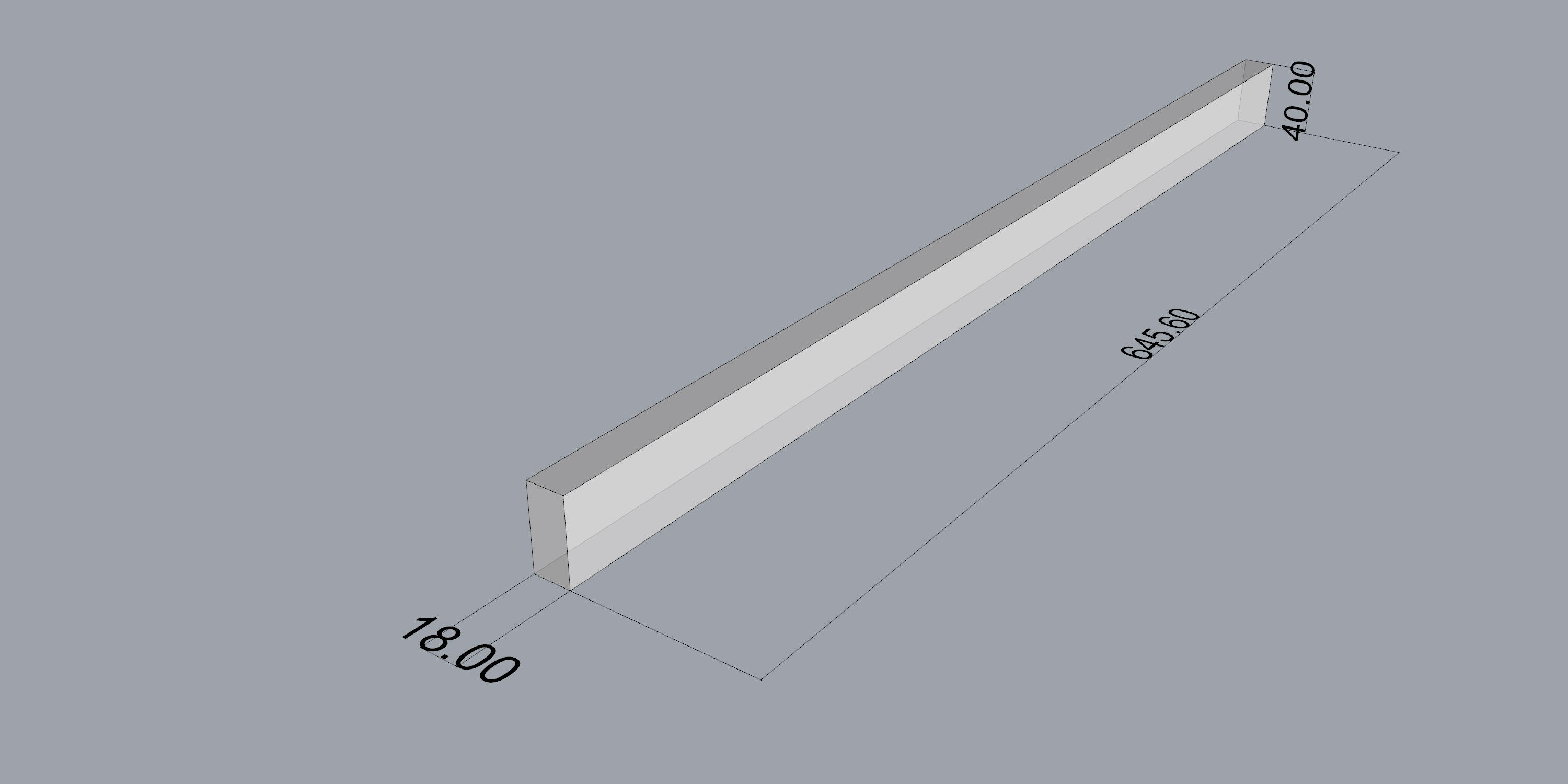.jpg)
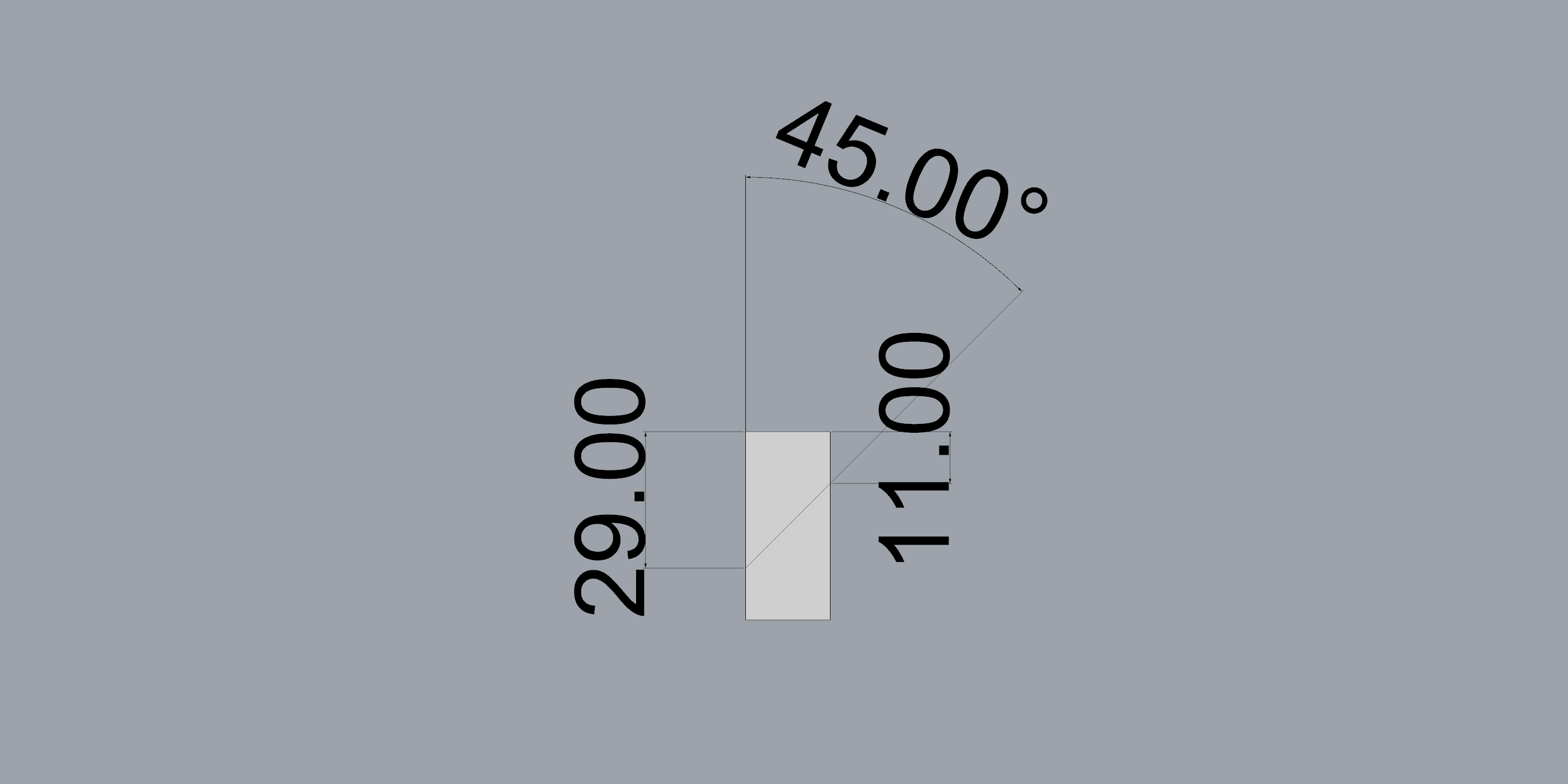.jpg)
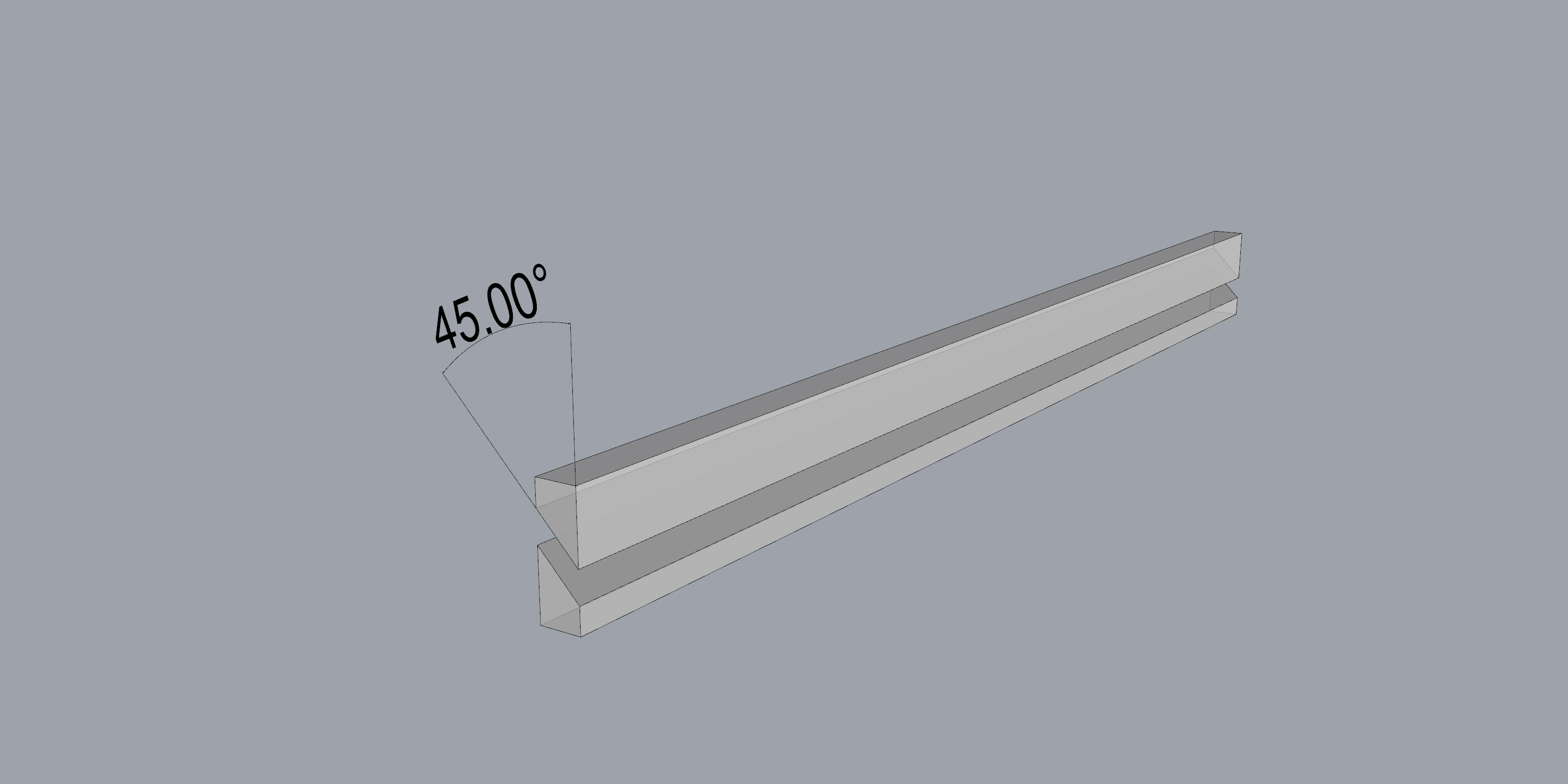.jpg)
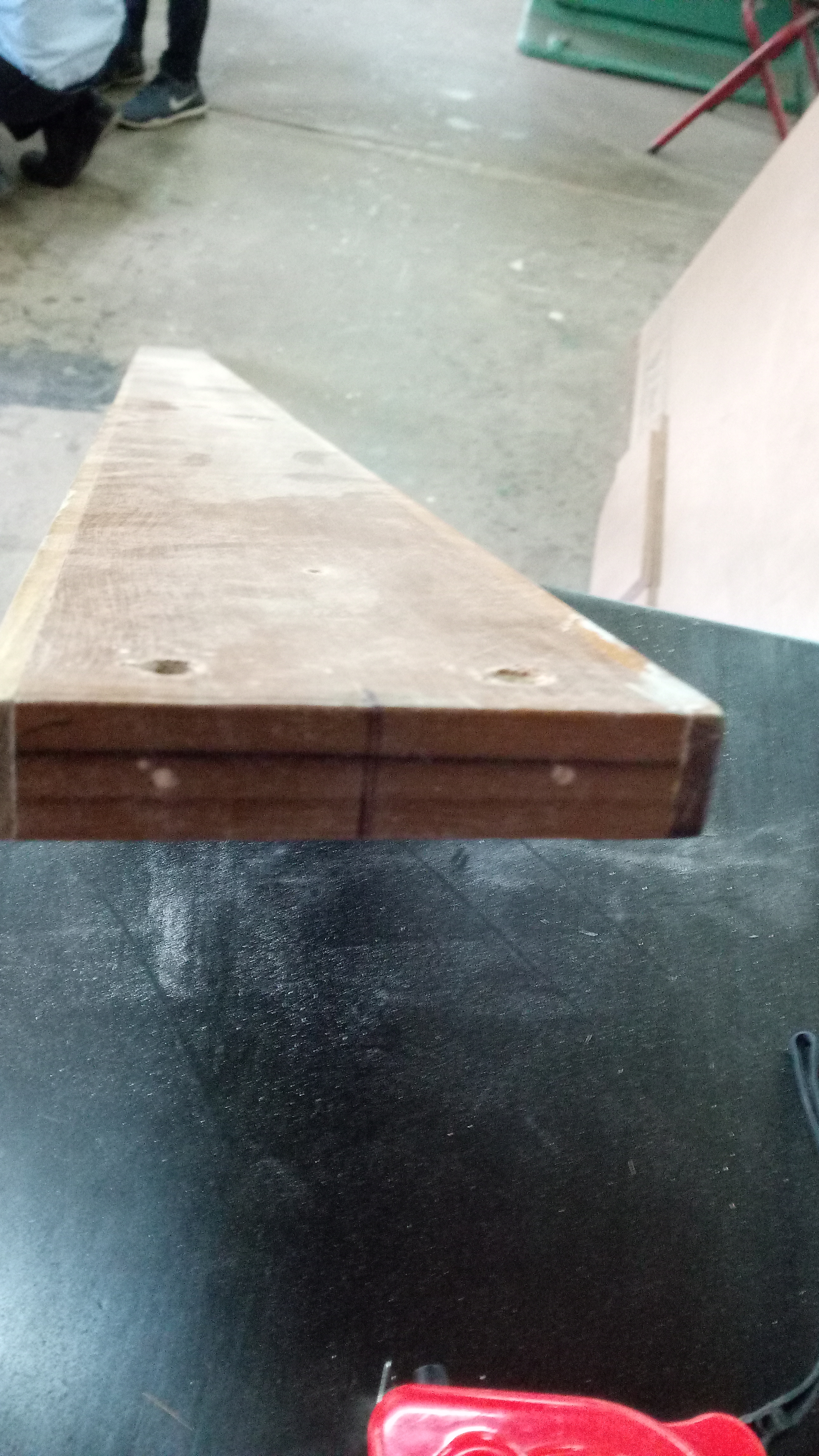.jpg)
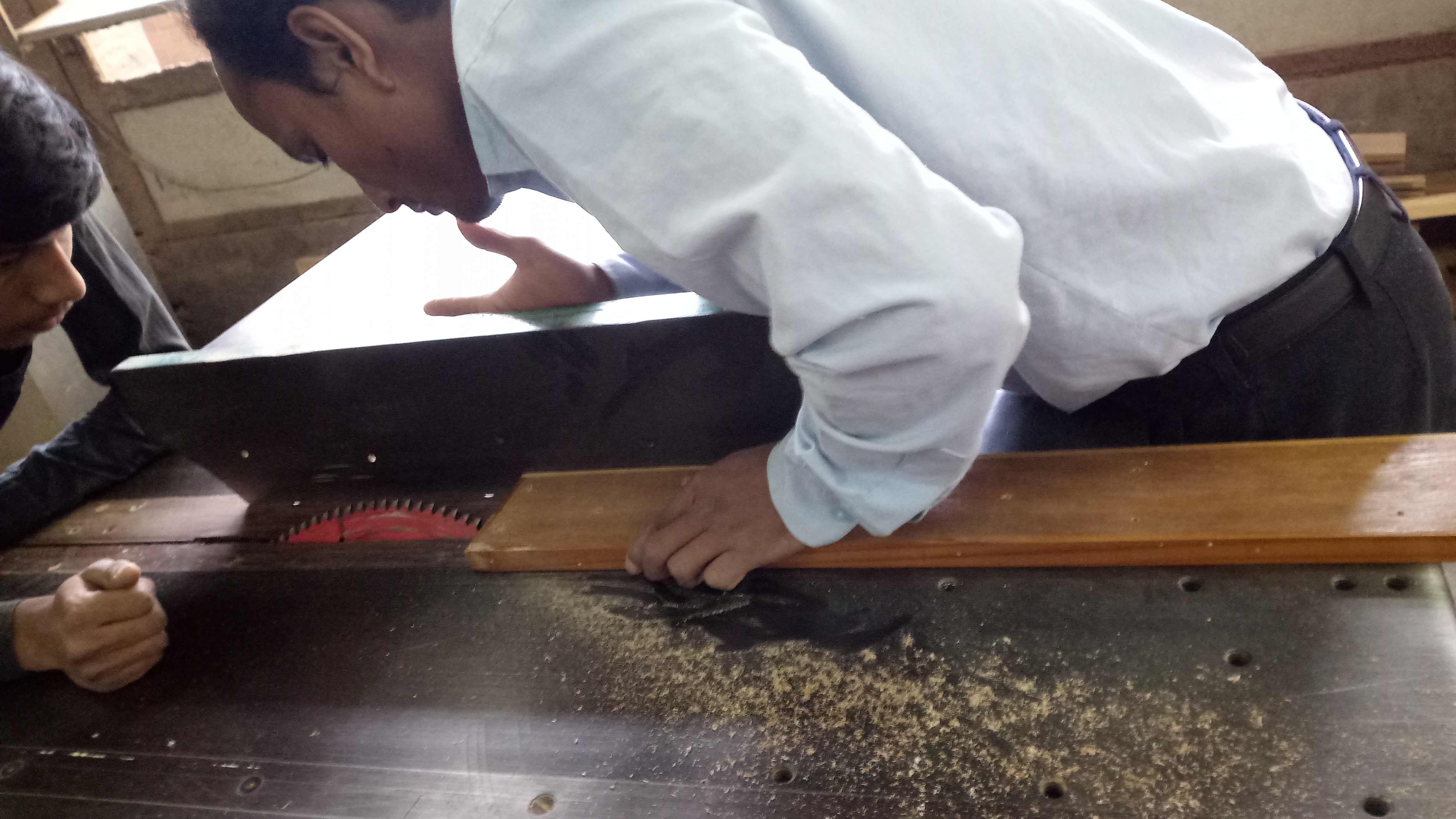.jpg)
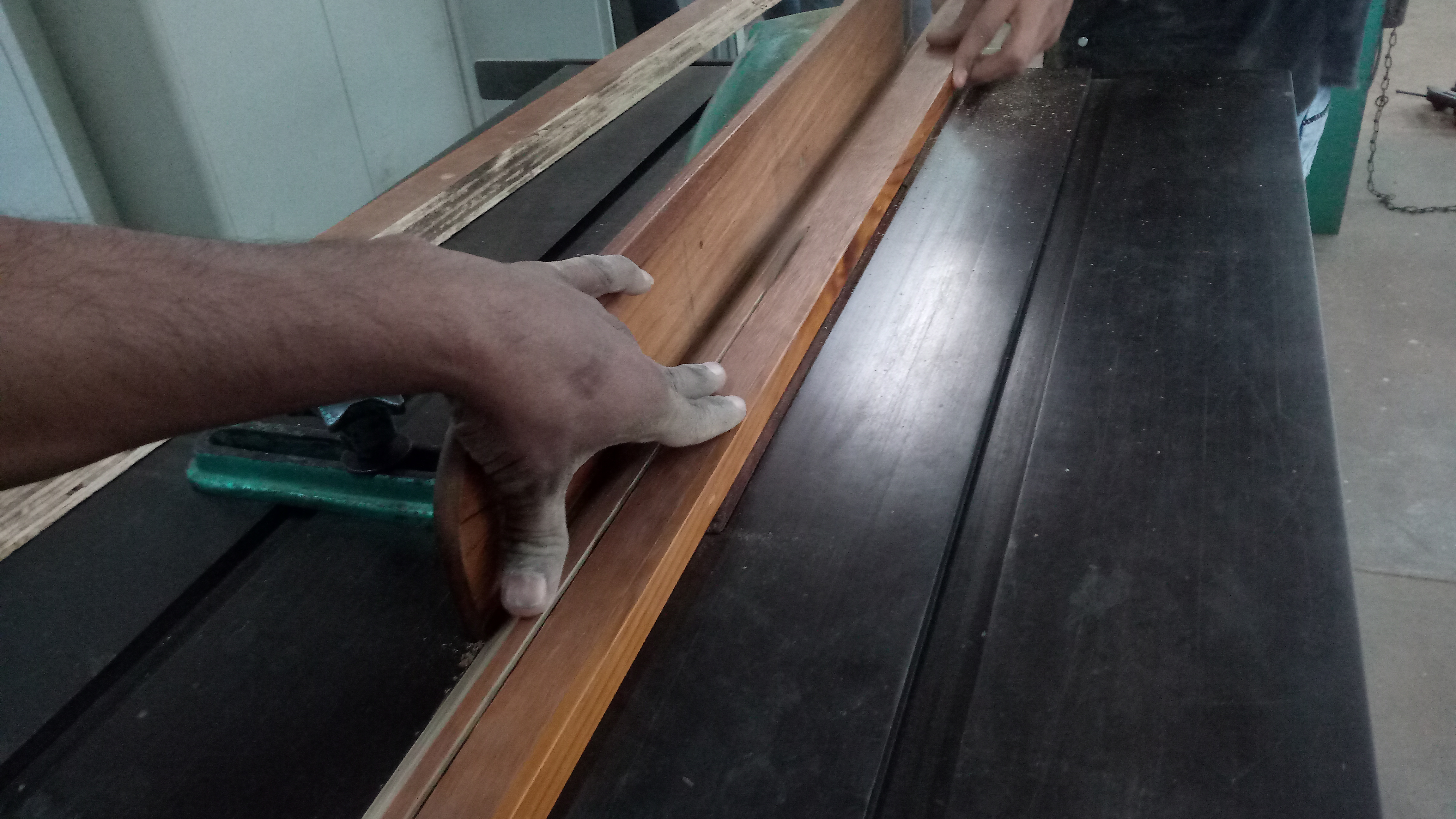.jpg)
.jpg)
1. Cut the plank acc to the given dimensions.
2. Mark center and draw a 45degree line through that.
3. Set the "table saw" cutter to 45degree.
4. Cut the plank and then cut it according to the length.
French Cleat: Sticking to the Dowel
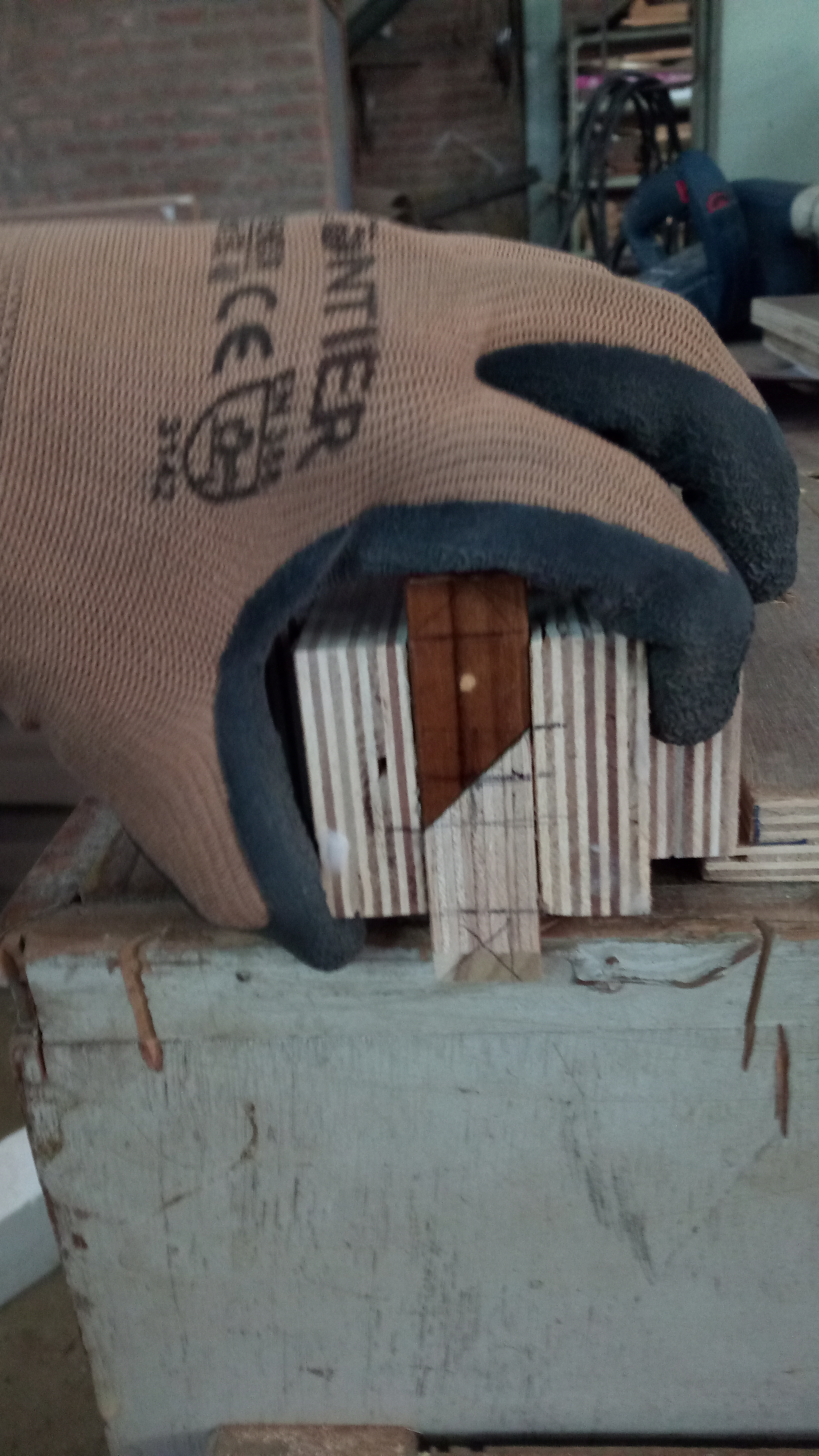.jpg)
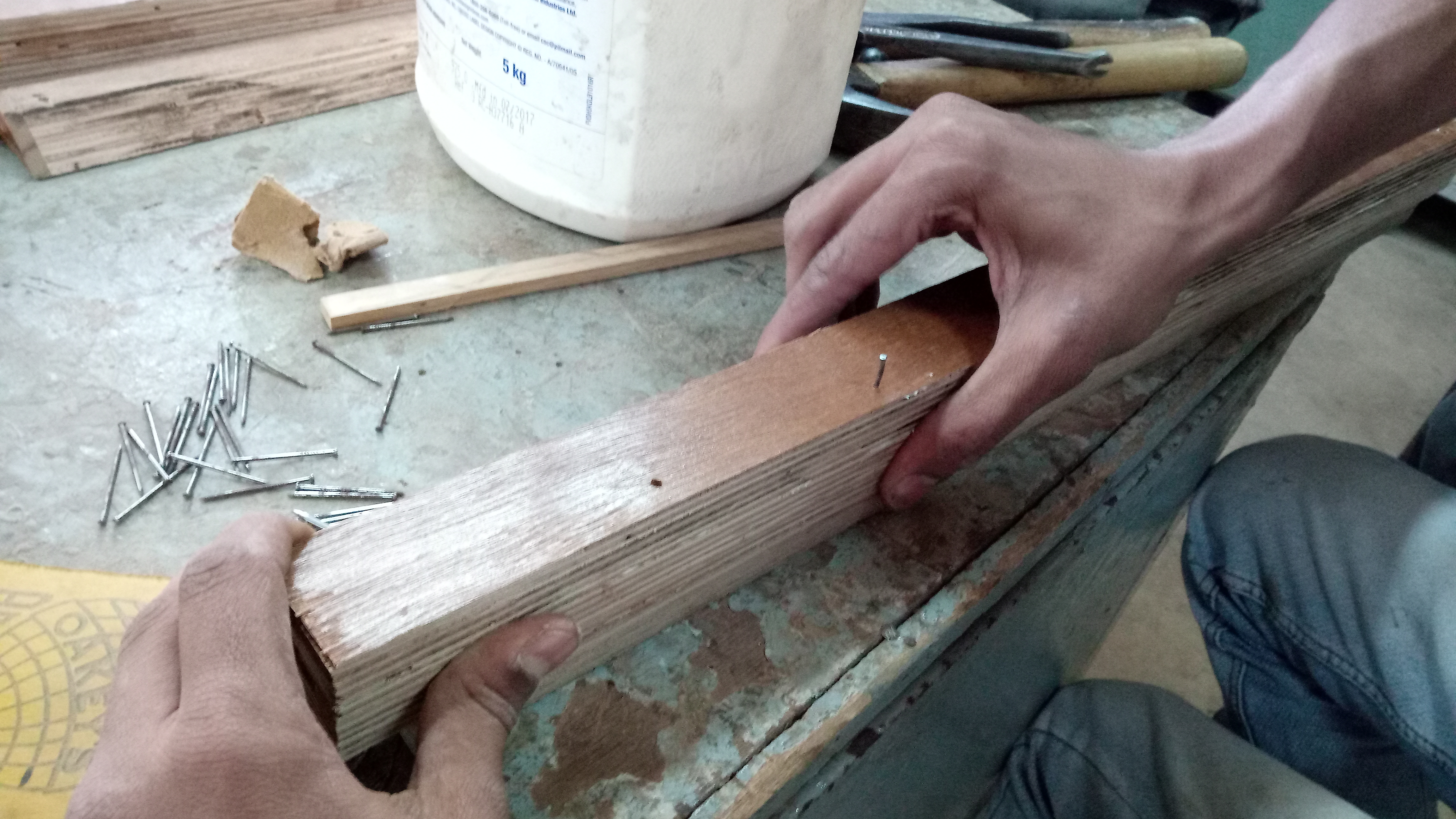.jpg)
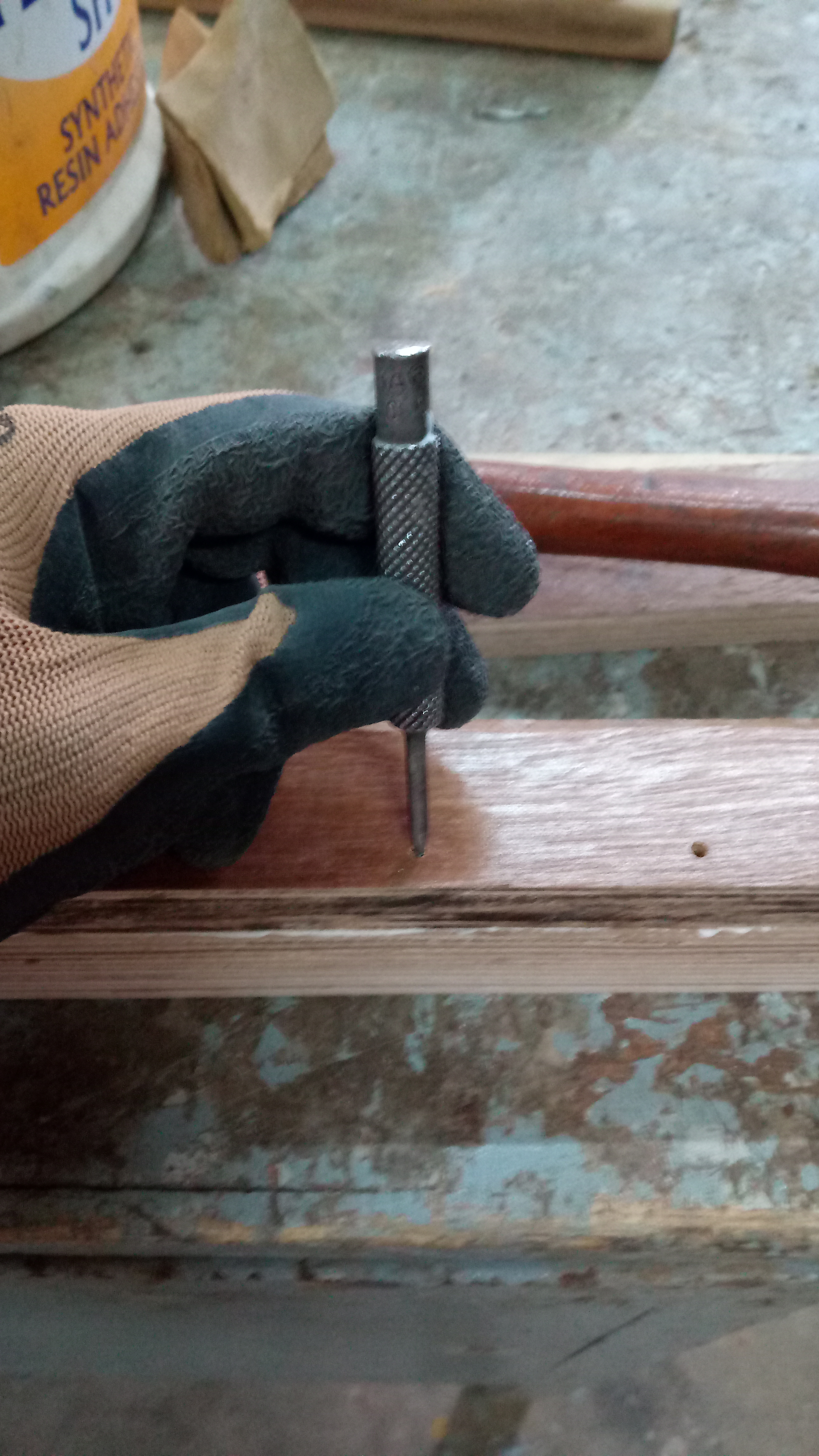.jpg)
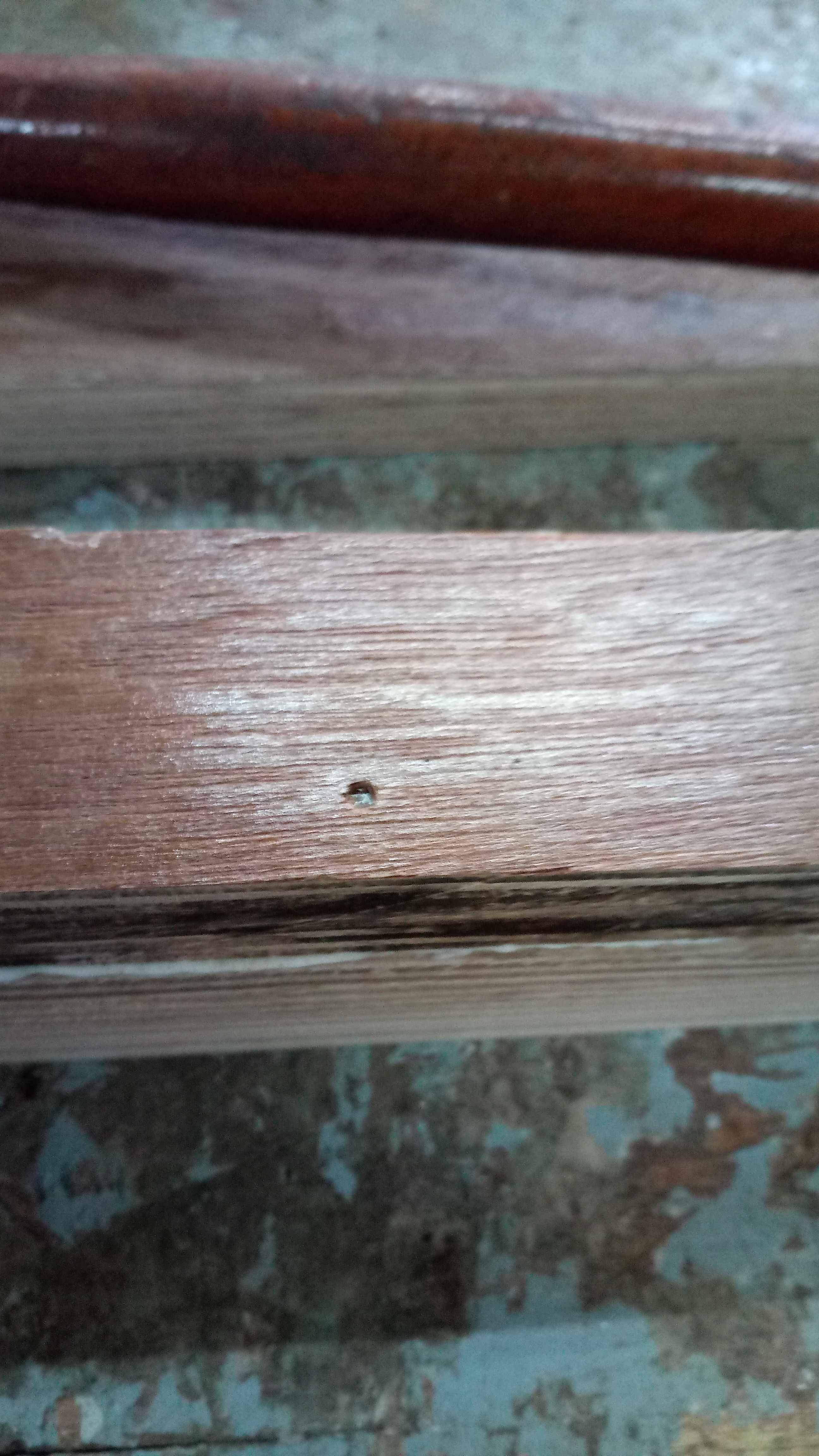.jpg)
1. Stick the french cleat pairs to two of the dowels.
2. First, stick it with "fevicol sh"
3. Put 3-4 nails for extra strength
4. Punch the nails for finishing.
Table Top
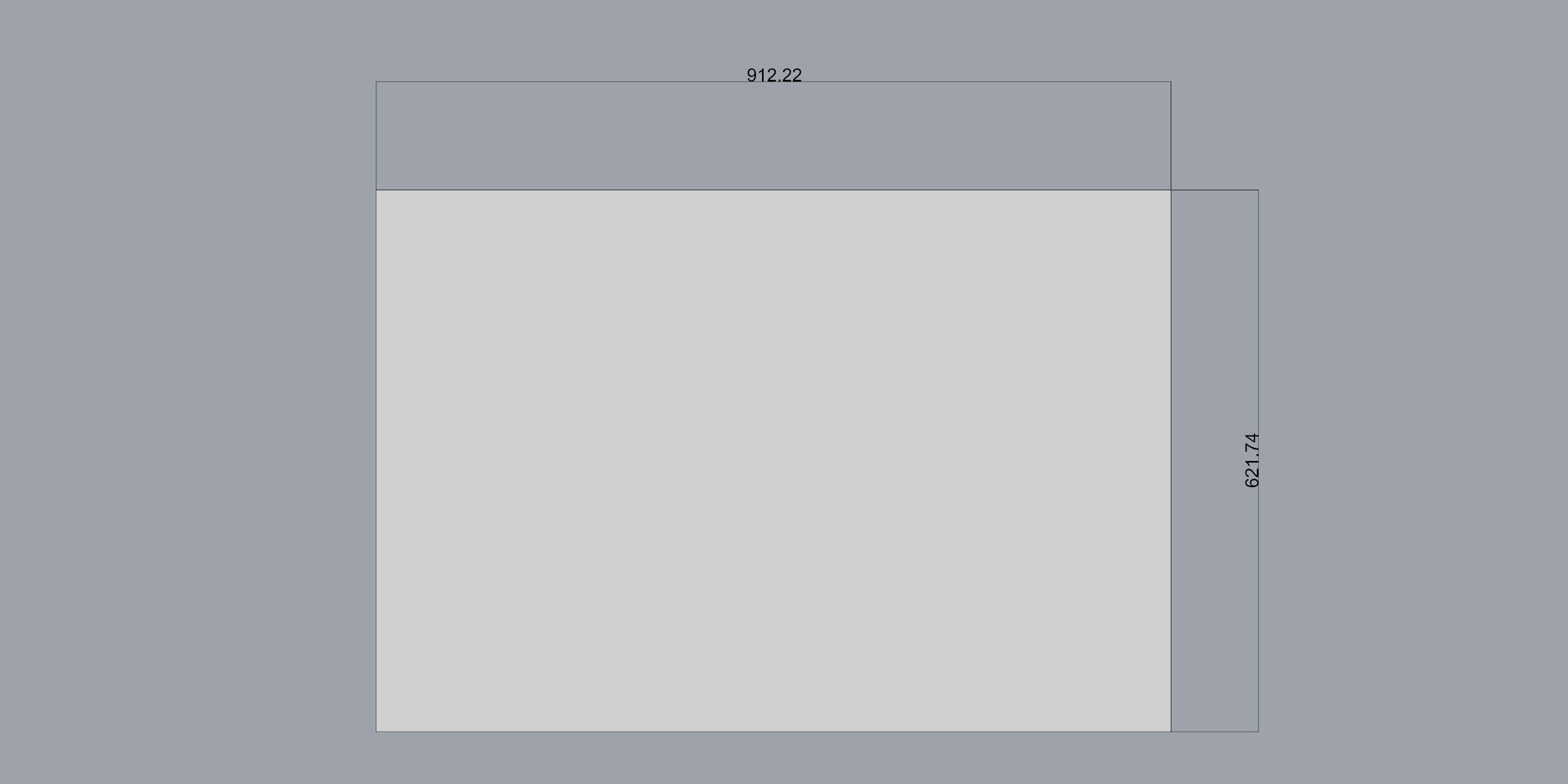
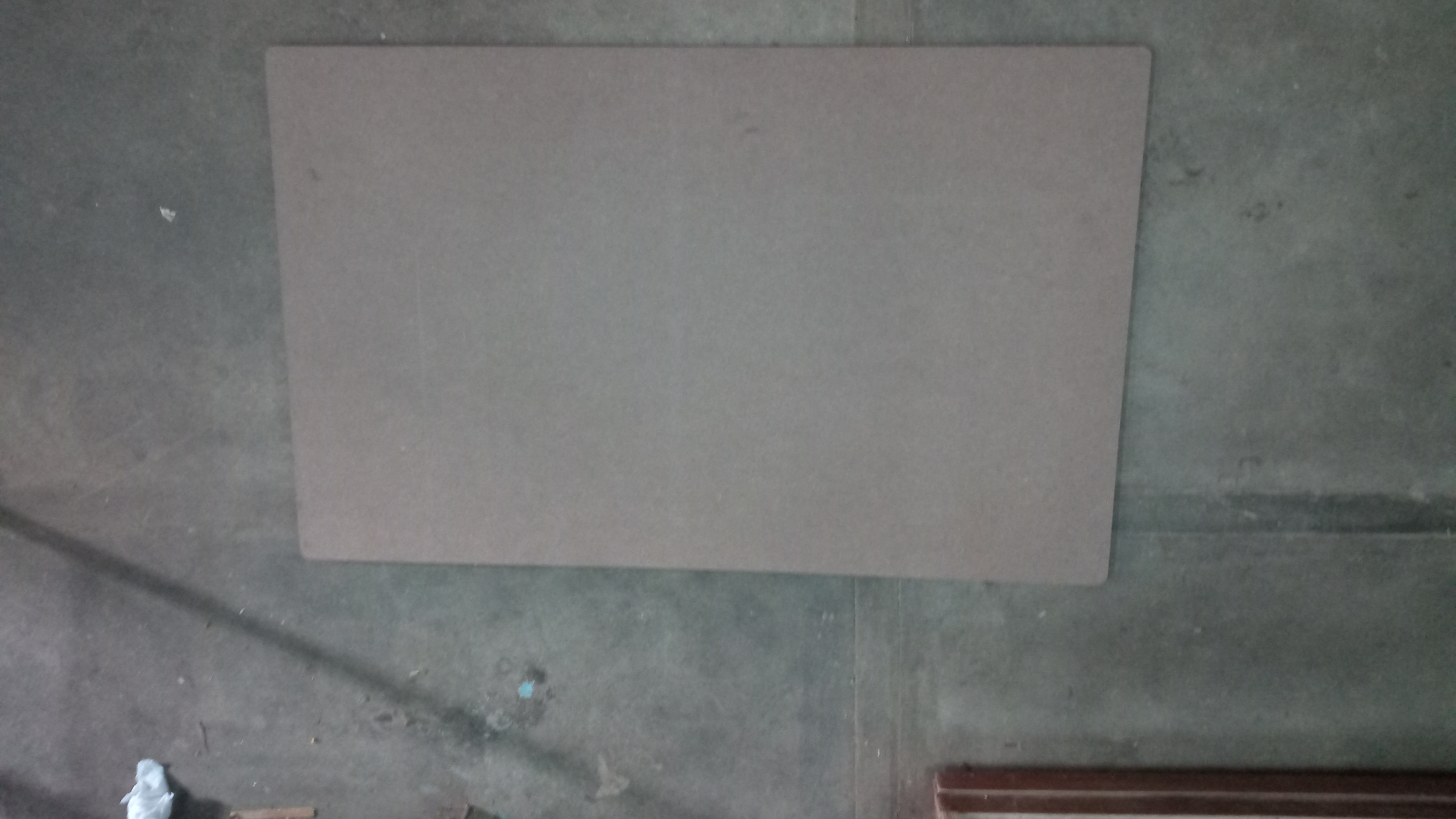
1. Mark the dimensions
2. Cut using "table saw"
3. Round the corners for clean look
Sanding the Pieces
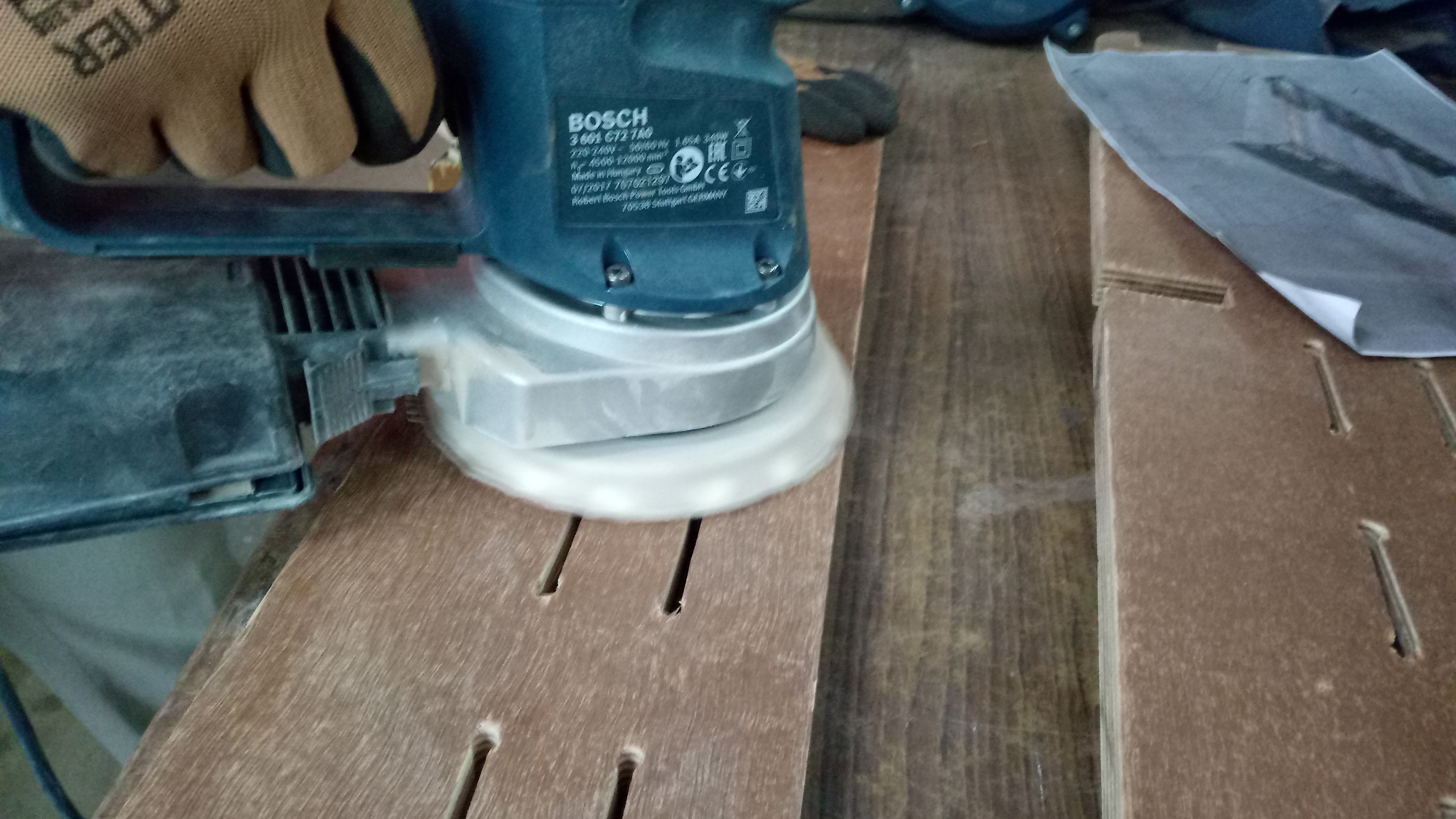.jpg)
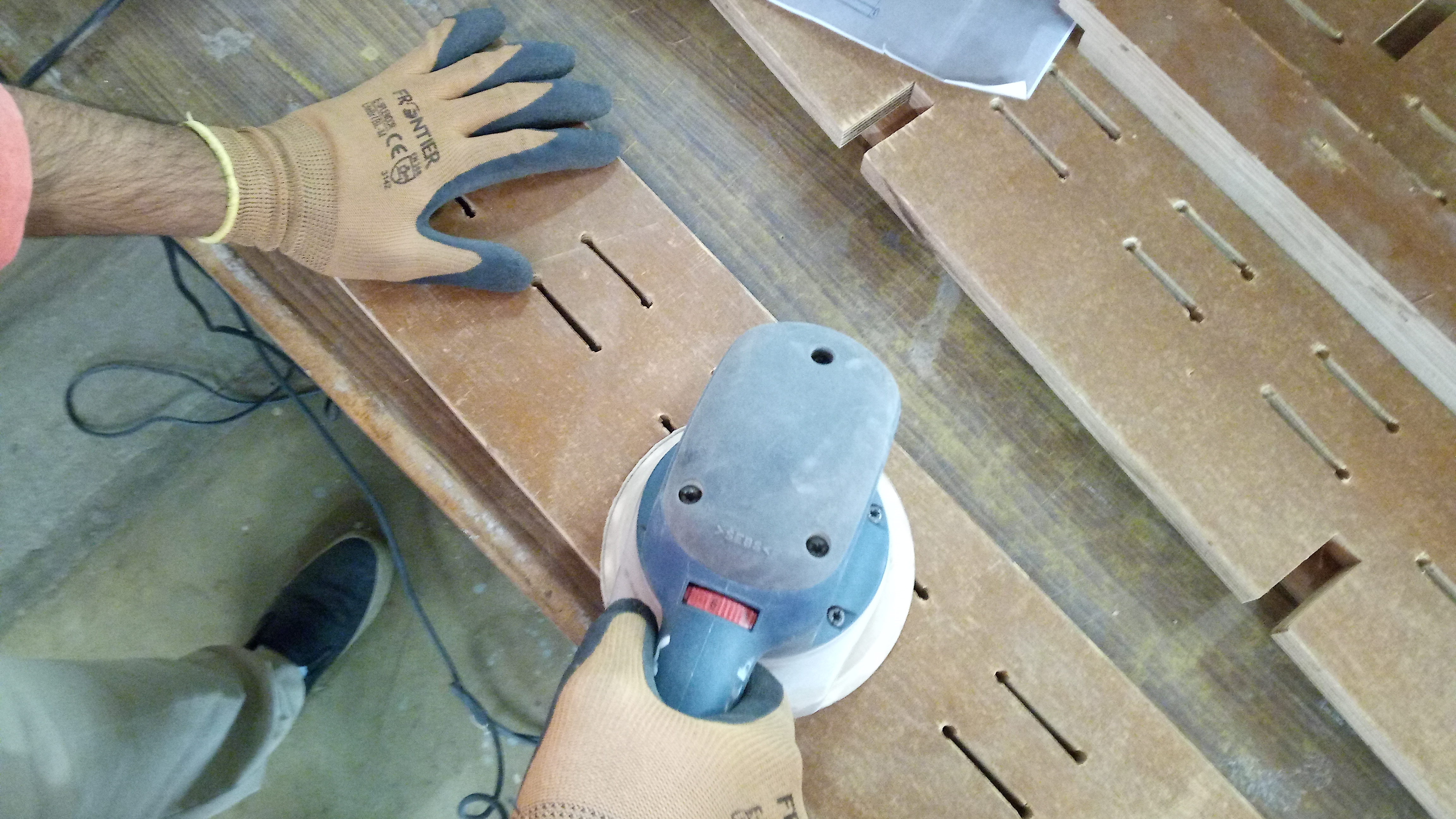.jpg)
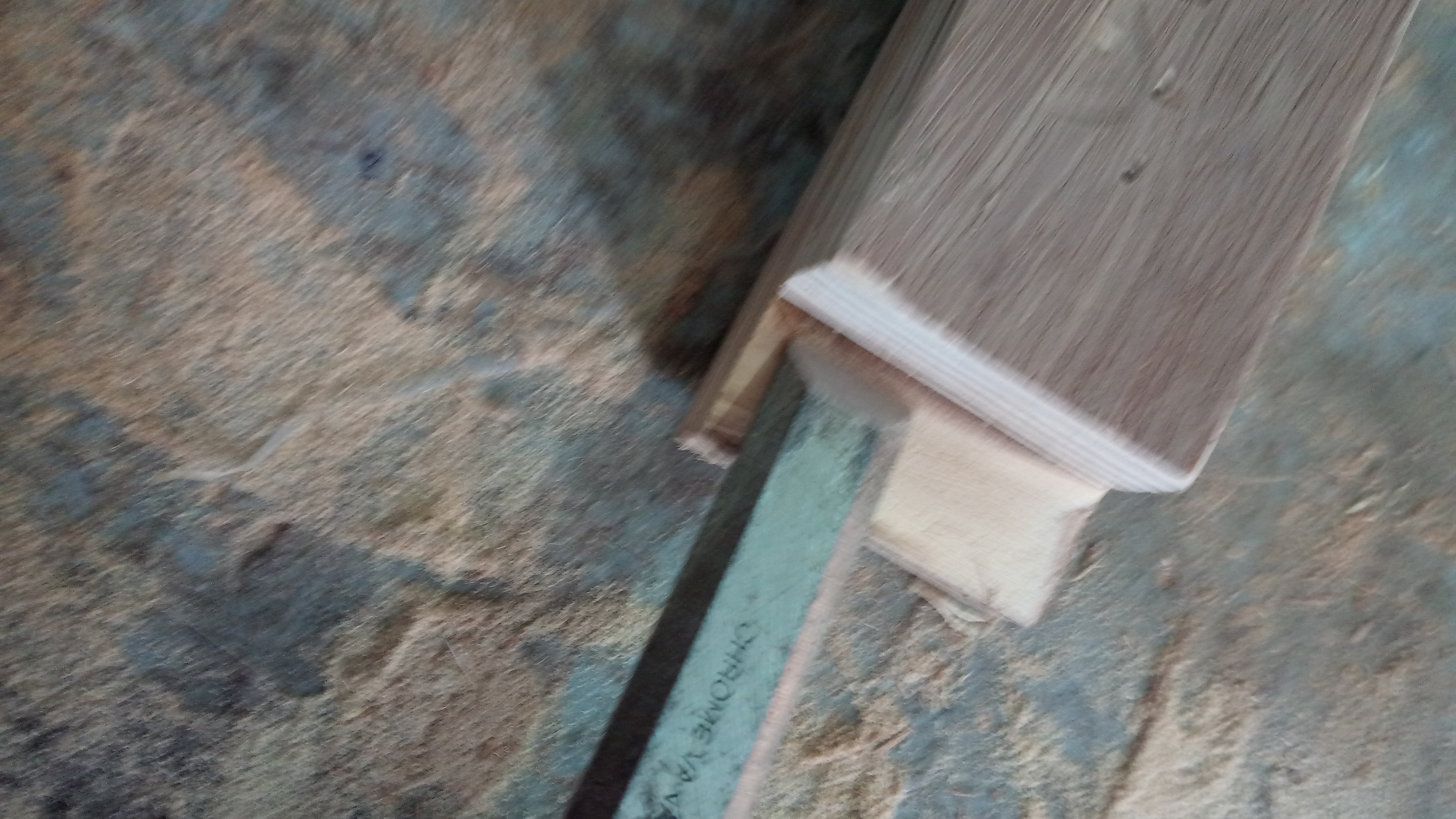.jpg)
1. Sand all the pieces using "hand sander"
2. Get rid of slivers and rough edges
3. Use a chisel to smoothen insides.
You can also use Sand paper.
Nailing the Dowels
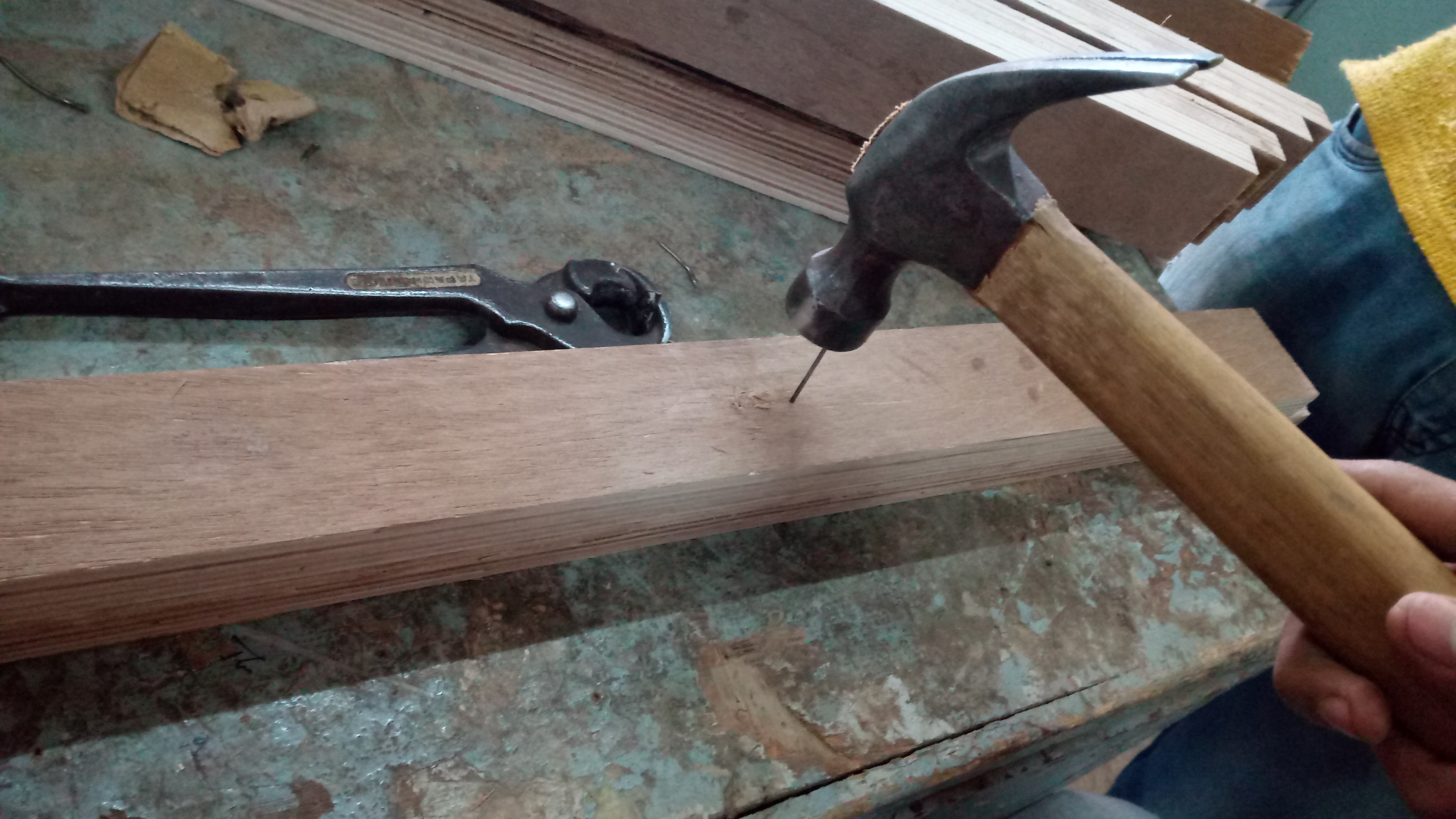.jpg)
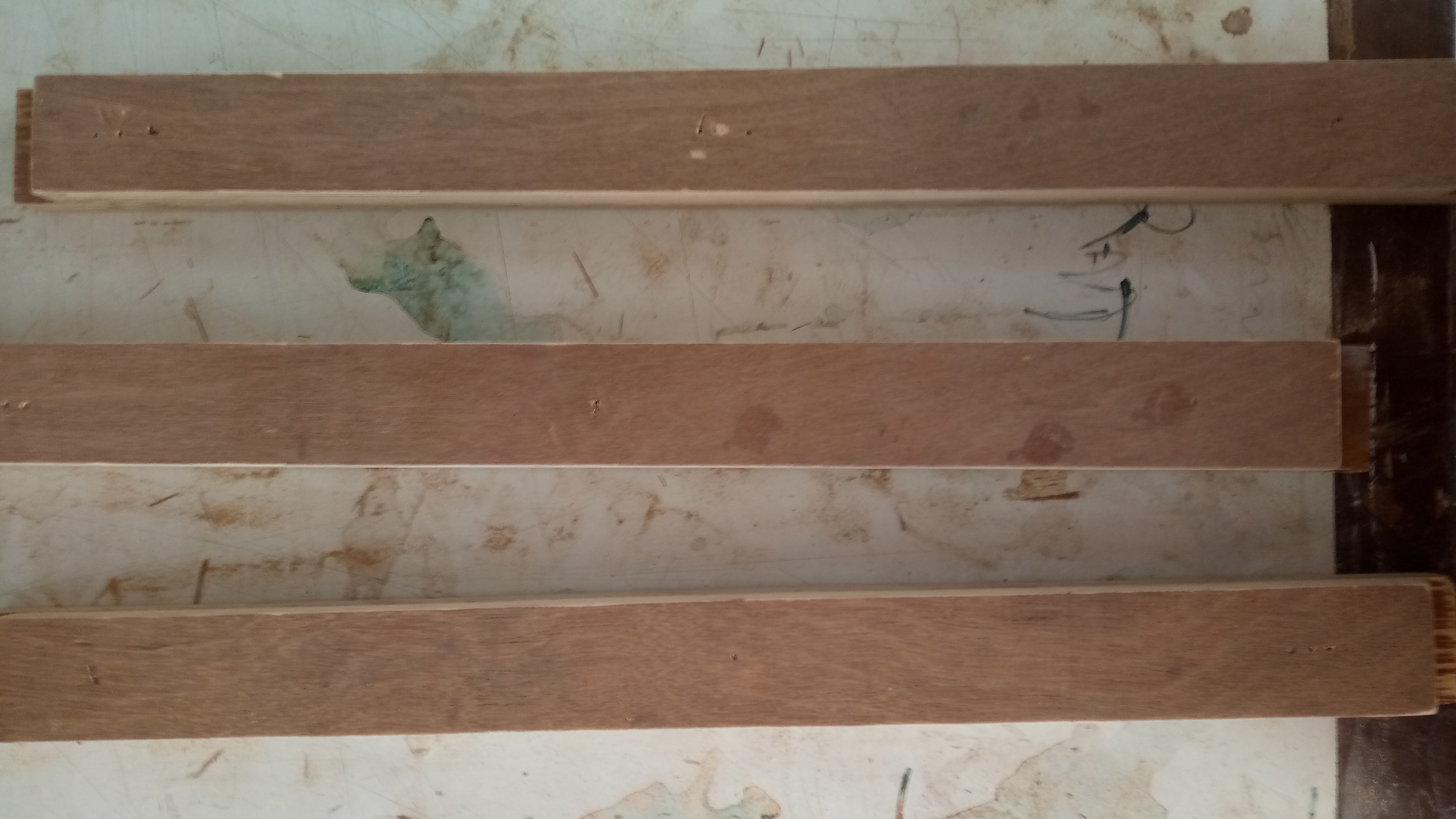.jpg)
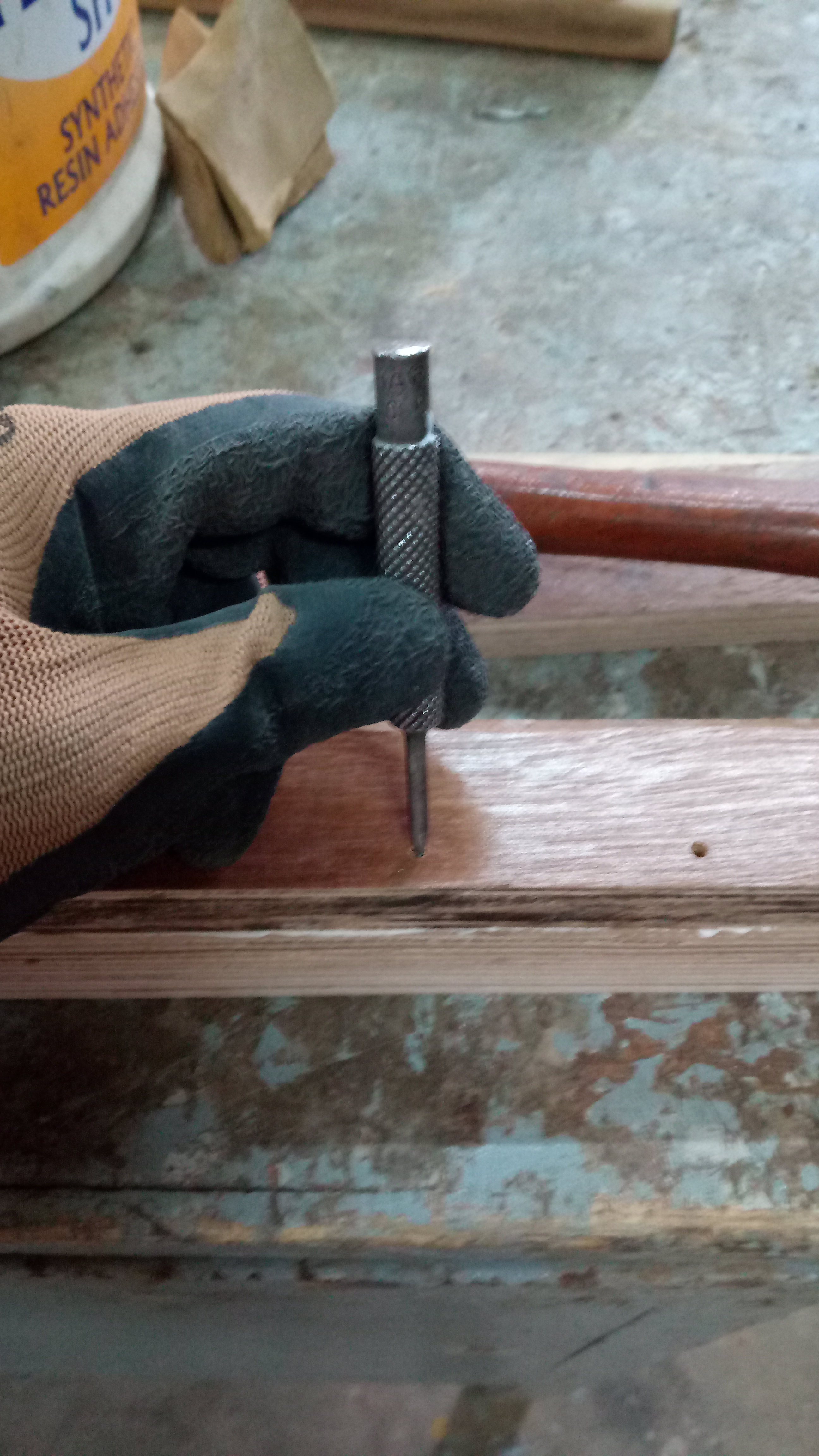.jpg)
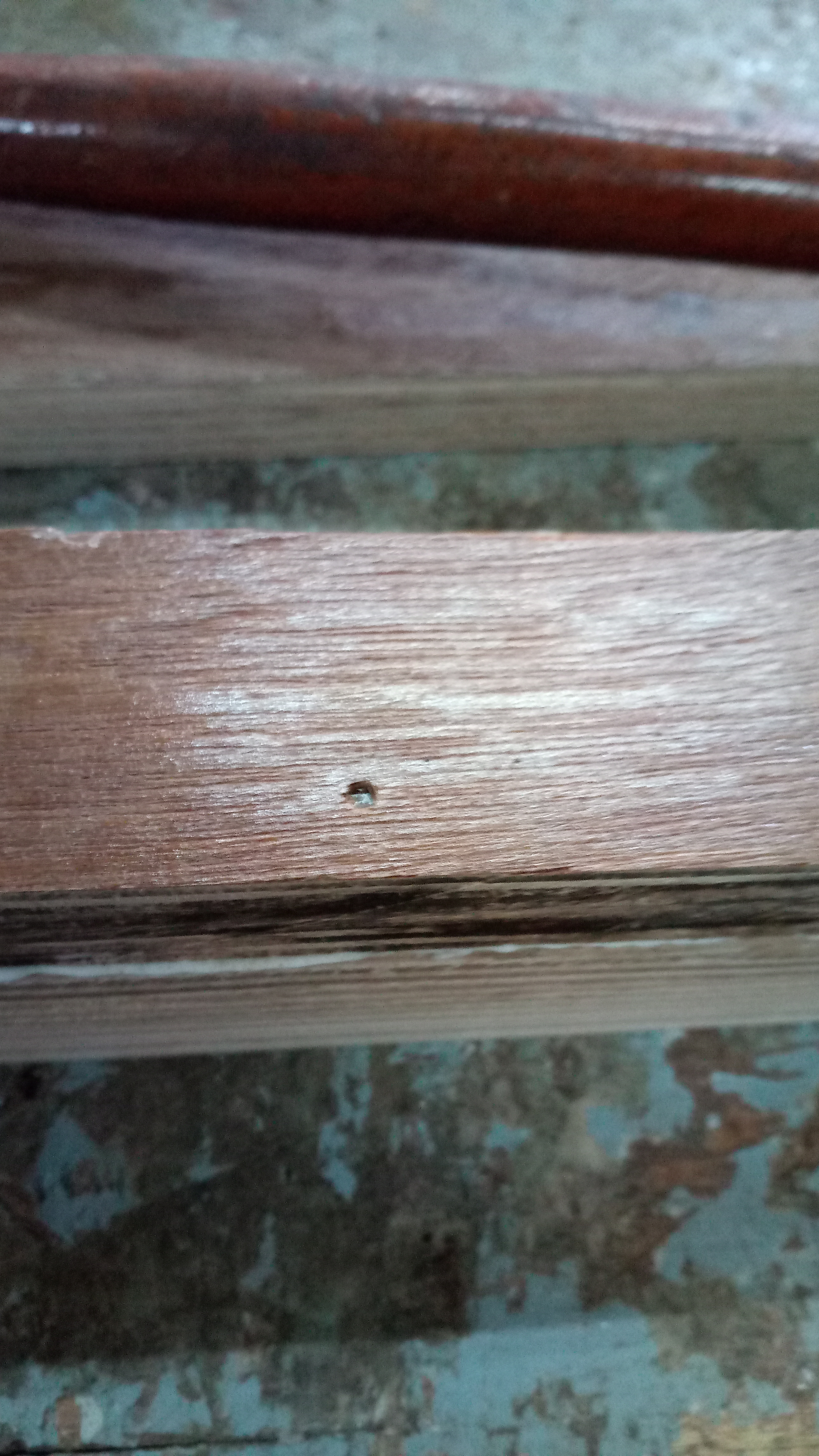.jpg)
1. Nail all the dowels after they are stuck with fevicol for extra strength, (3-4 nails are enough)
2. Punch the nails.
note: Nails are punched so when the paint is applied they are concealed for good finishing.
Assembly
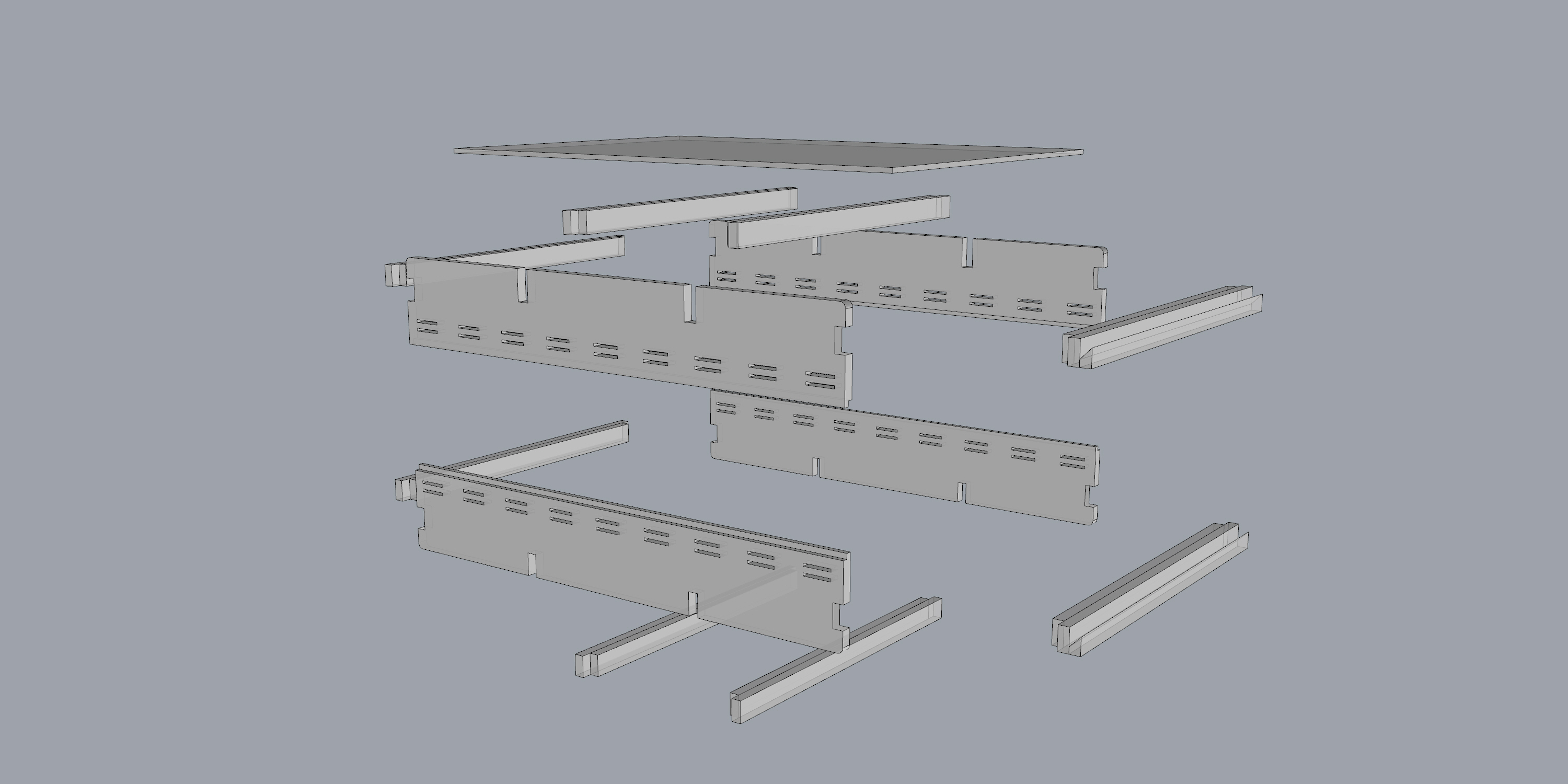.jpg)
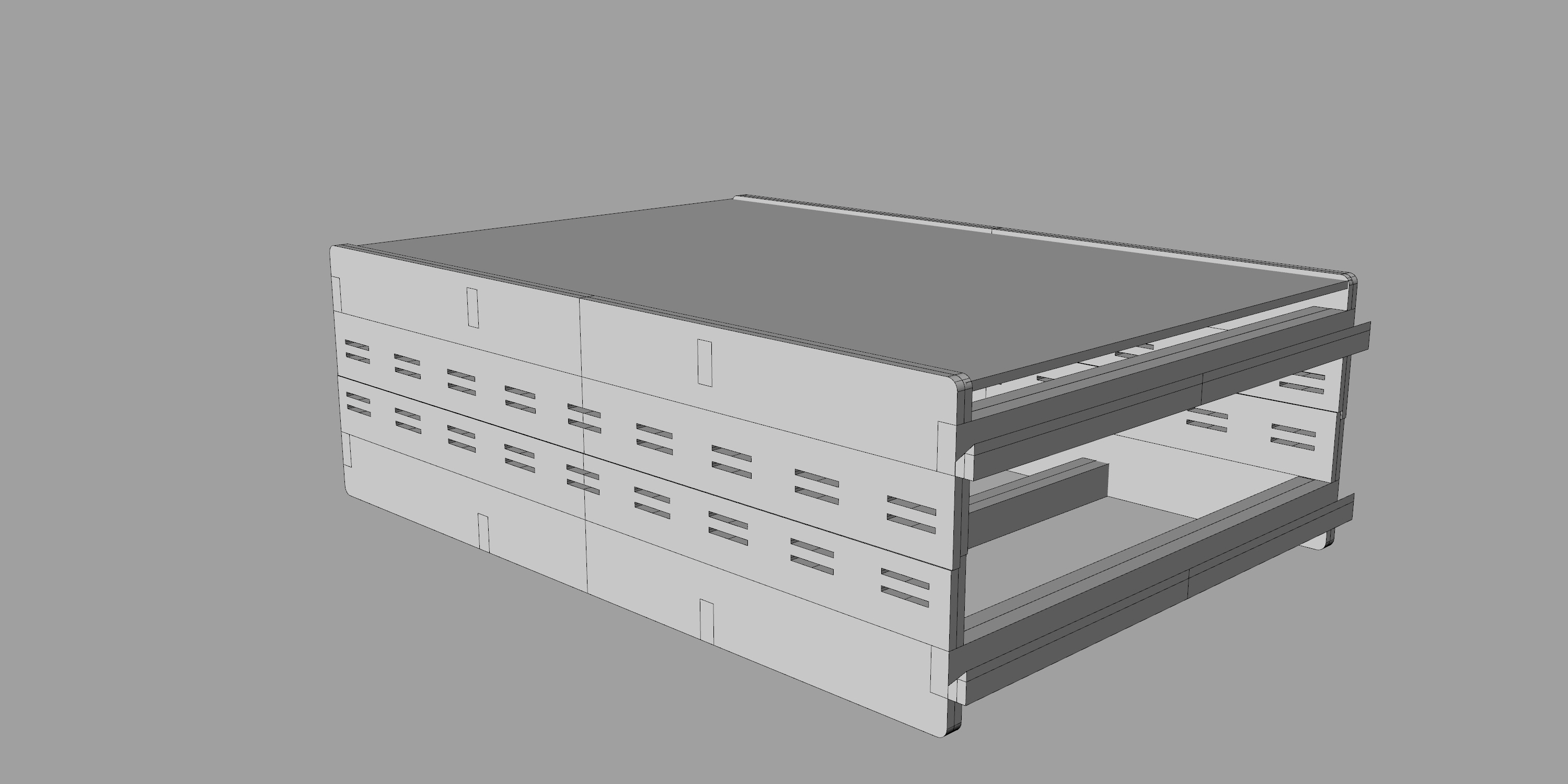.jpg)
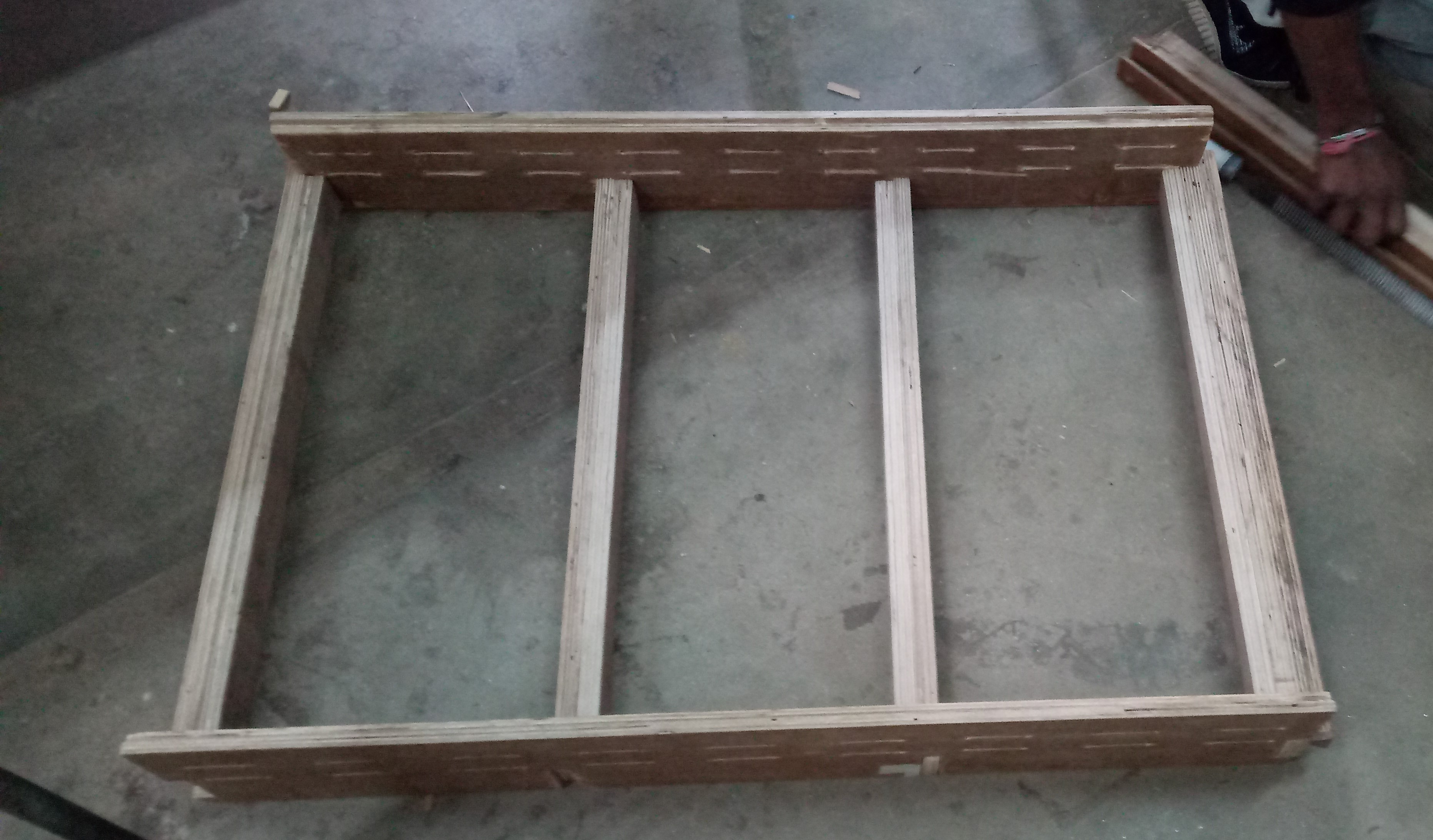.jpg)
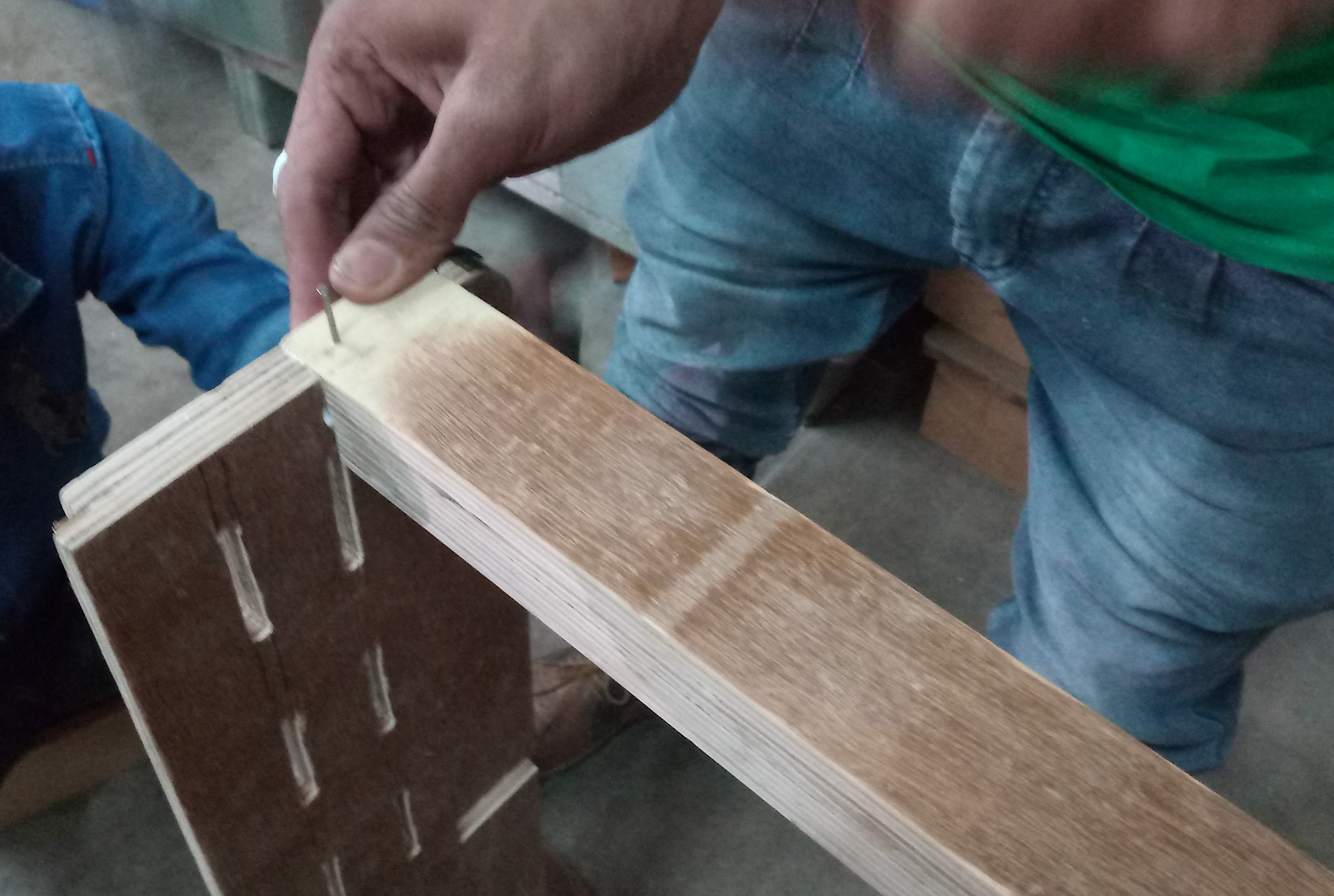.jpg)
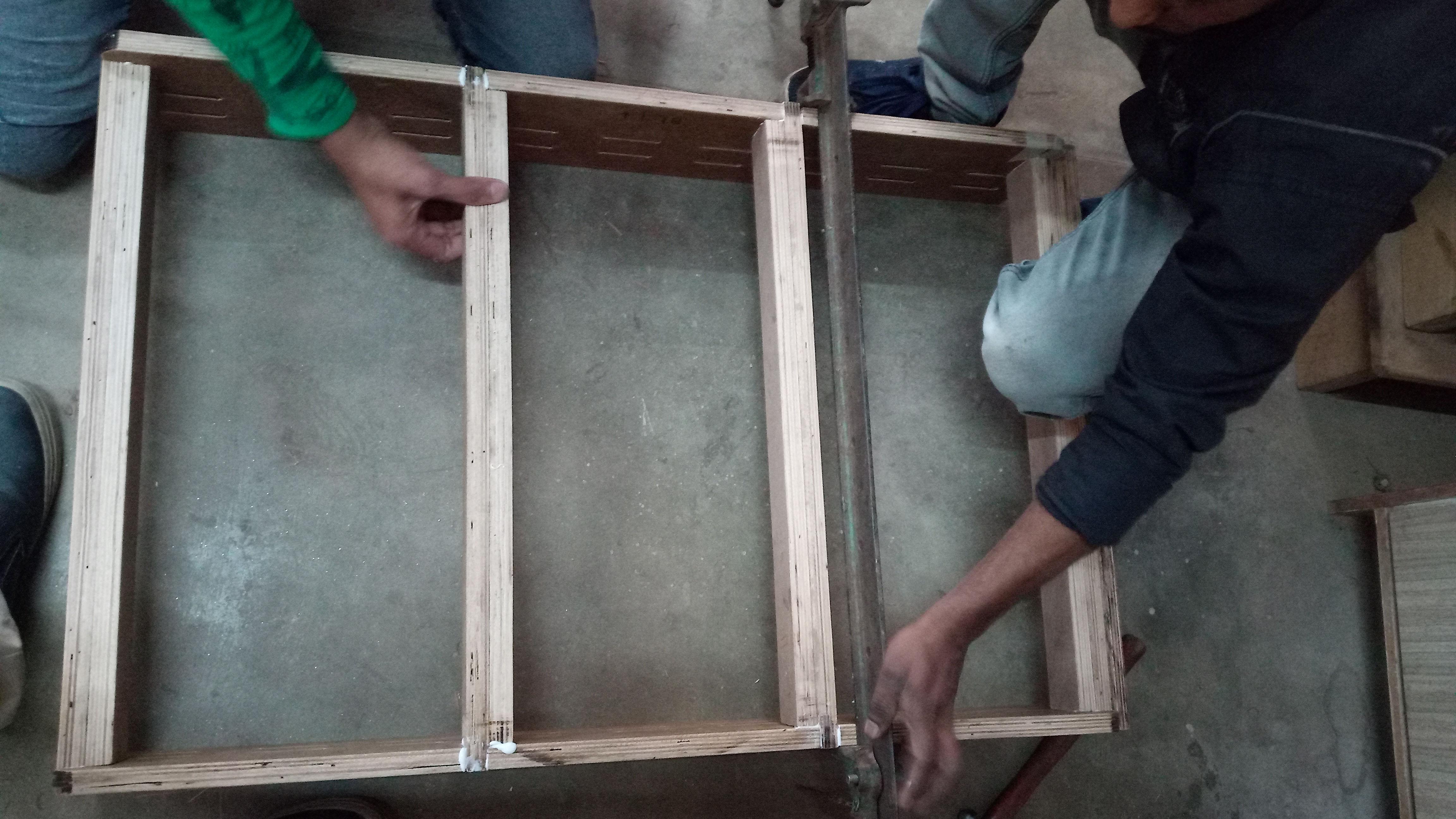.jpg)
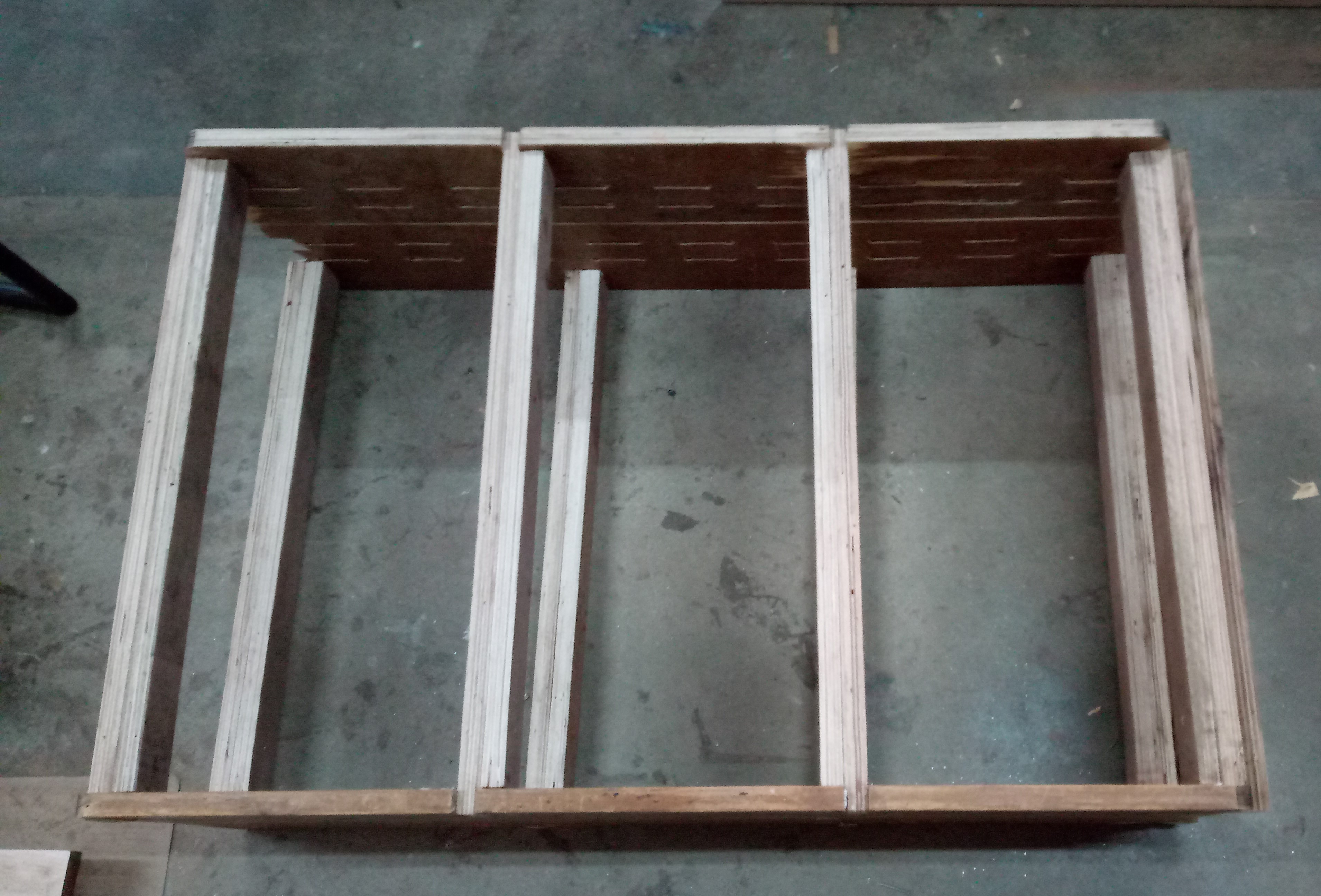.jpg)
1. Put all the parts together as shown in the CAD drawing.
2. Apply "fevicol" wherever the parts meet.
3. Nail them together
Use clamps wherever its necessary.Also, take help of your friends when assembling.
Add Plank: Increase Height
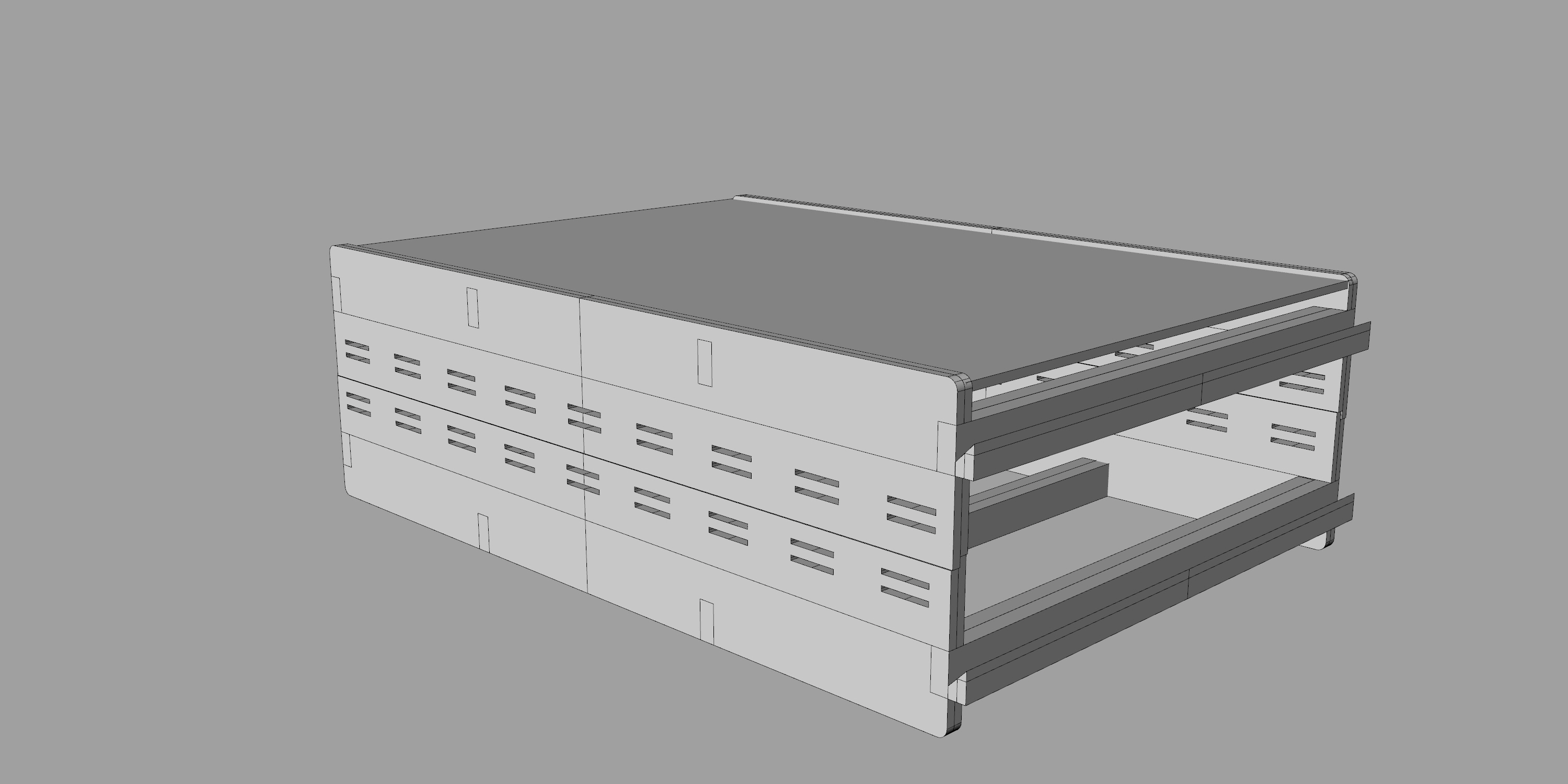.jpg)
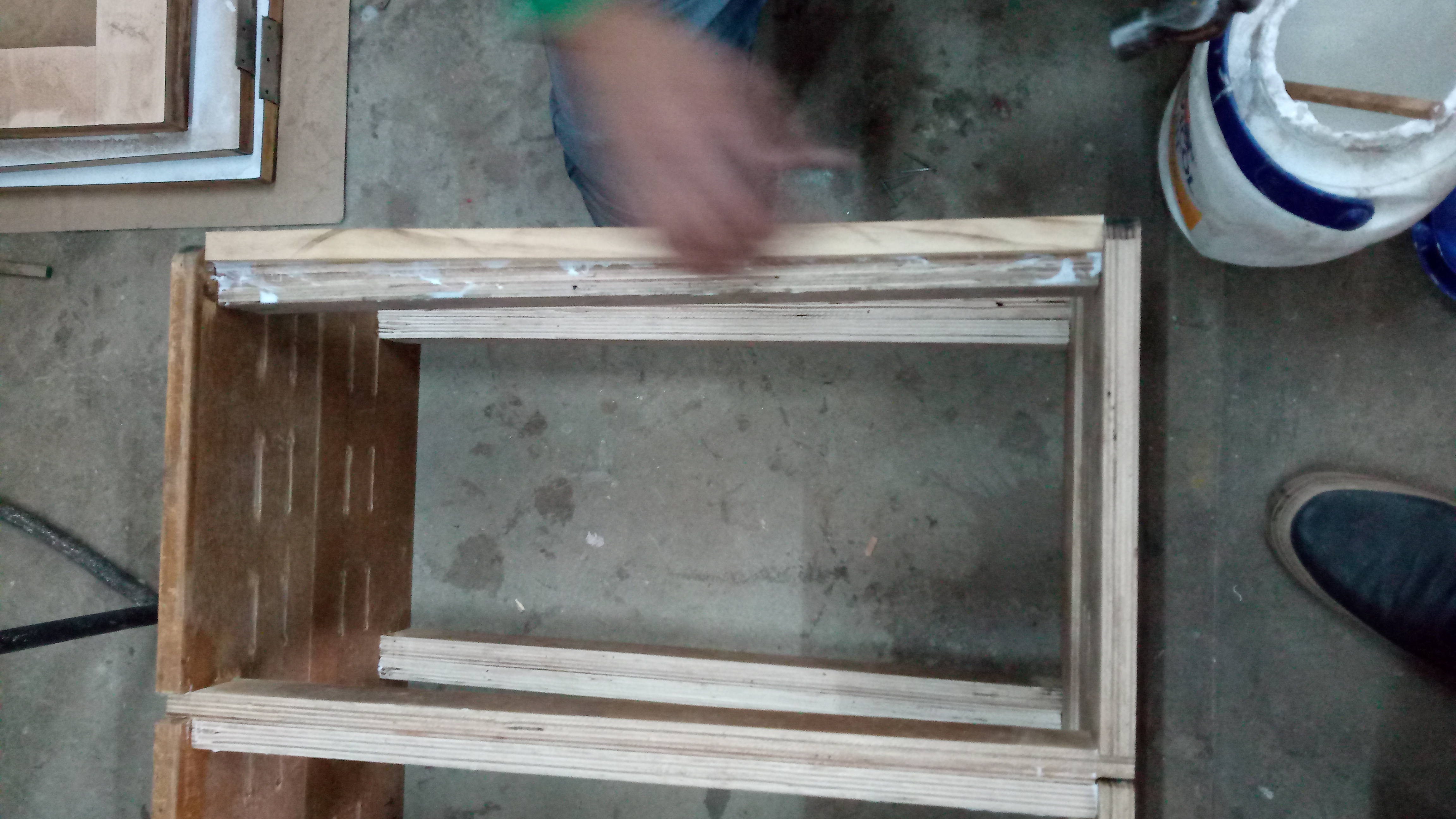.jpg)
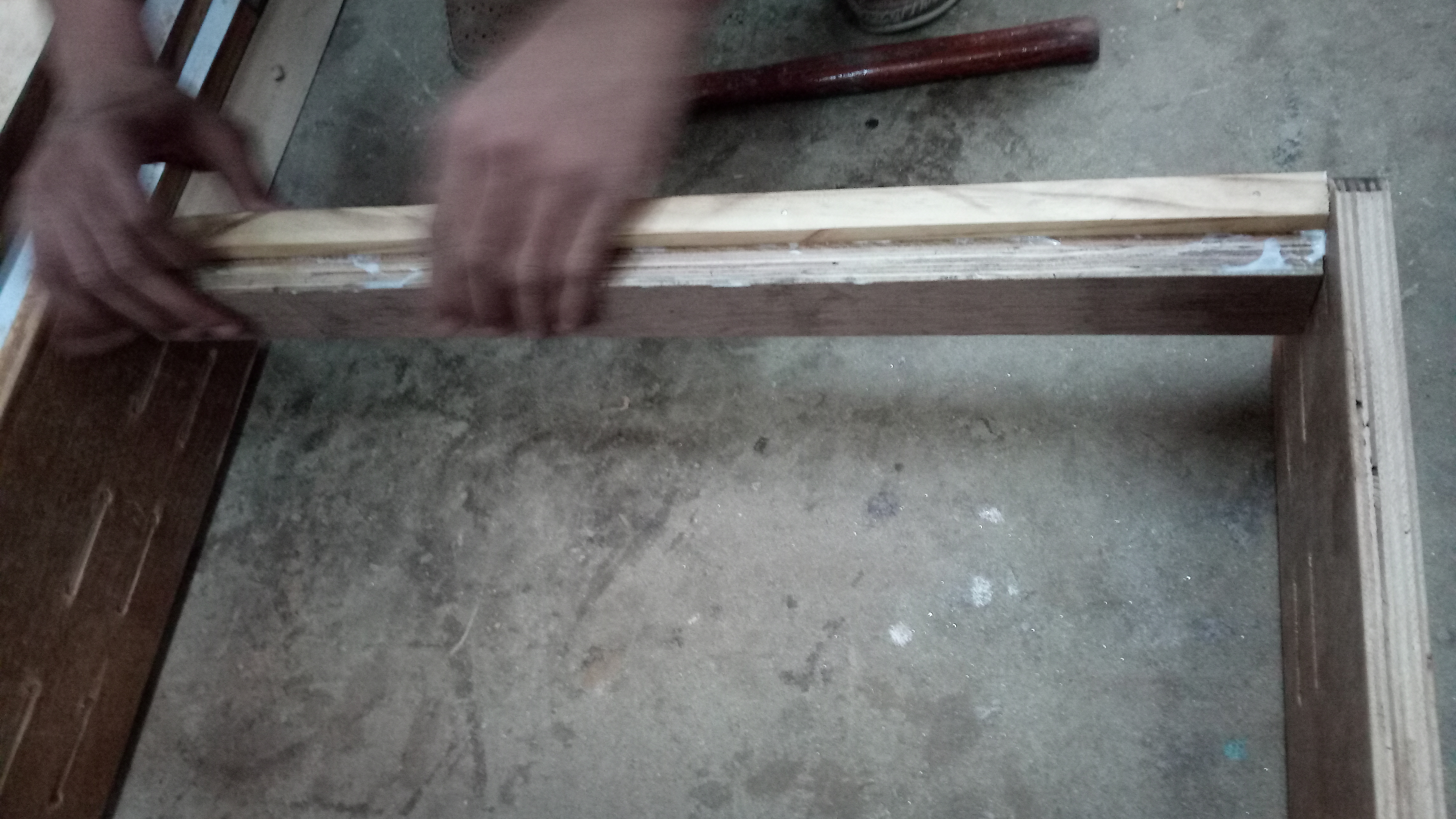.jpg)
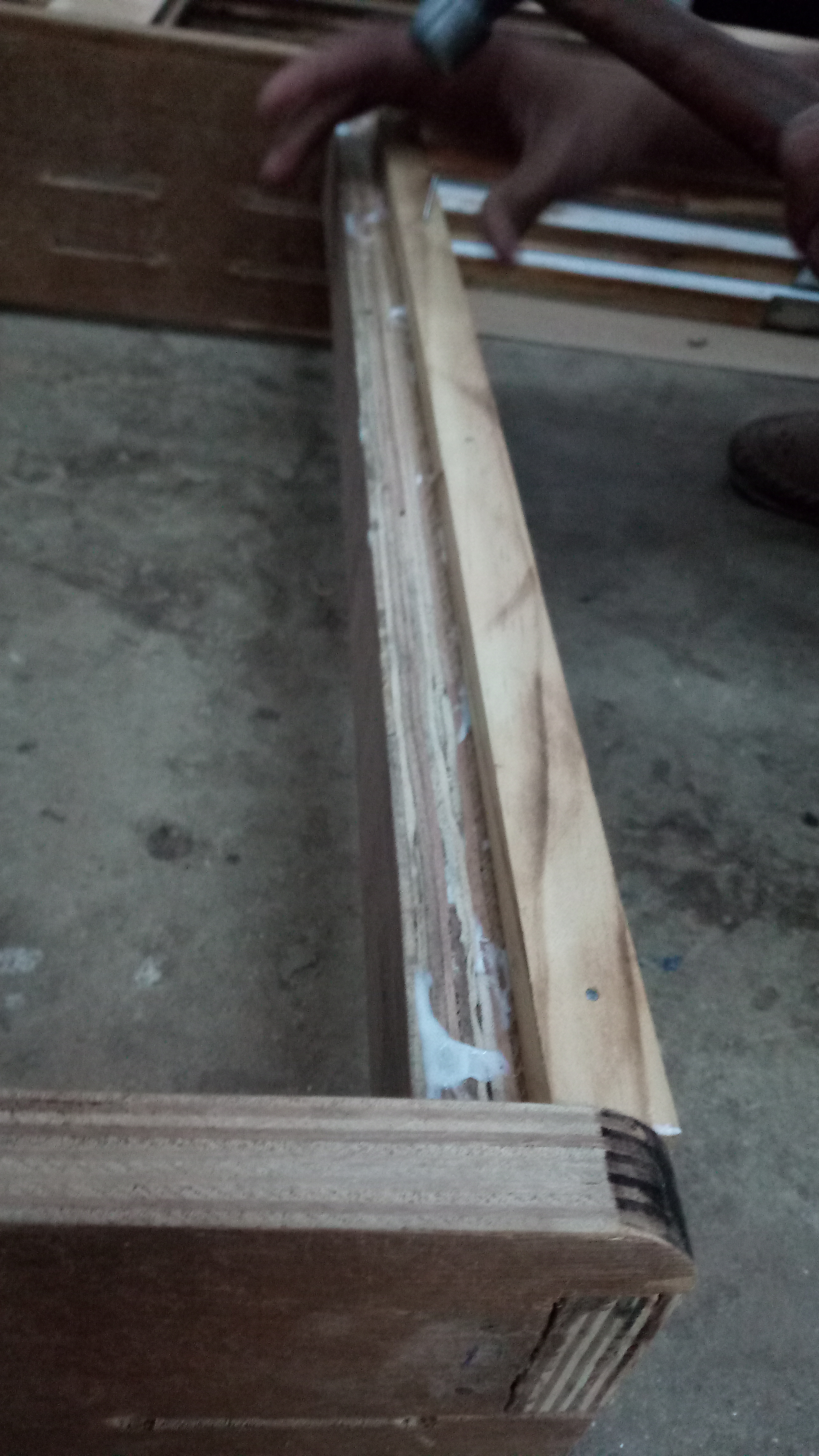.jpg)
1. On top piece where the table top rests, add planks on both the ends to bridge the gap between the dowels and table top.
2. Stick it with "fevicol" and nail it
note: without these planks the table top will bend from the ends because of MDF 8mm thickness. Not everything goes as its planned.
Assemble: Table Top
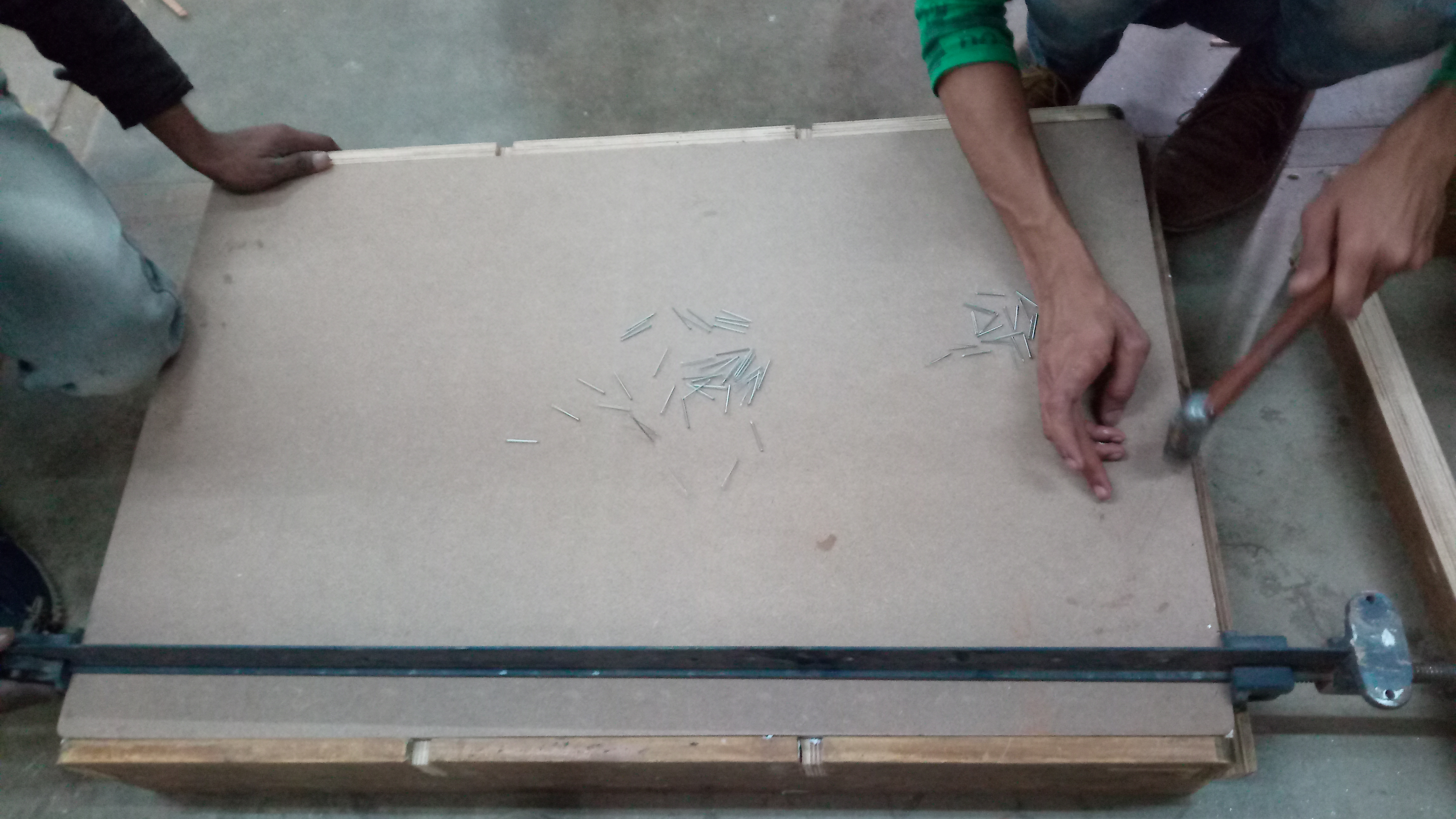.jpg)
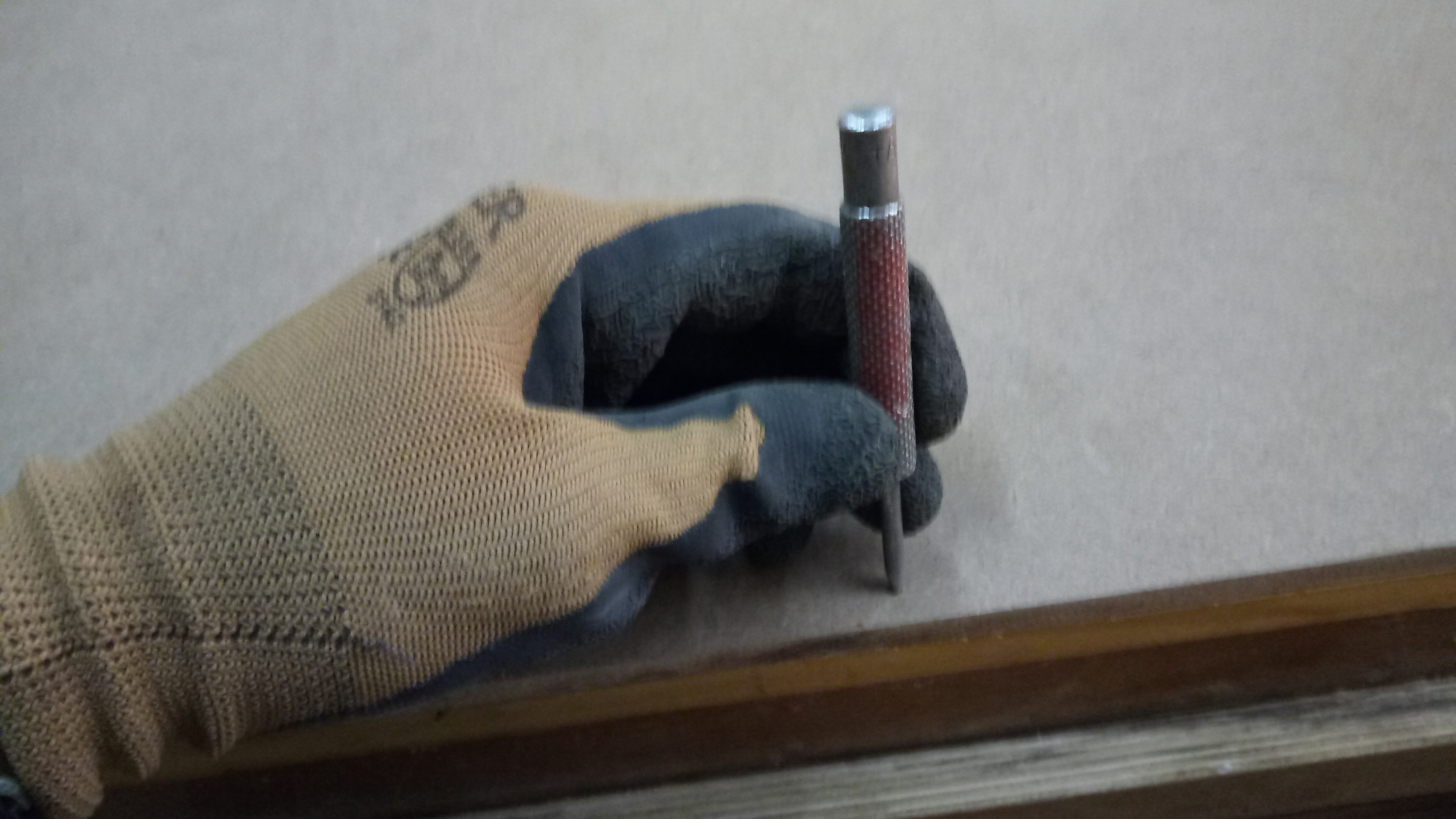.jpg)
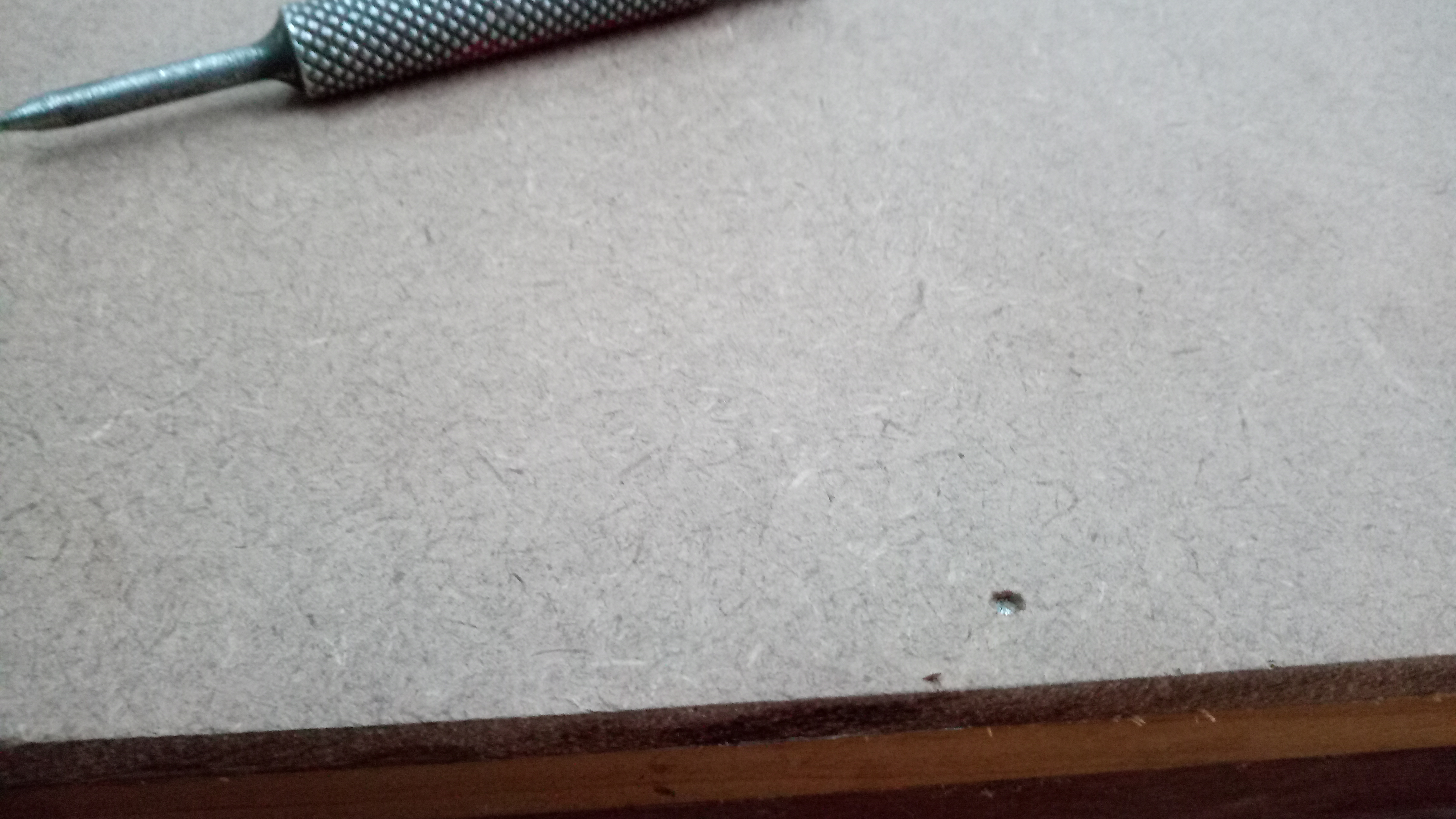.jpg)
1. Stick the table top on top piece.
2. Nail it wherever possible.
3. punch the nails.
Finshing the Surface
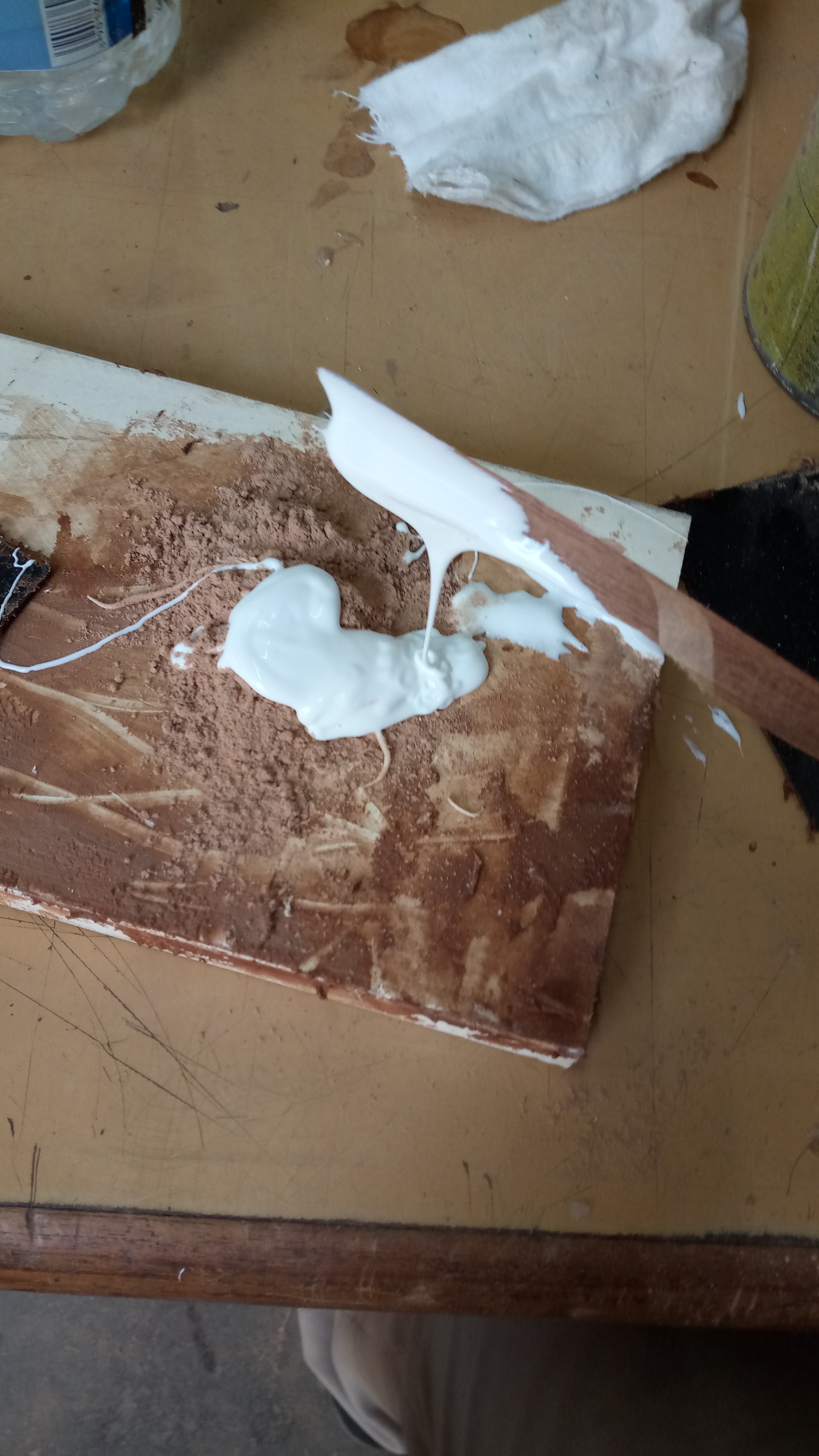.jpg)
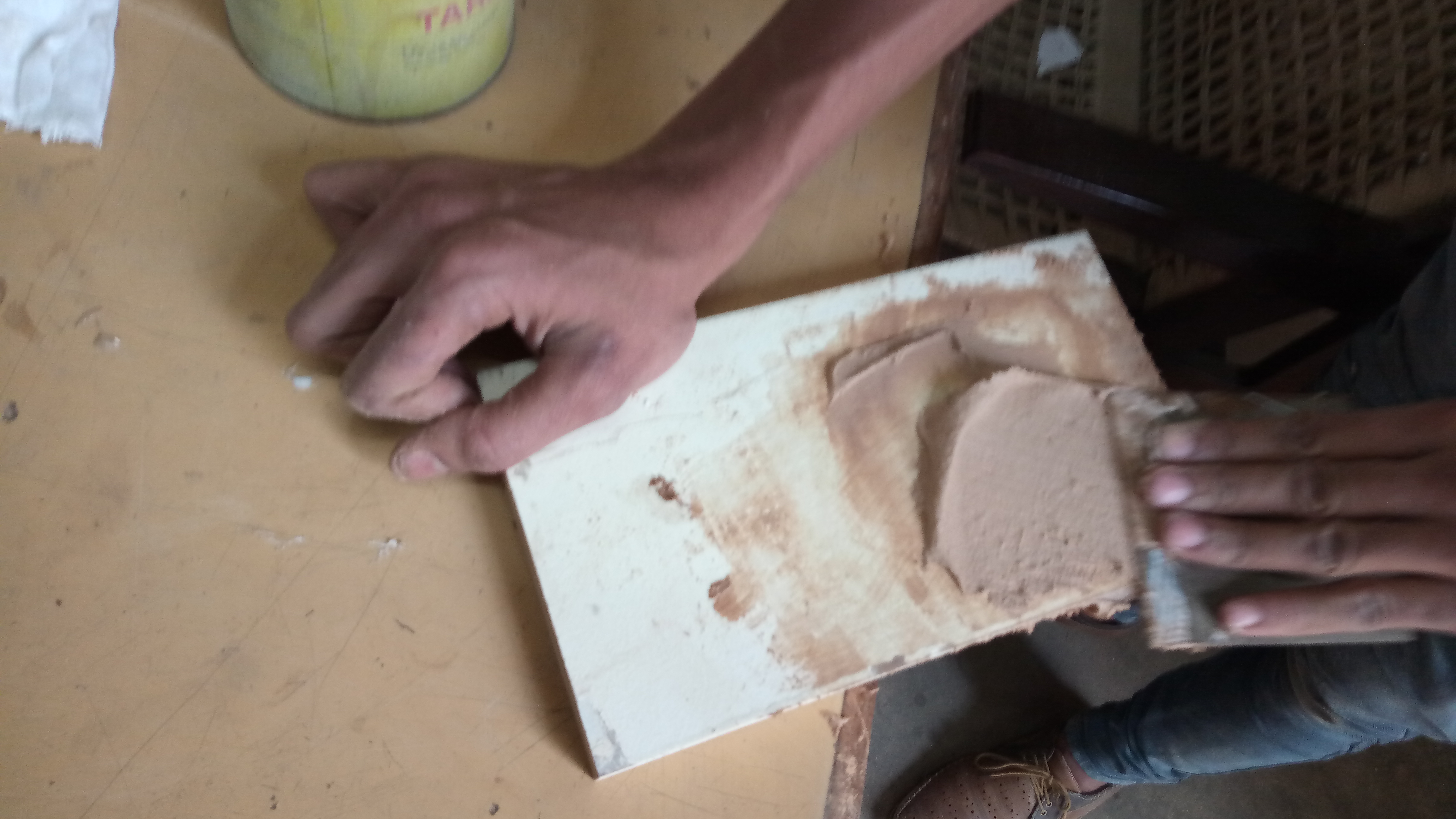.jpg)
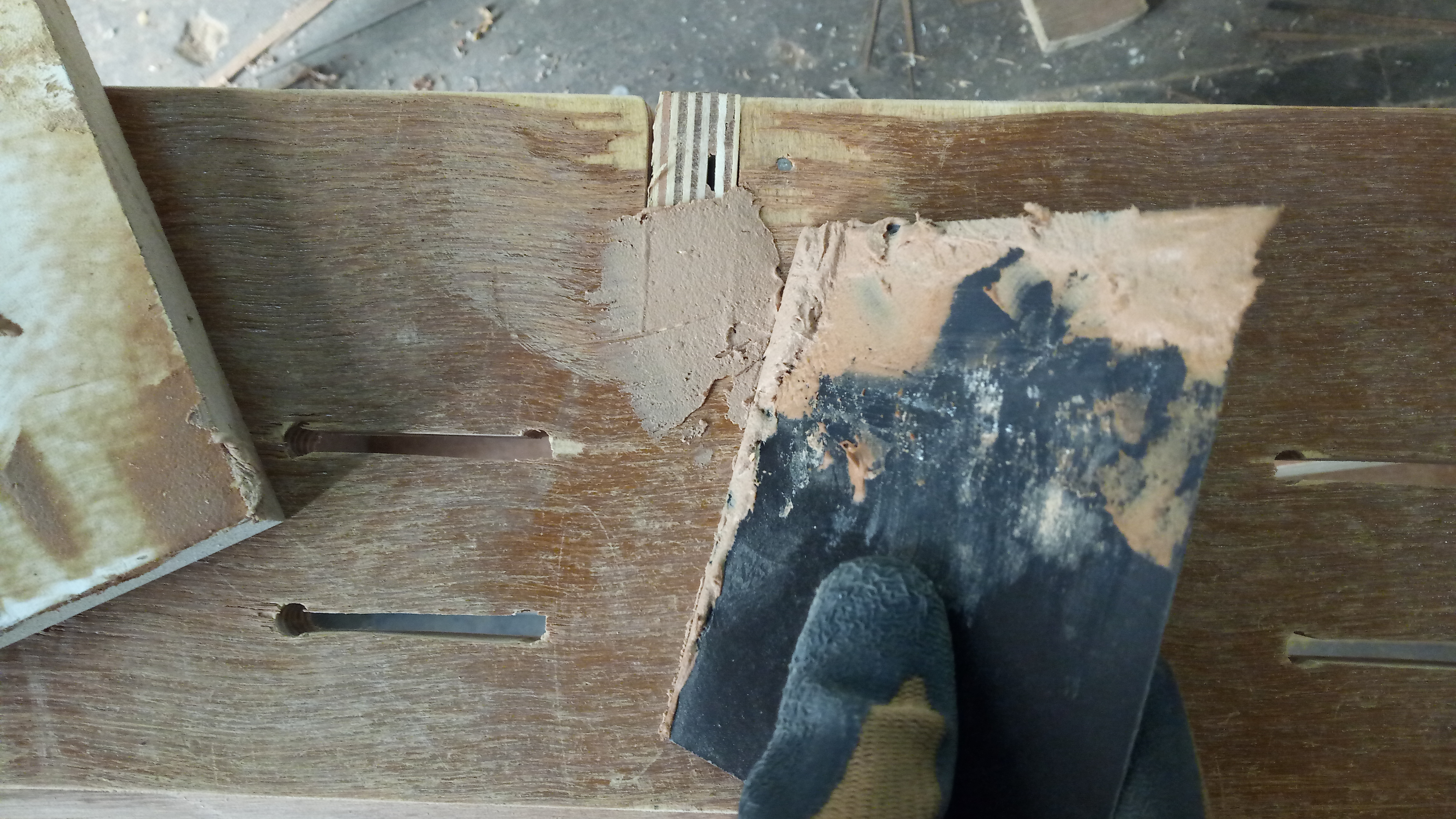.jpg)
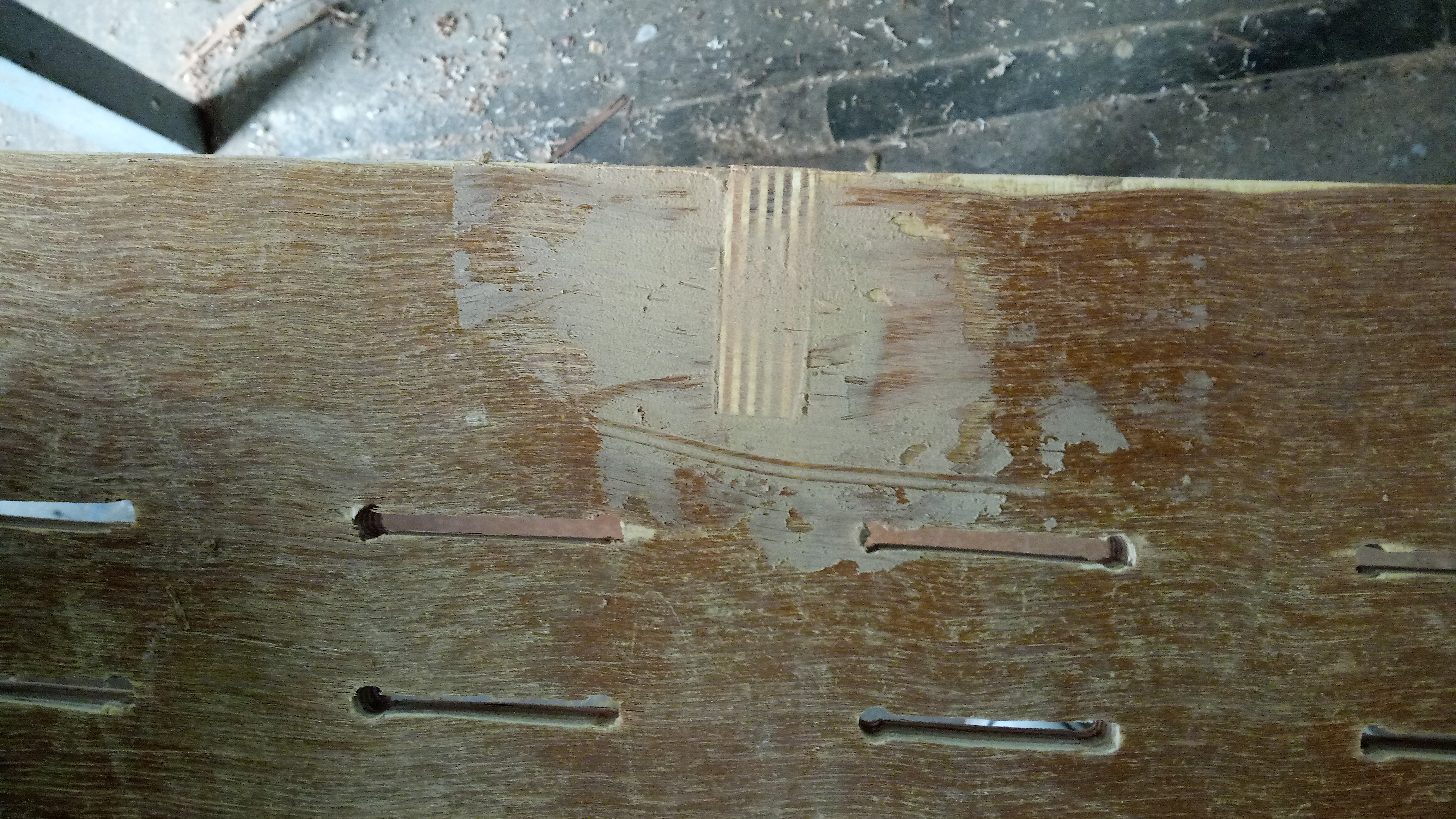.jpg)
1. Mix fine sawdust and fevicol(adhesive) together and make a paste.
2. Apply this paste wherever there is uneven surface or holes.
3. Fine sand it with sandpaper for finishing.
note: fine sawdust can be collected from/near table saw machine.
Priming for Paint
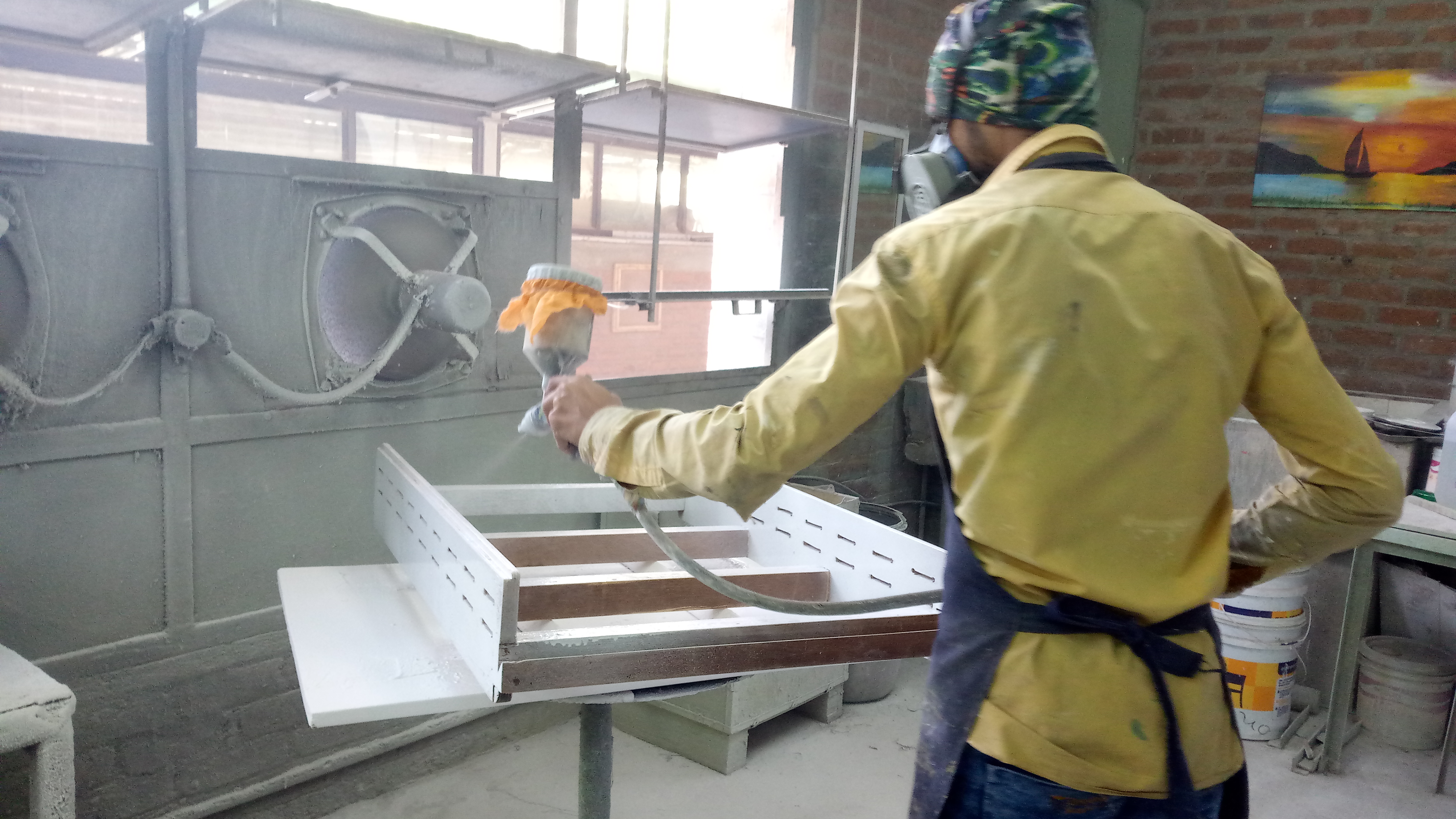.jpg)
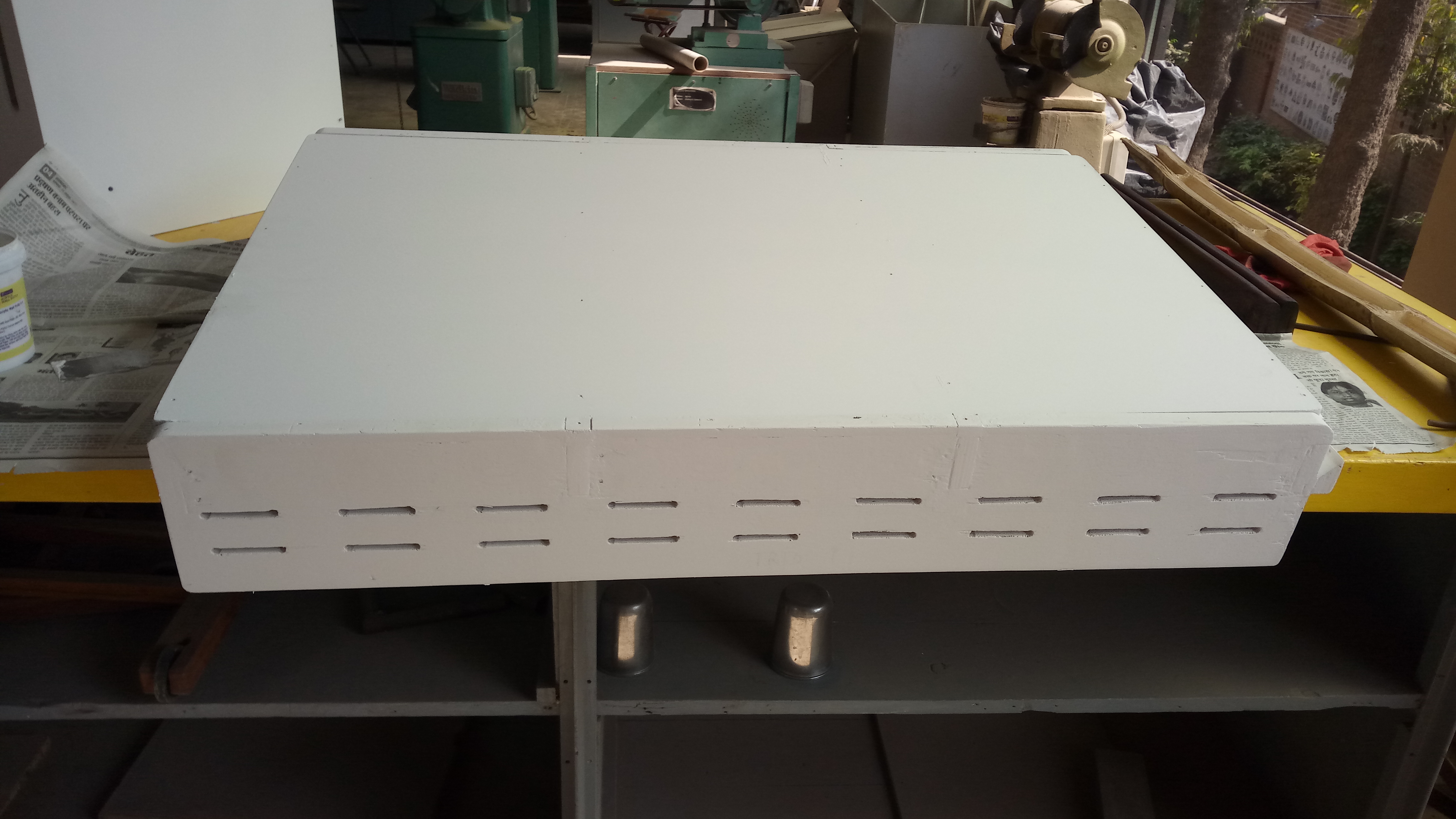.jpg)
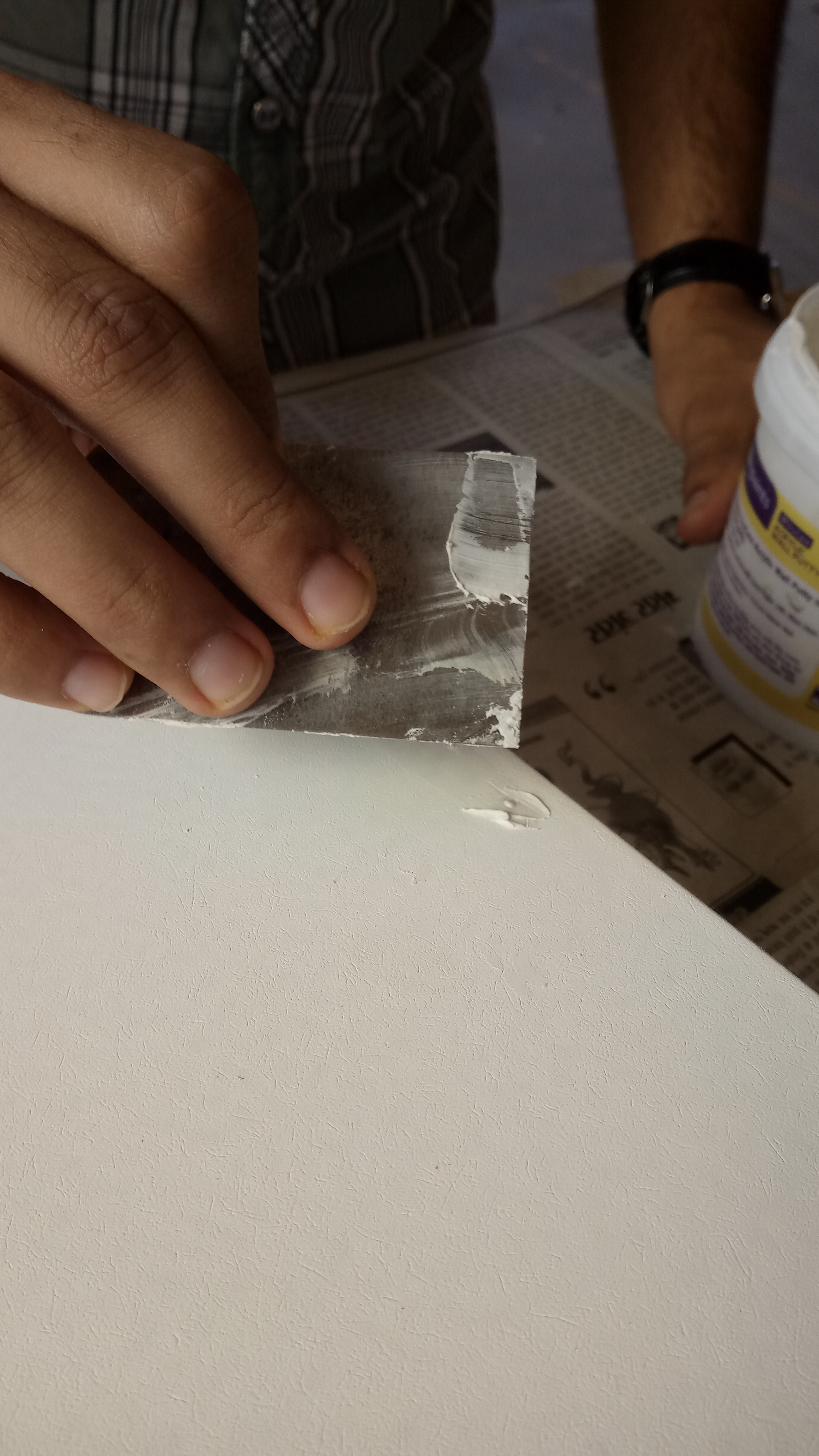.jpg)
1. After finishing, Clean the furniture of any dust.
2. Prepare it for paint by Priming it.
3. Let the primer dry.
4. After drying, fill any holes with acrylic putty for finishing touches.
Paint
![18 ] (2).jpg](/proxy/?url=https://content.instructables.com/FIU/QUHG/JF3498K5/FIUQUHGJF3498K5.jpg&filename=18 ] (2).jpg)
![18 ] (3).jpg](/proxy/?url=https://content.instructables.com/F49/S853/JF3498KL/F49S853JF3498KL.jpg&filename=18 ] (3).jpg)
![18 ] (4).jpg](/proxy/?url=https://content.instructables.com/FL6/AZZT/JF3498L1/FL6AZZTJF3498L1.jpg&filename=18 ] (4).jpg)
![18 ] (1).jpg](/proxy/?url=https://content.instructables.com/FW2/F4FB/JF3498LW/FW2F4FBJF3498LW.jpg&filename=18 ] (1).jpg)
1. Apply paint
2. Keep it for drying.
I have used water based paints (chrome yellow and dark grey). You can use oil based paints as well.
Weaving
.jpg)
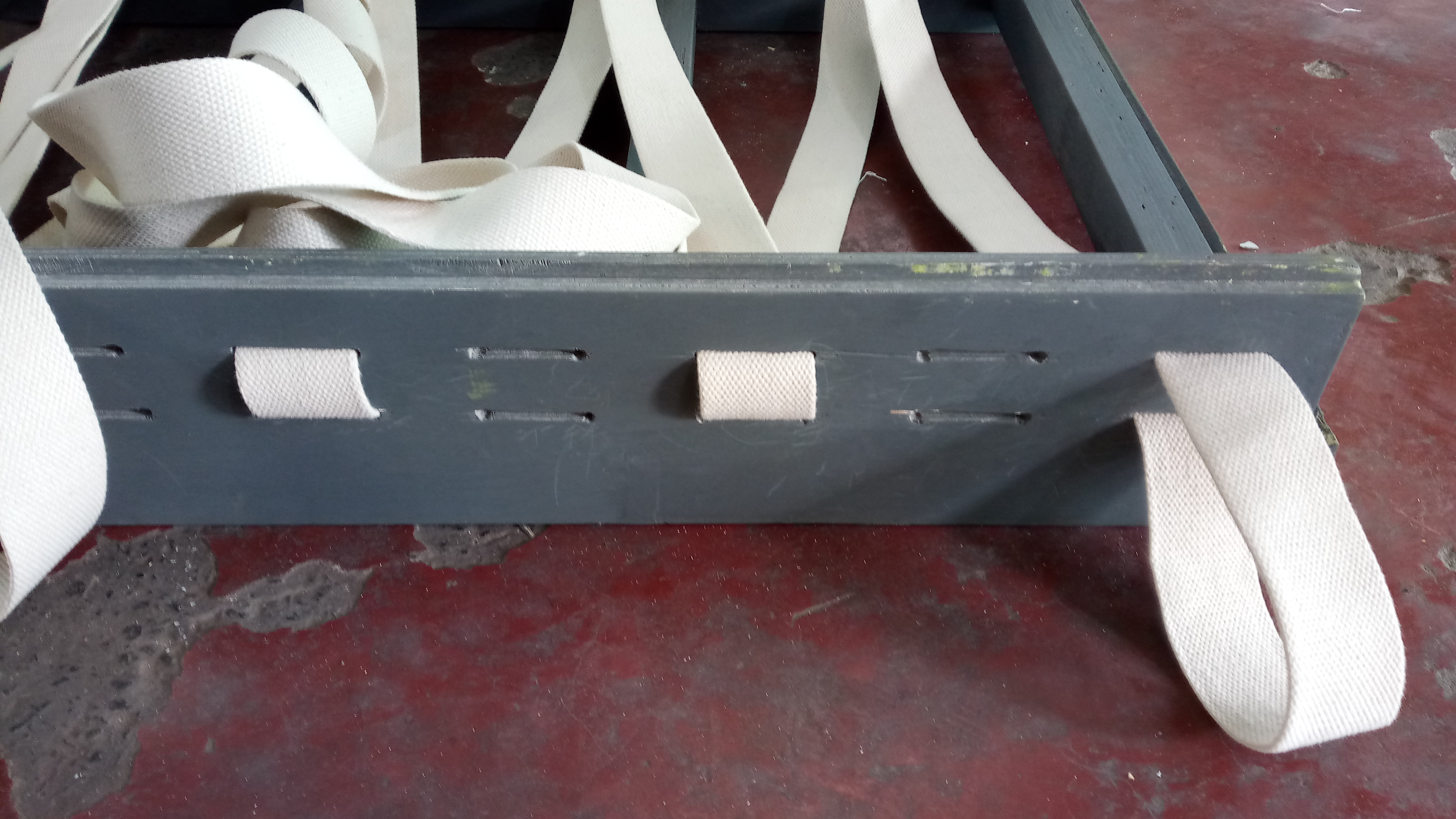.jpg)
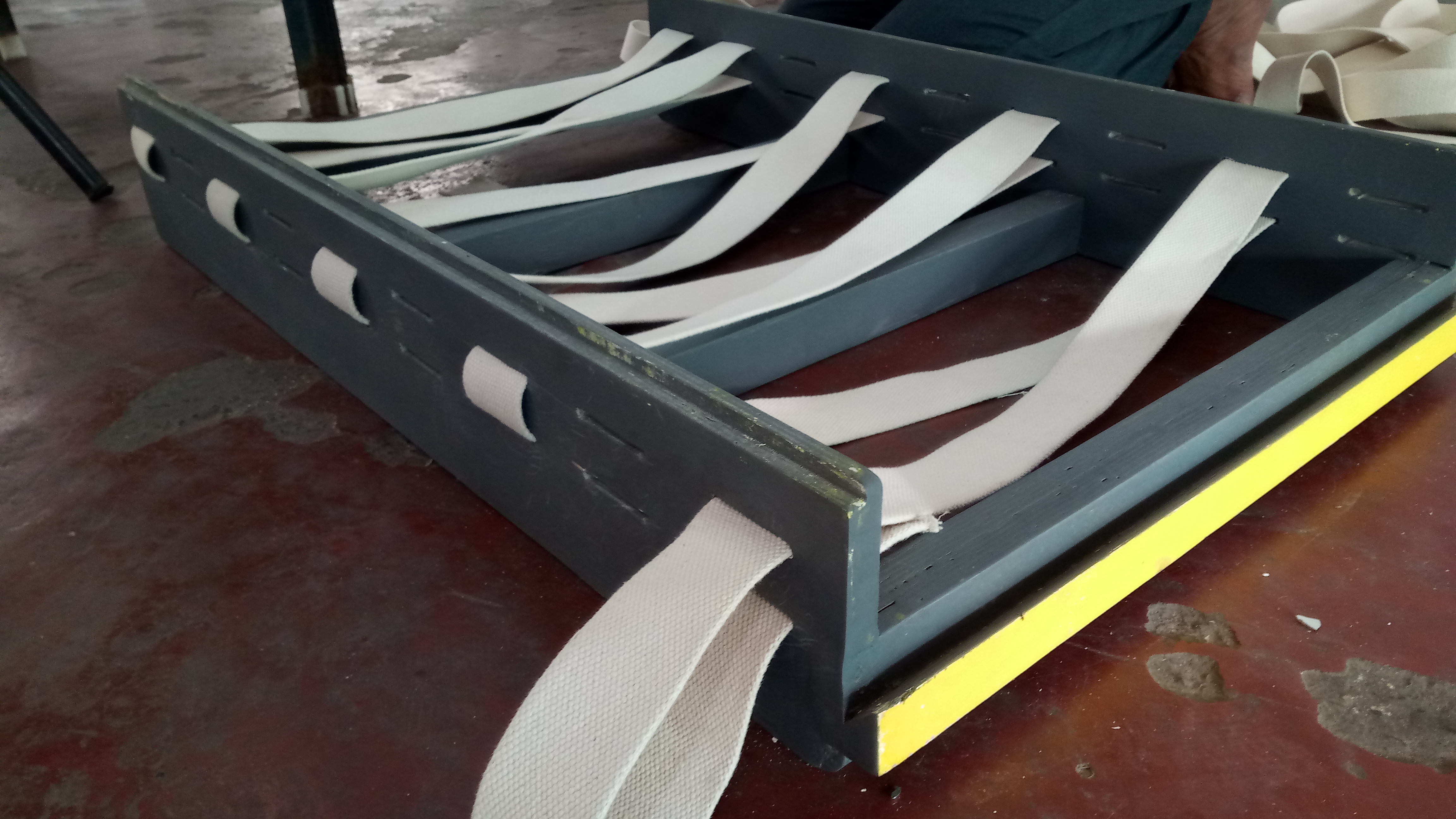.jpg)
1. Take the weaving strap and insert it like a cris cross shoelace design as shown in pictures.
2. Tighten it by pulling it from start to end. Use friends help in this step.
Note: don't cut the strap before weaving. It might fall short.
Closing Weave: Nut and Bolt It.
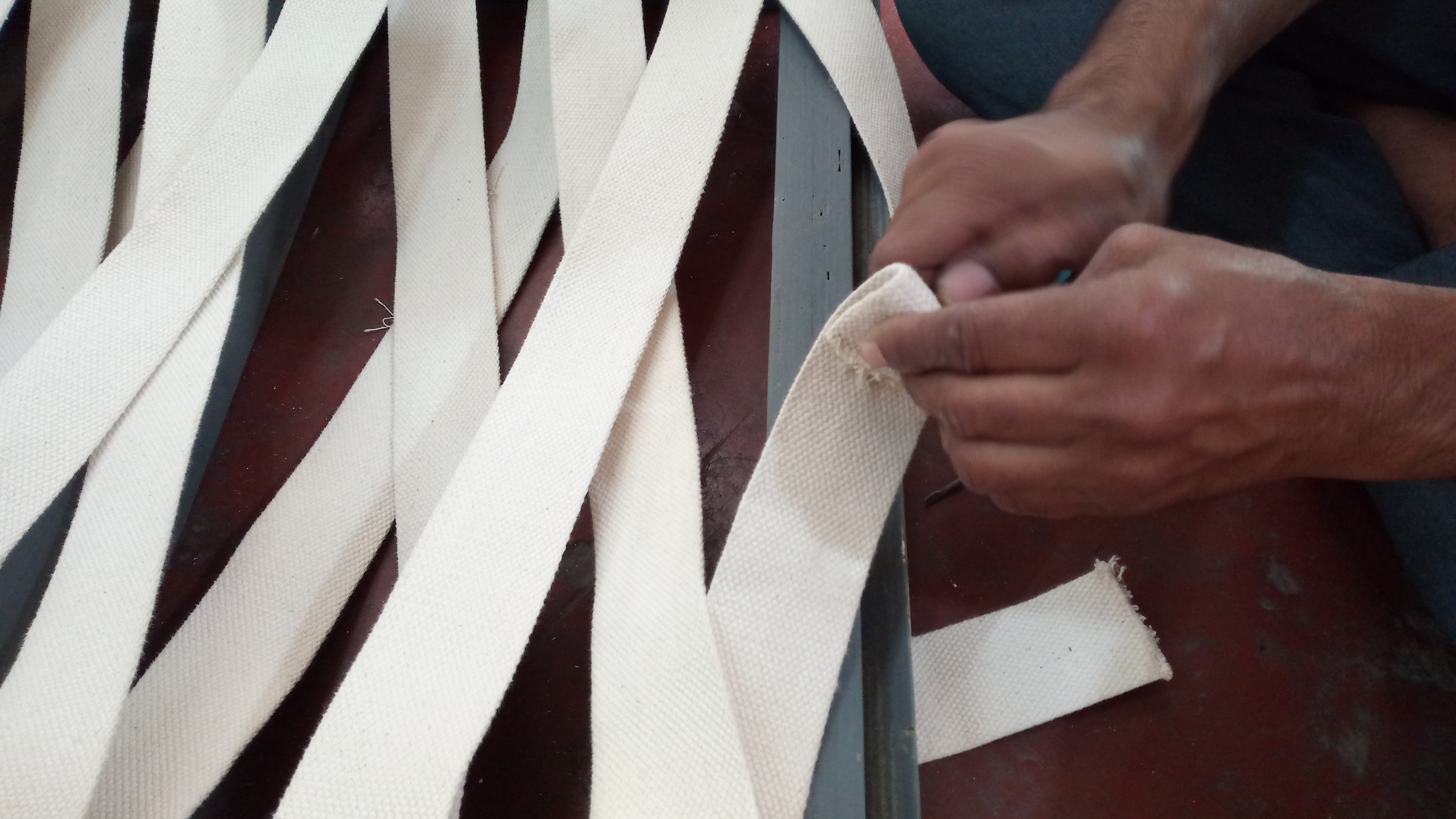.jpg)
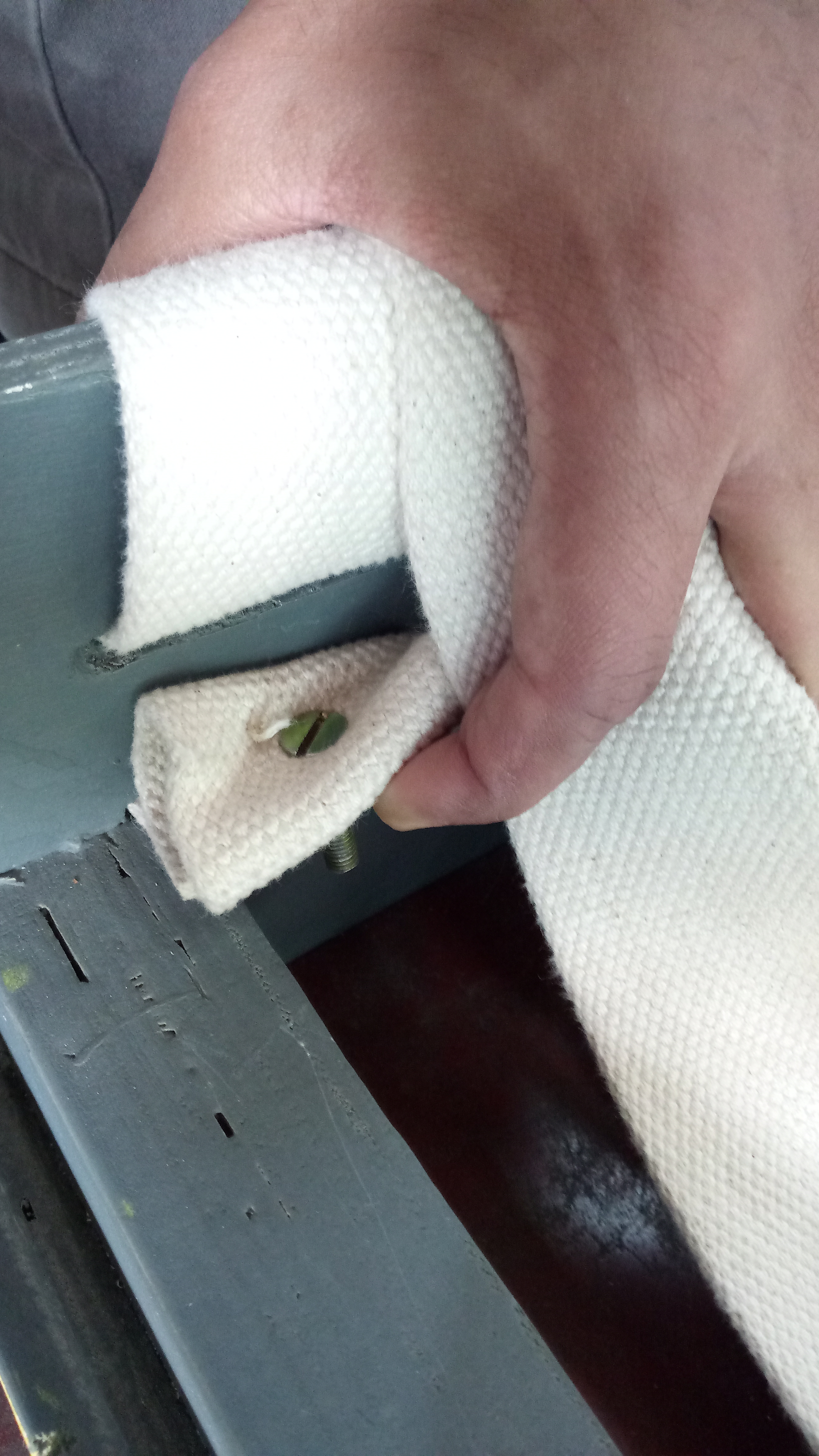.jpg)
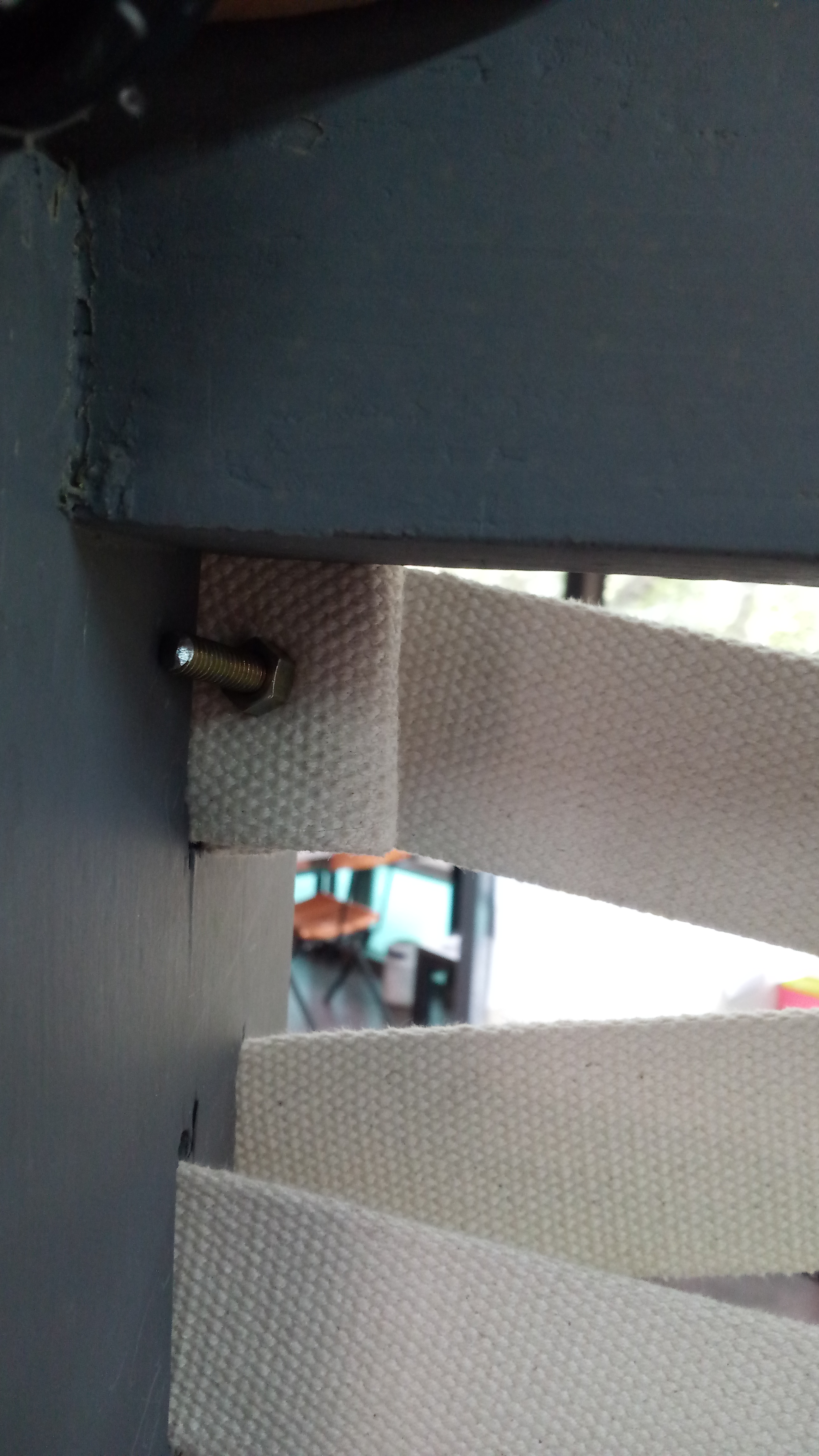.jpg)
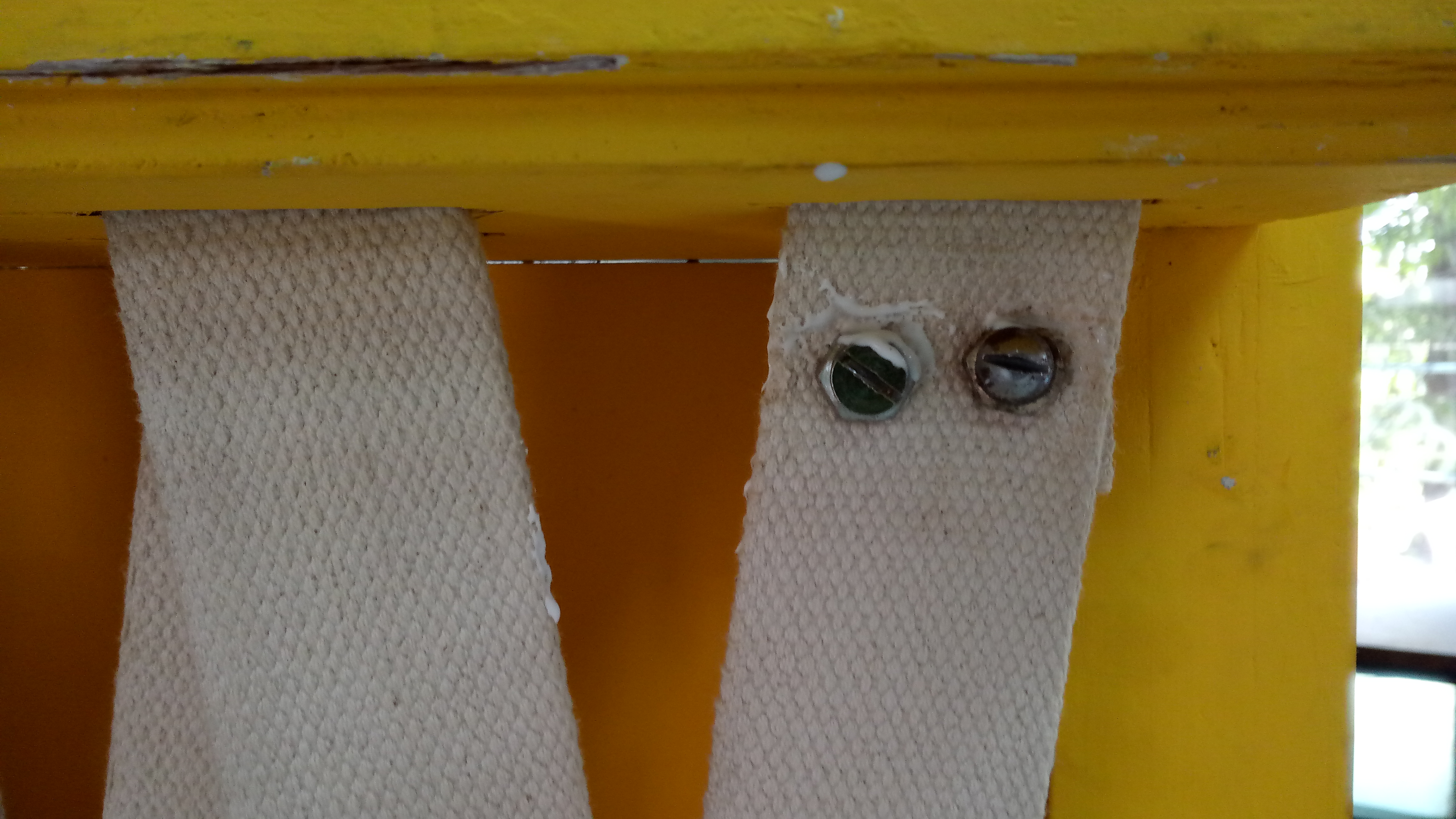.jpg)
1. Secure the ends by folding them twice.
2. Piere a hole through the folded part.
3. Put a nut thorugh it and bolt it tight.
4. Secure the Nut by putting some fevicol on it.
note: keep the weave tight while executing the closing part. Take someones help.
Ready to Nap.
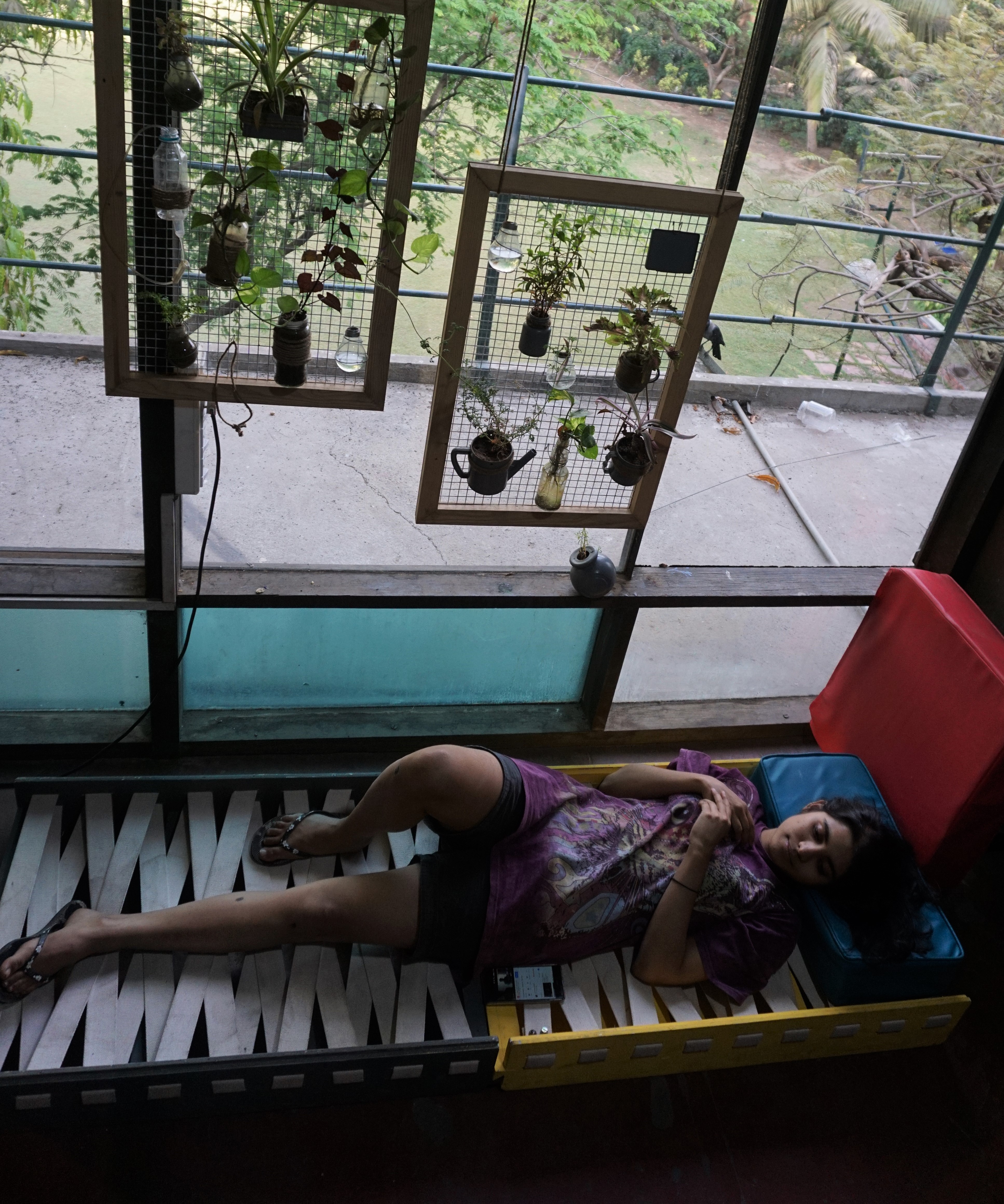.JPG)
.JPG)
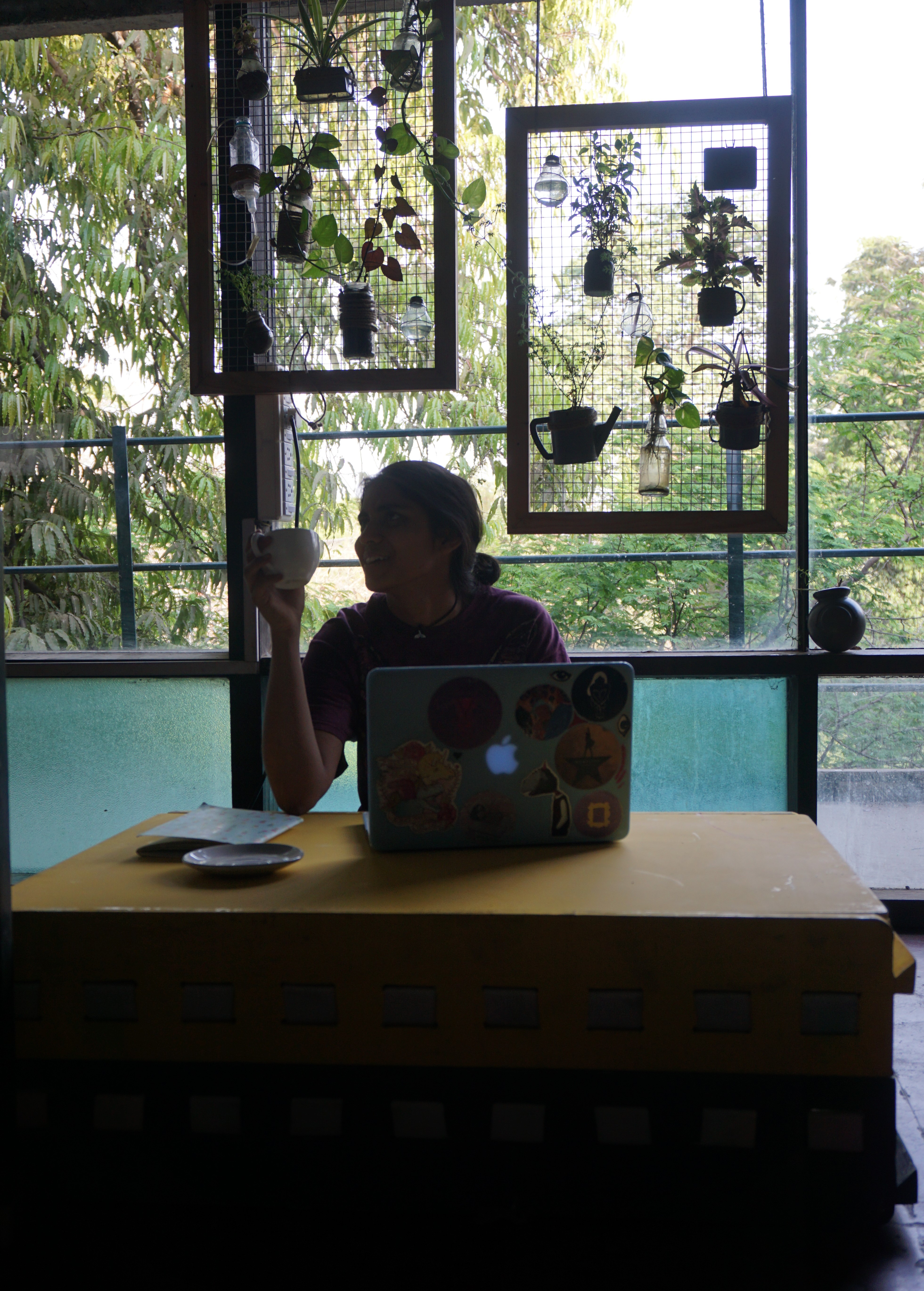.JPG)
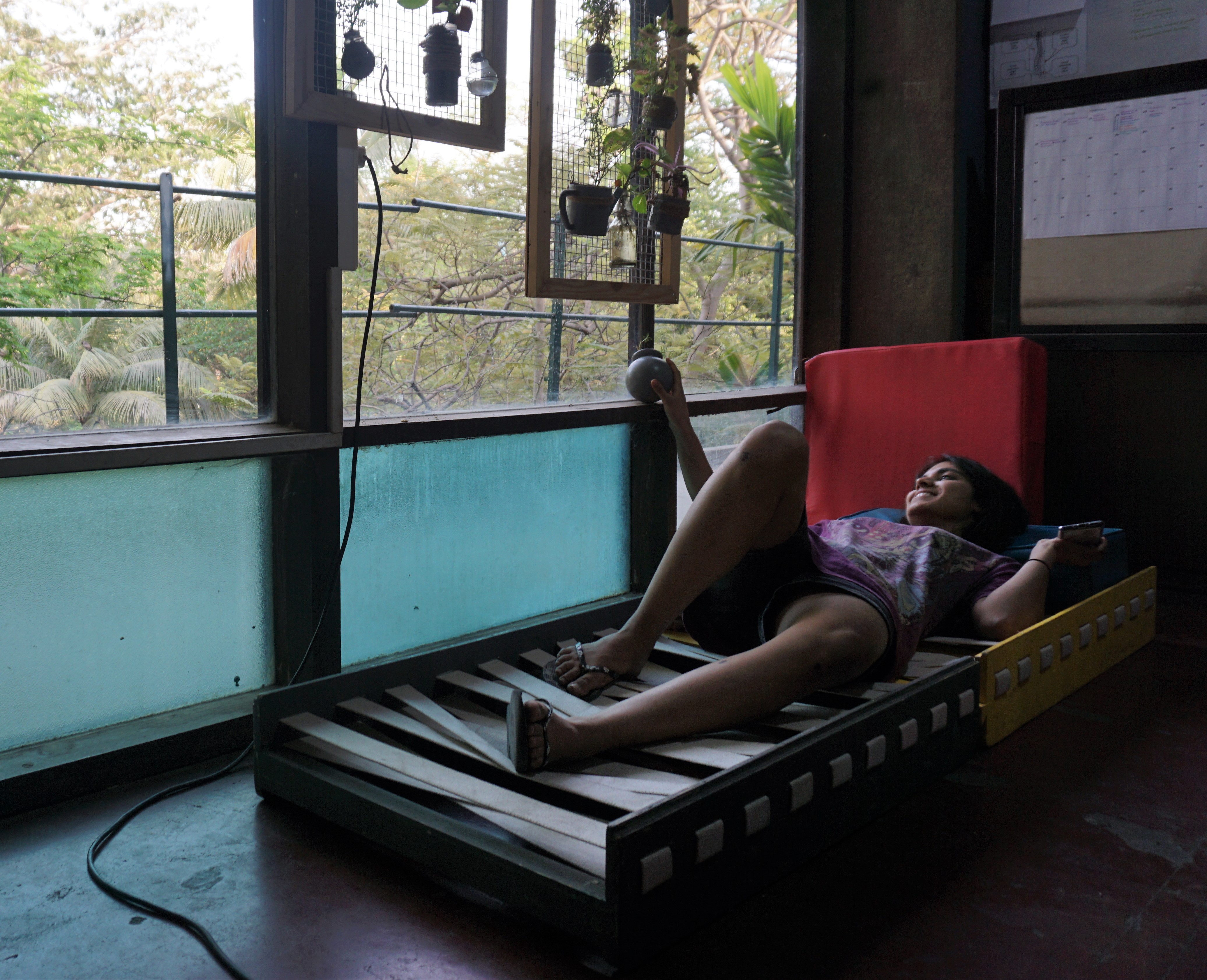.JPG)
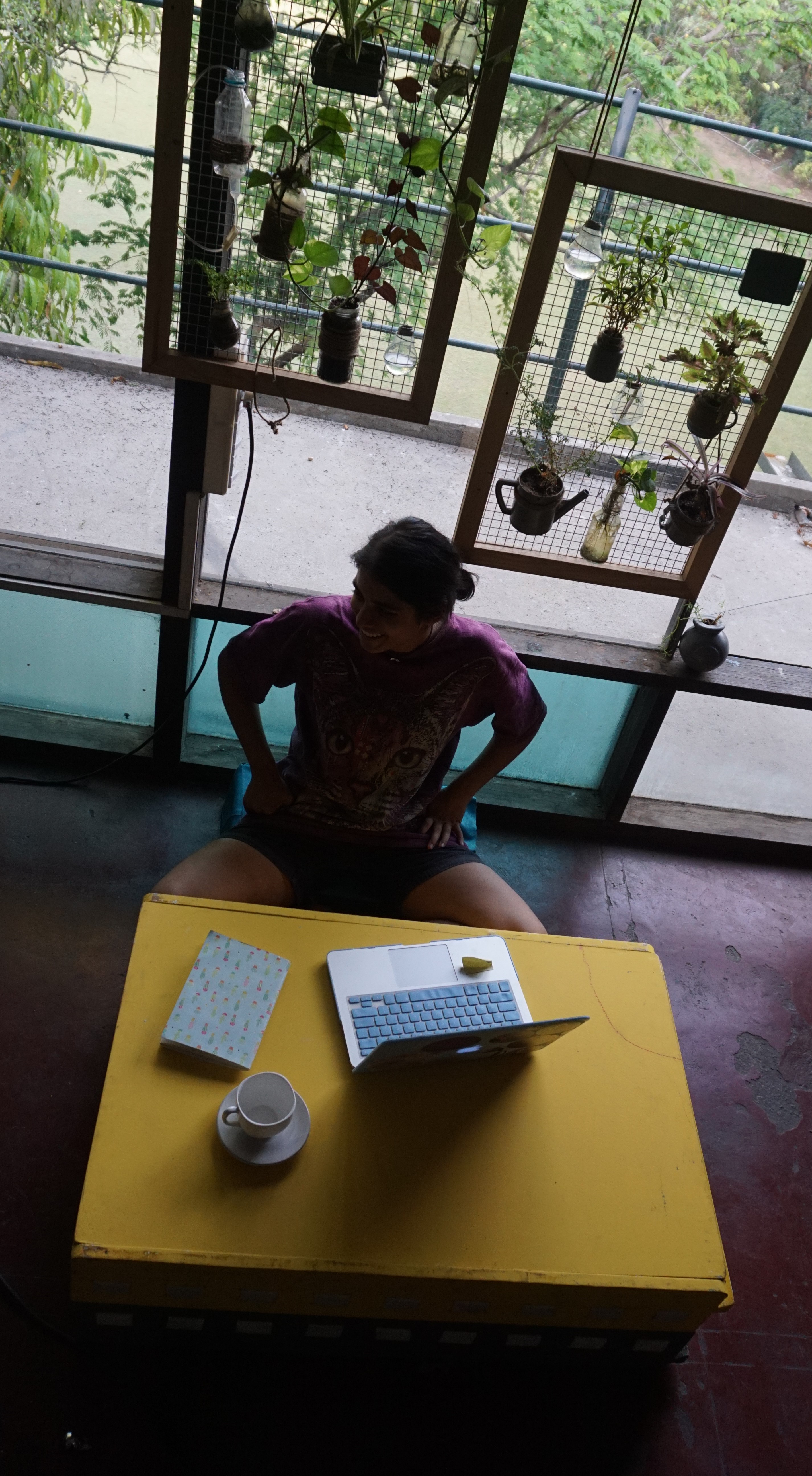.JPG)
Enjoy your Modular furniture!
Nap on it, Read-relax, chit-chat or convert it into a table and enjoy working.
If you are wondering about the awesome planter frames in the above pictures. Go check out Pallavi's instructable.
https://www.instructables.com/id/Planter-Frames/
Also, Special thanks to Supreetha and Pallavi for the photo shoot, Sahil Thappa for his guidance and my entire Product Design batch for support and fun.
Any questions, comments or criticisms always welcome!